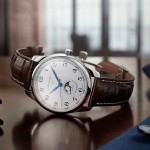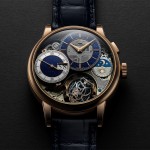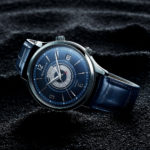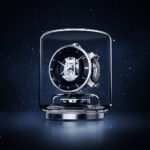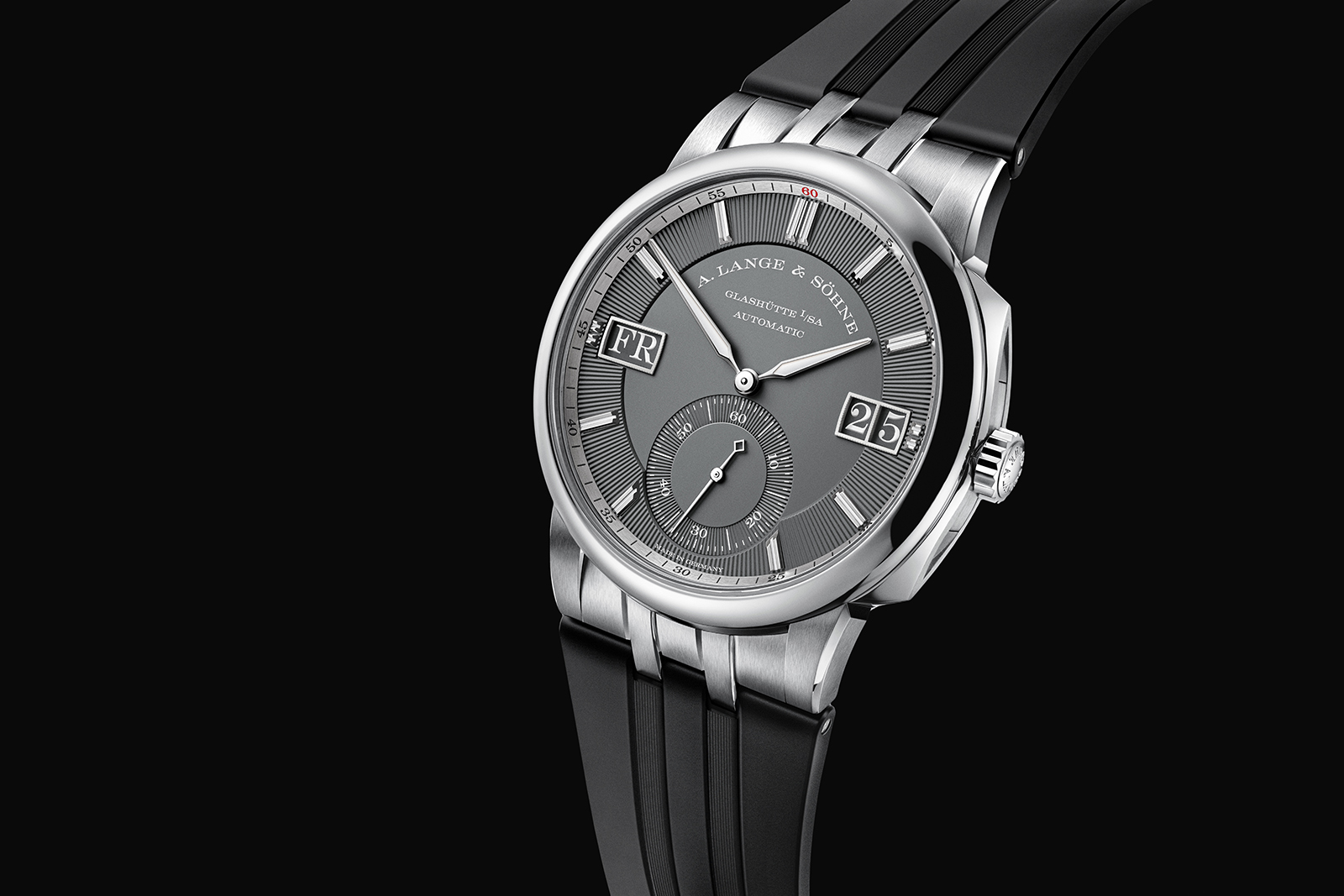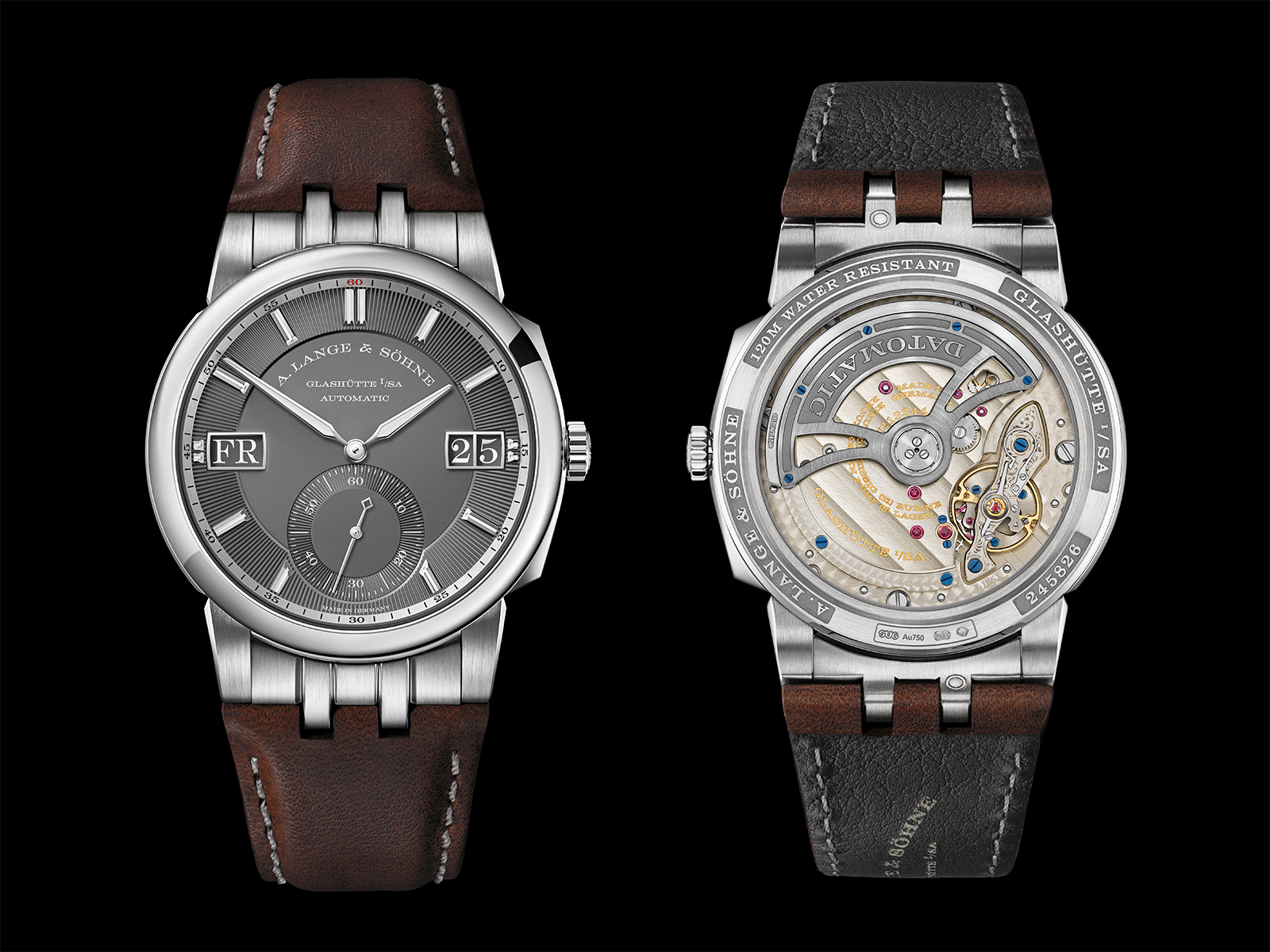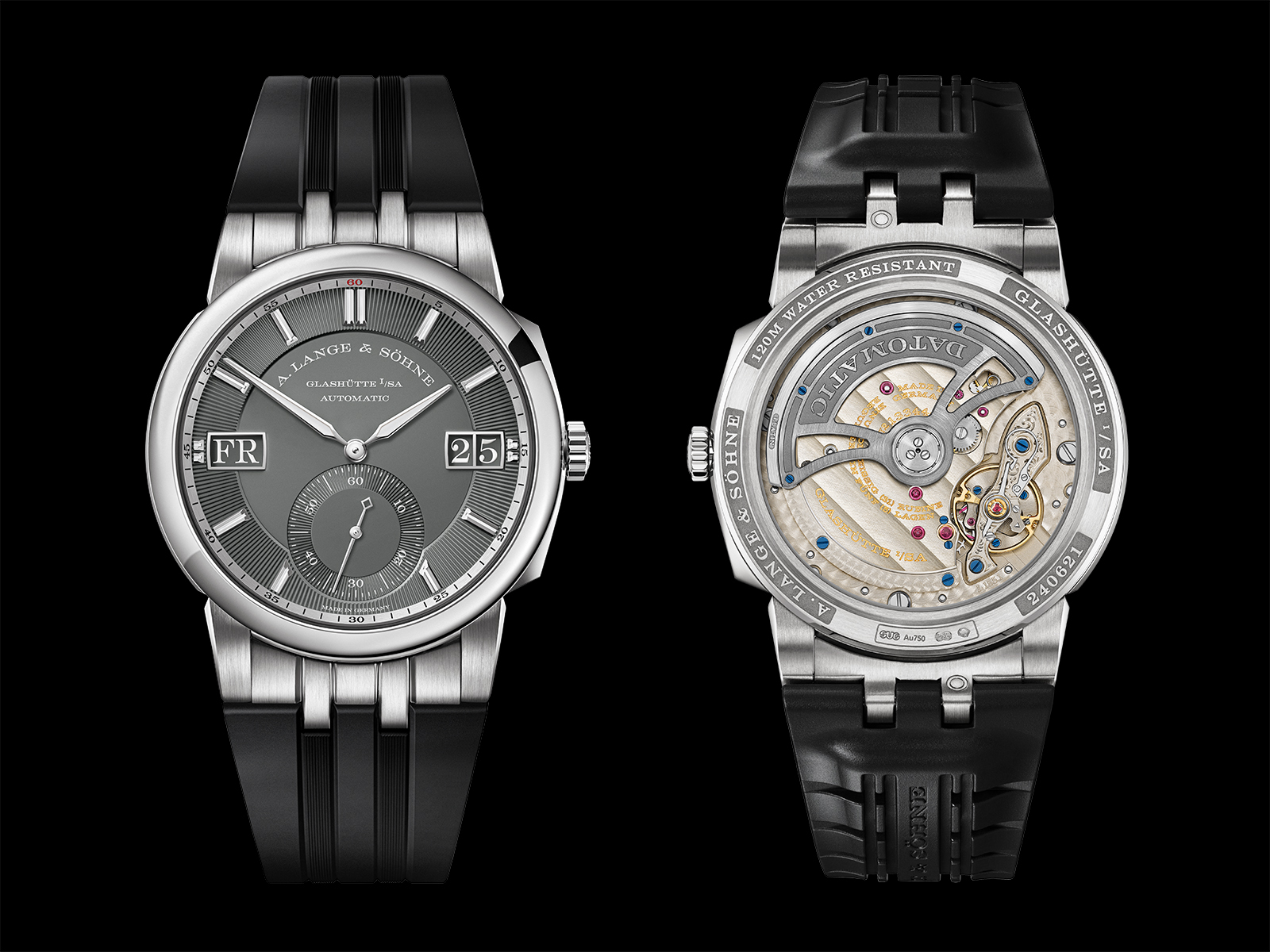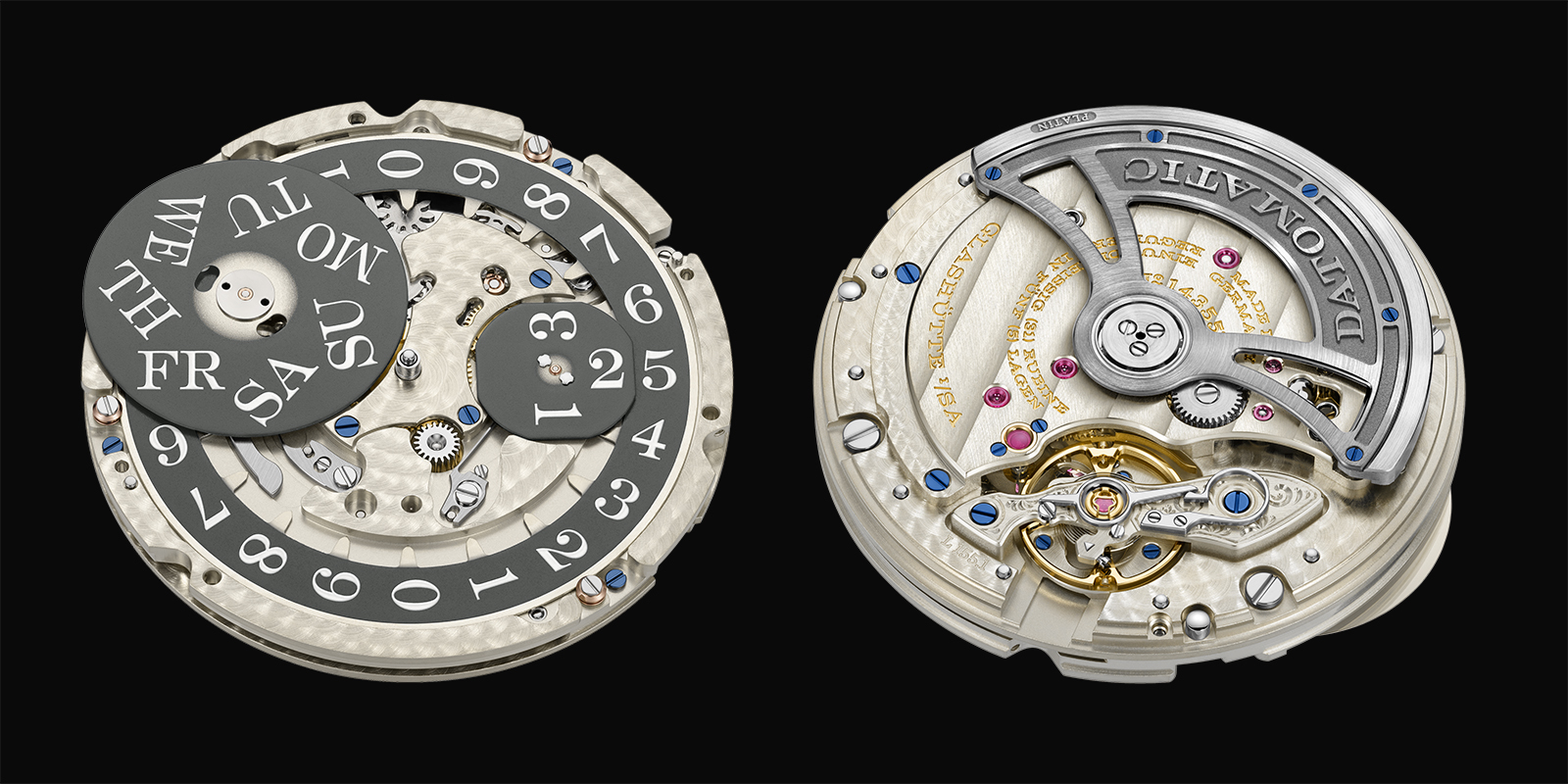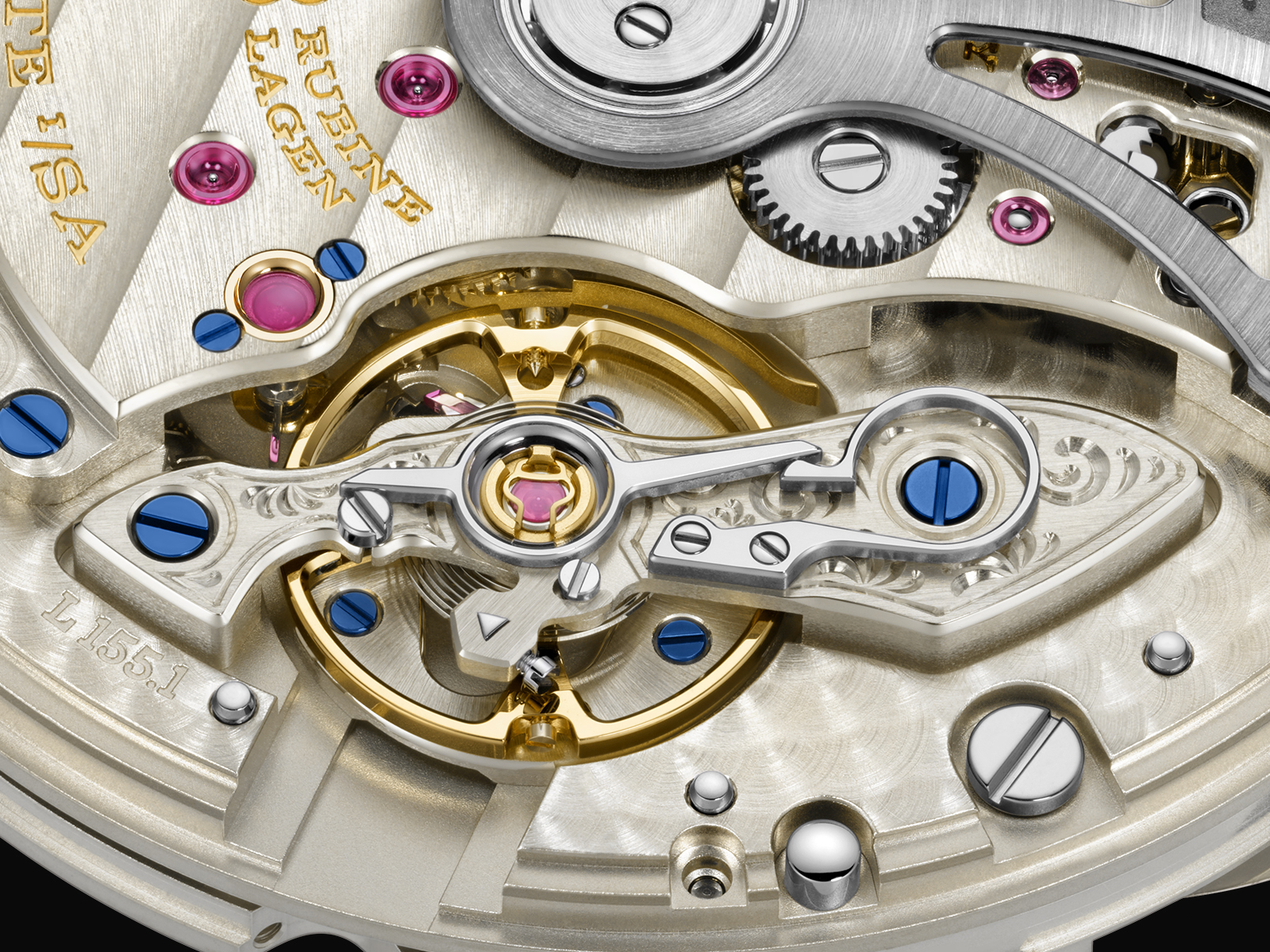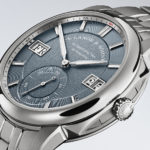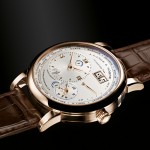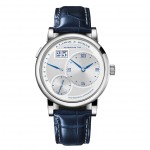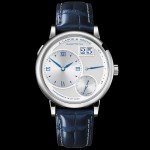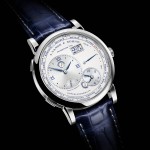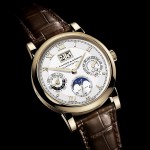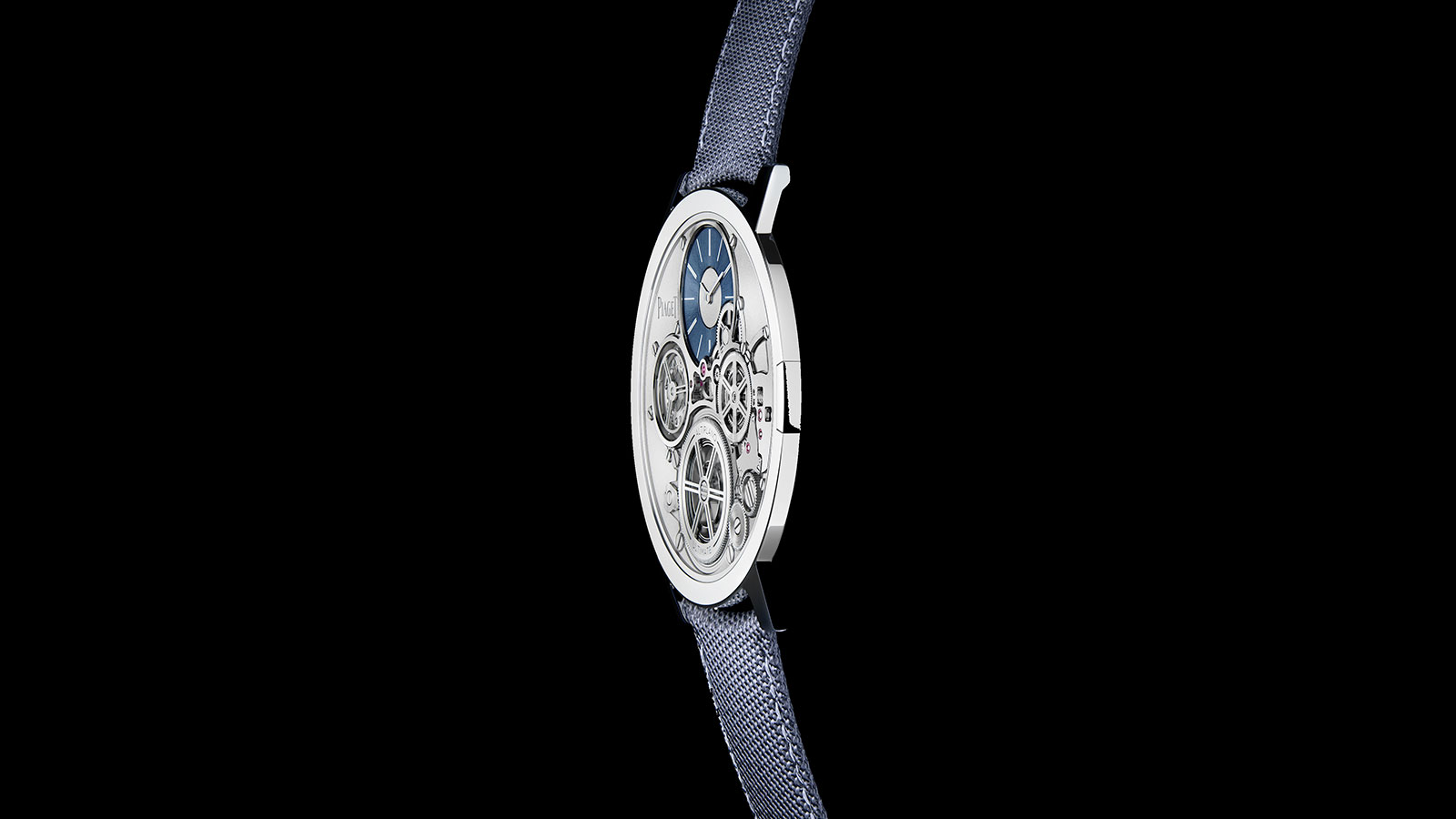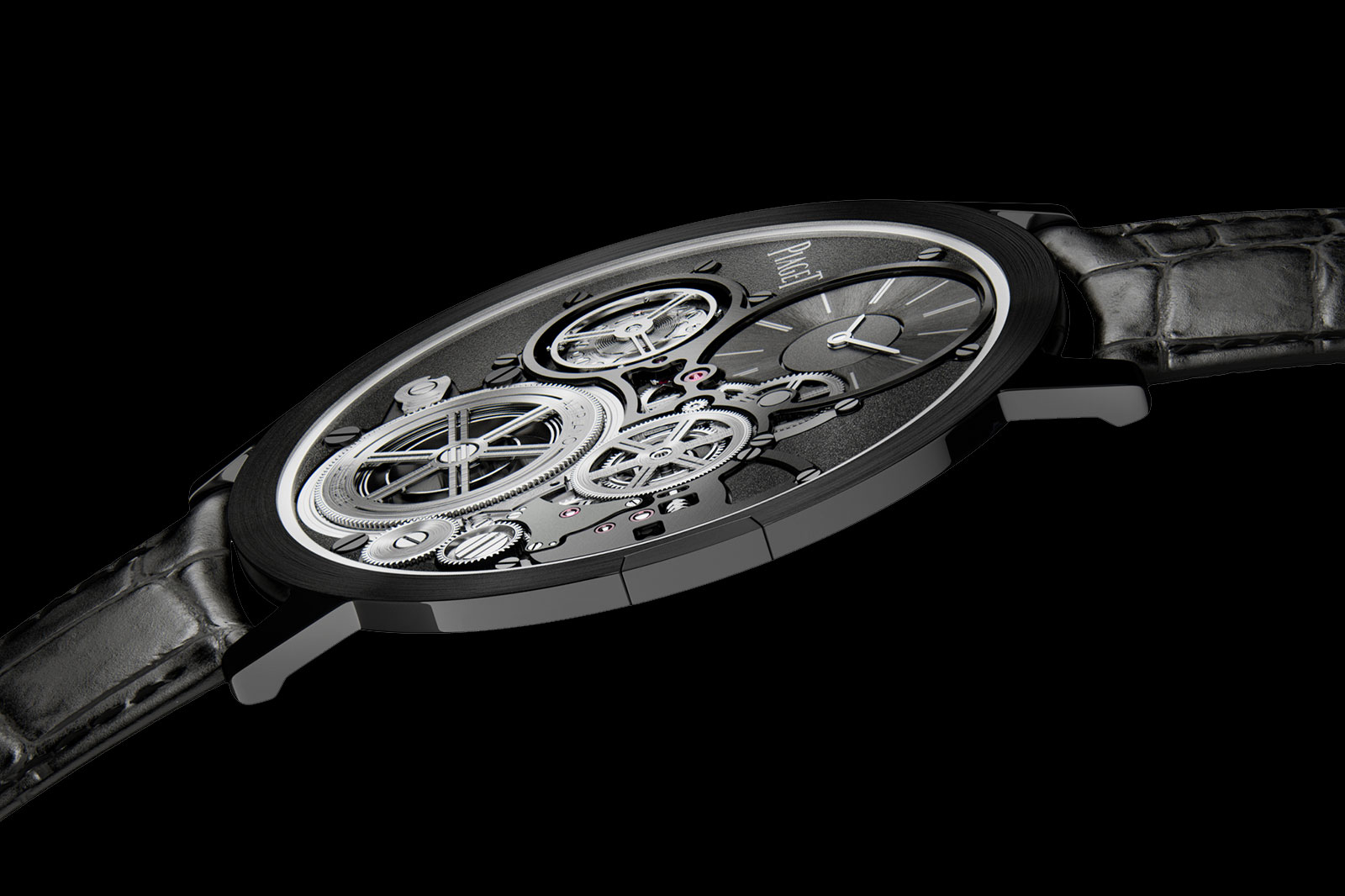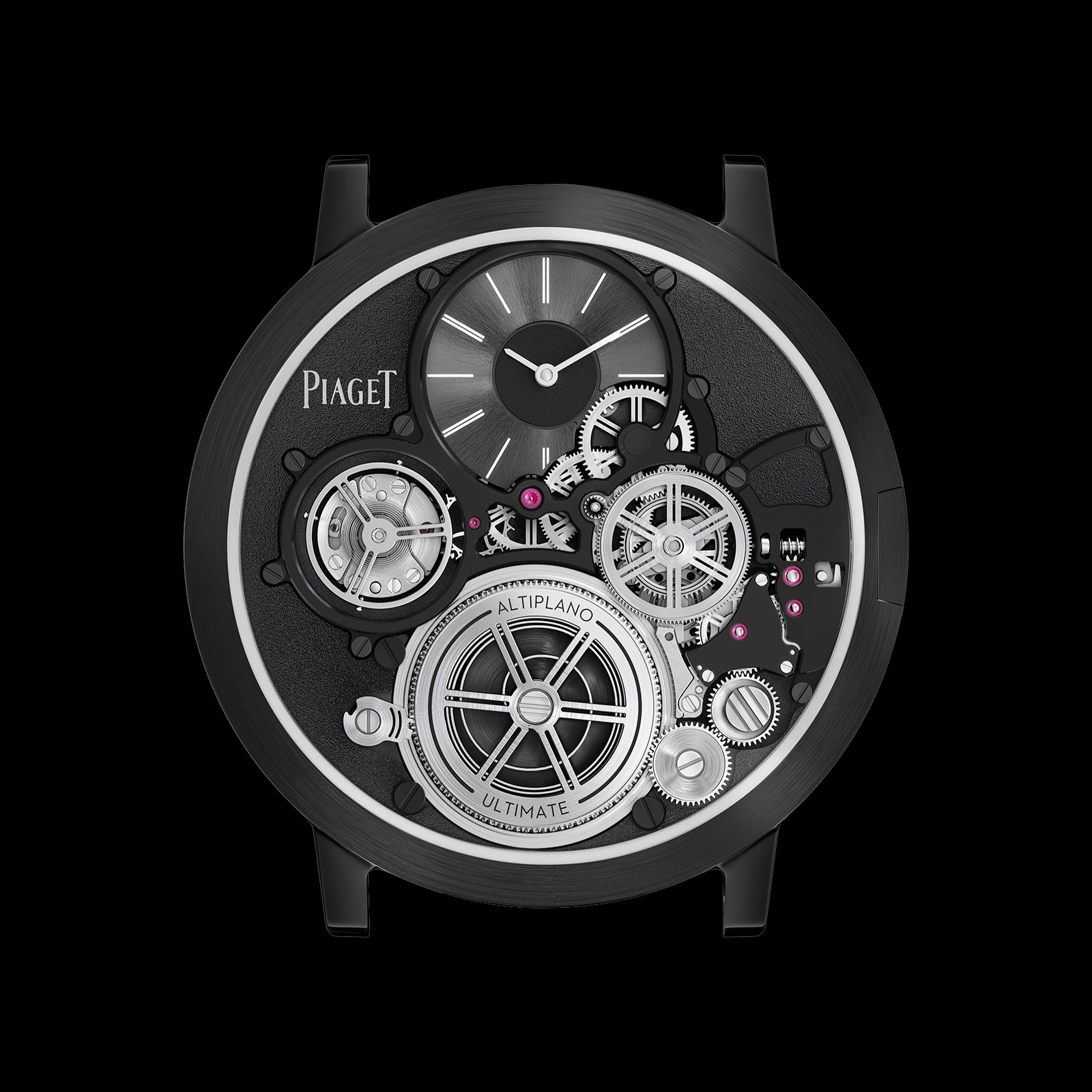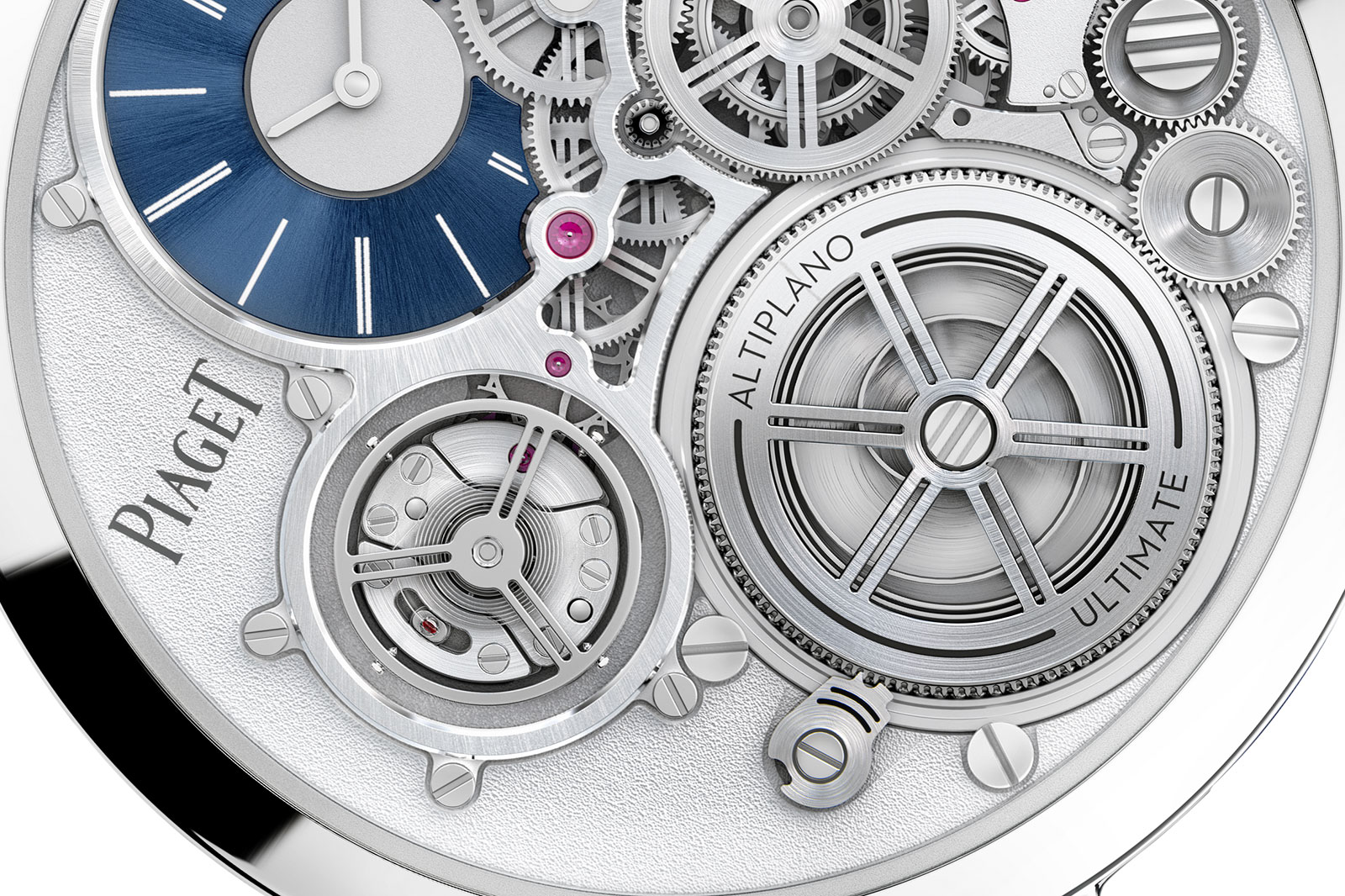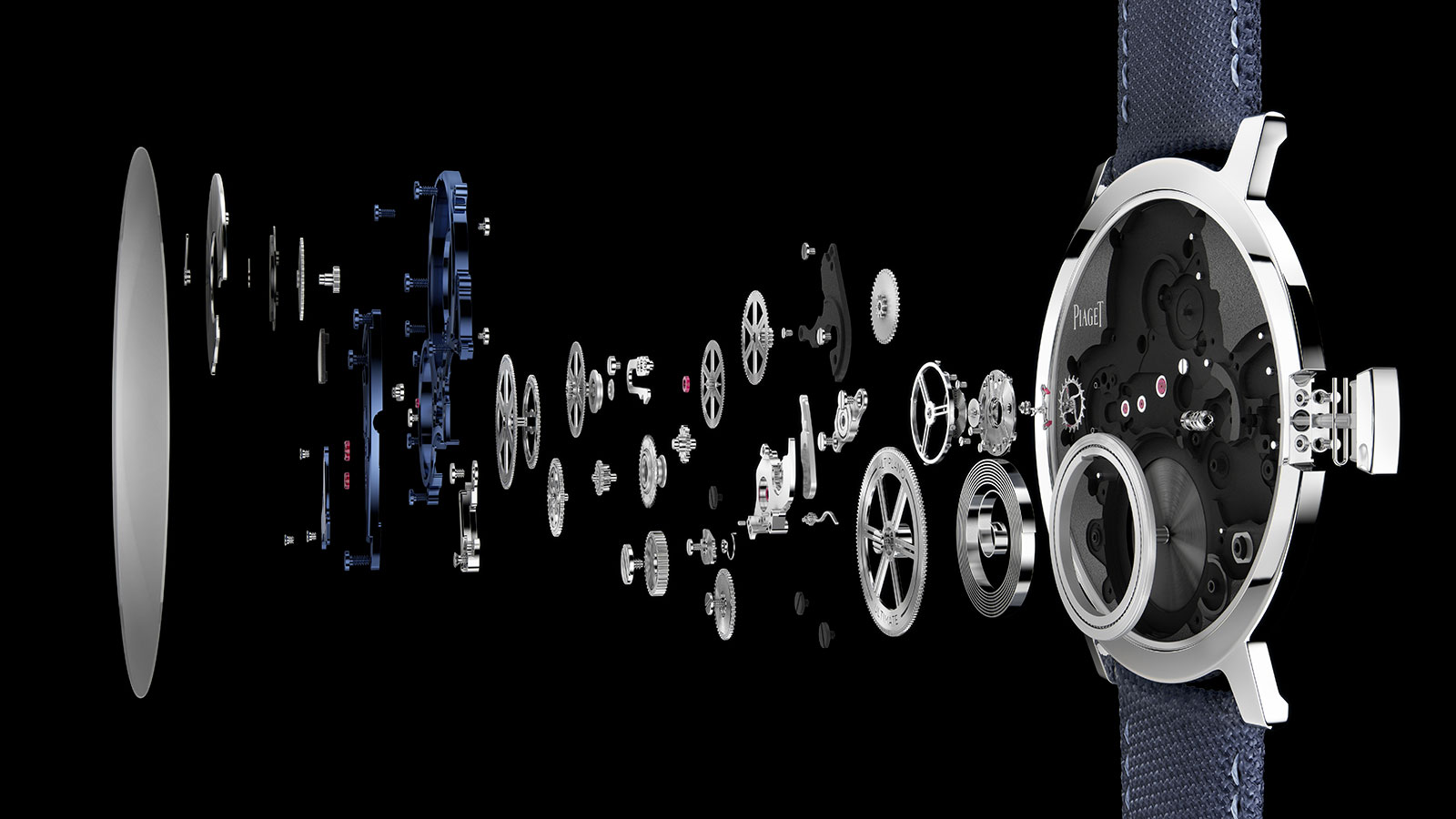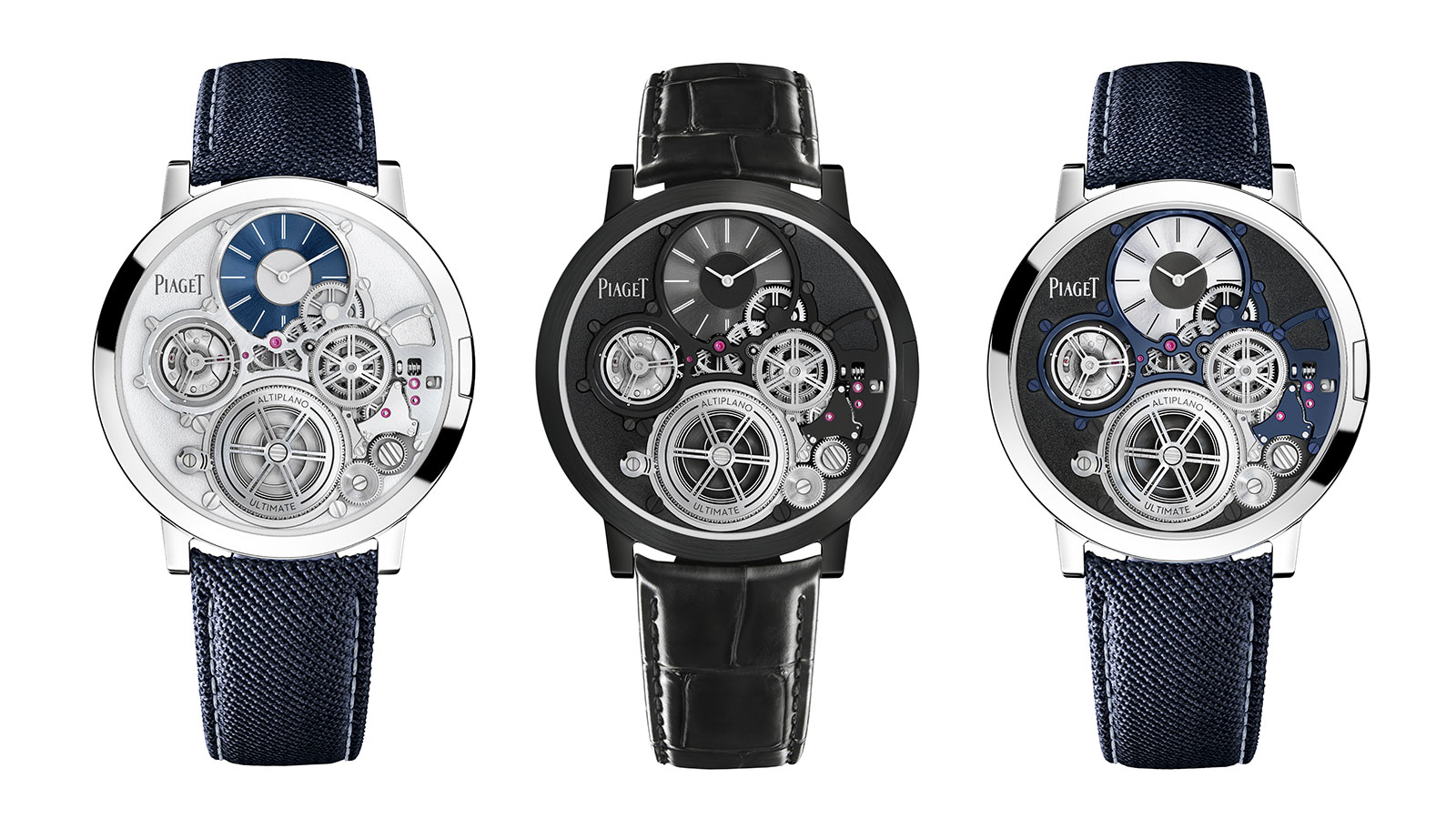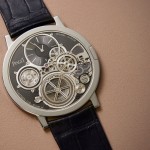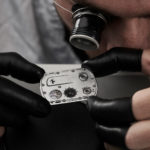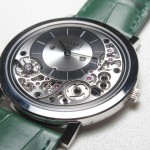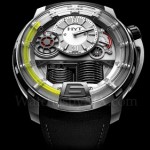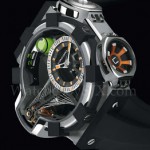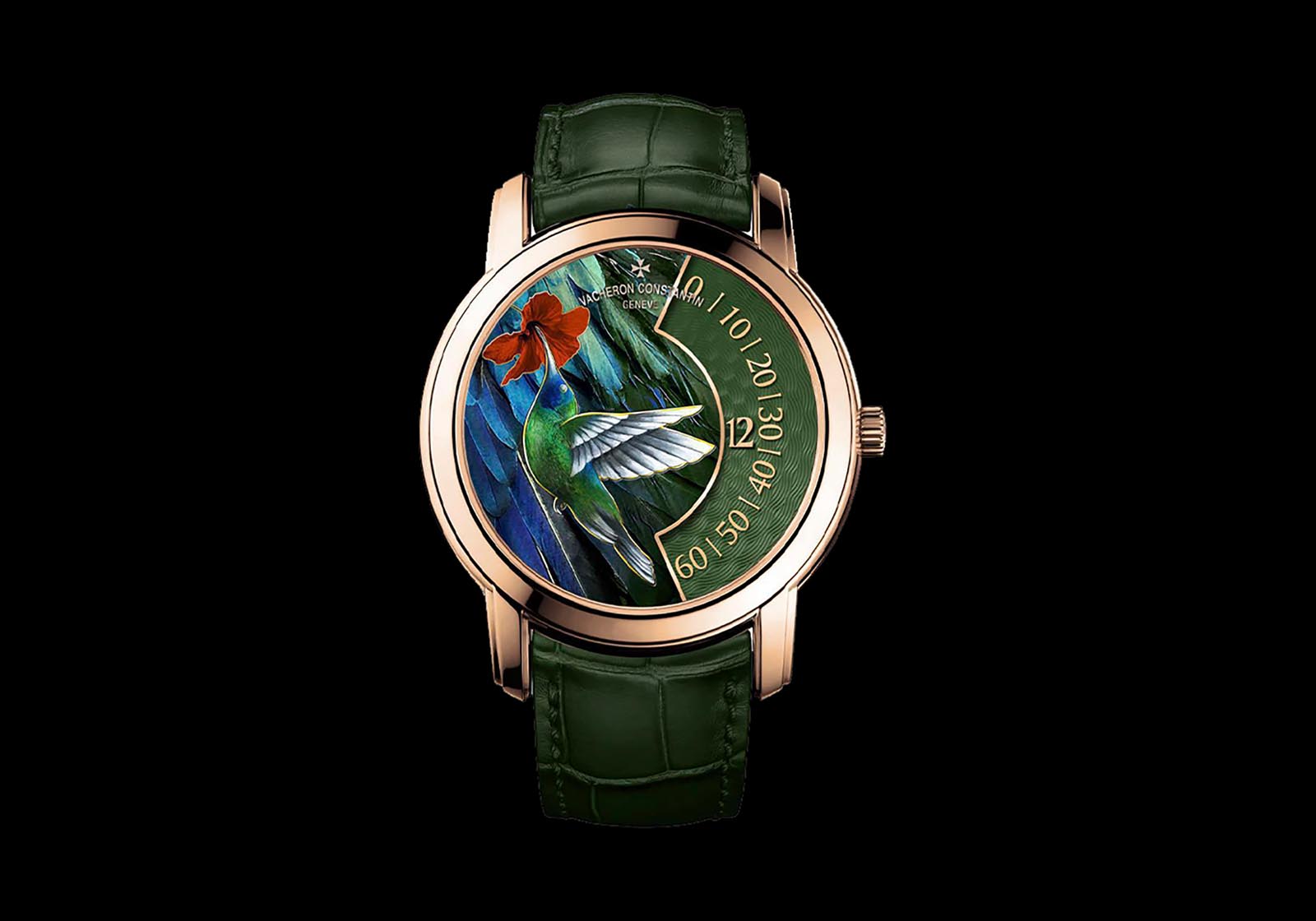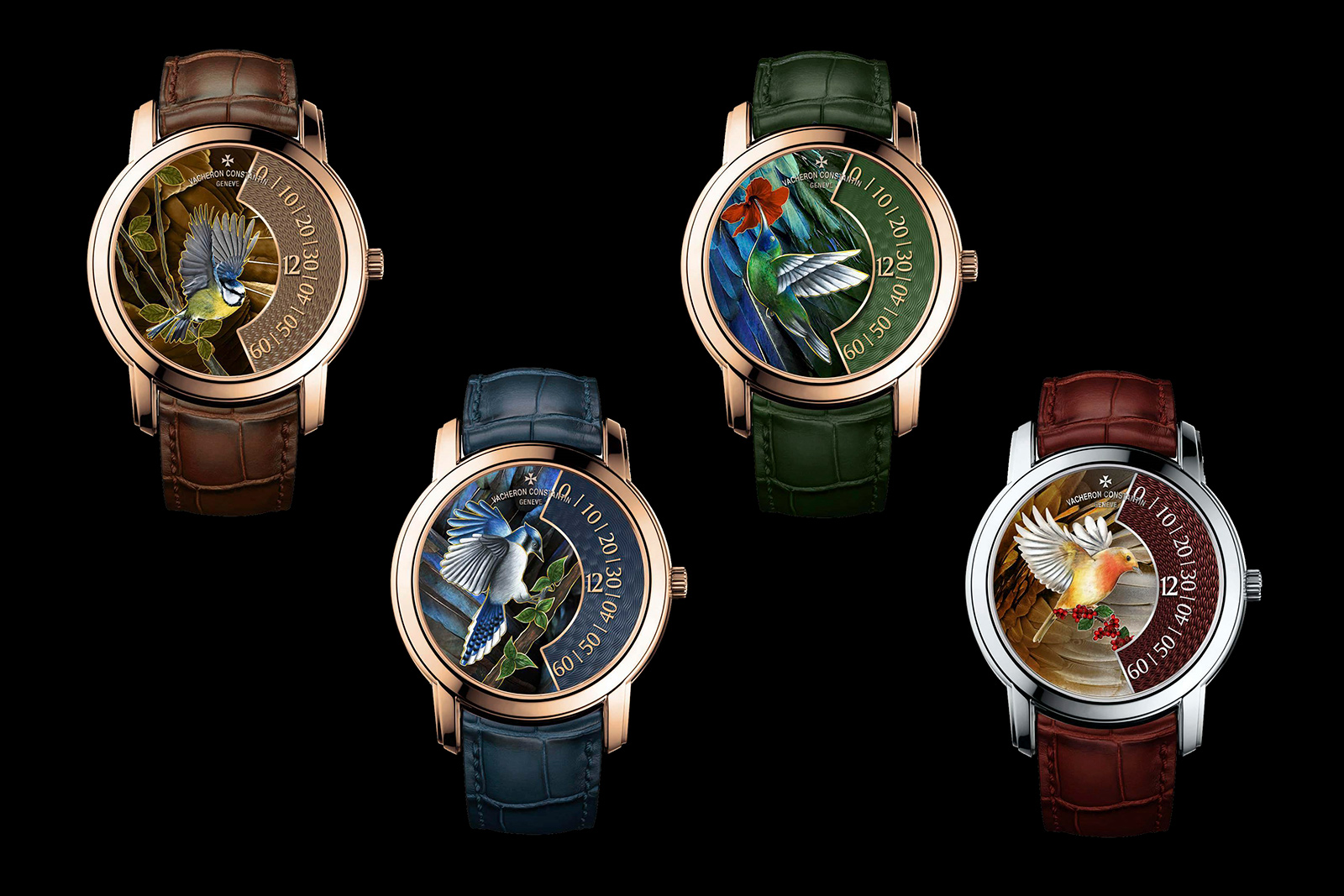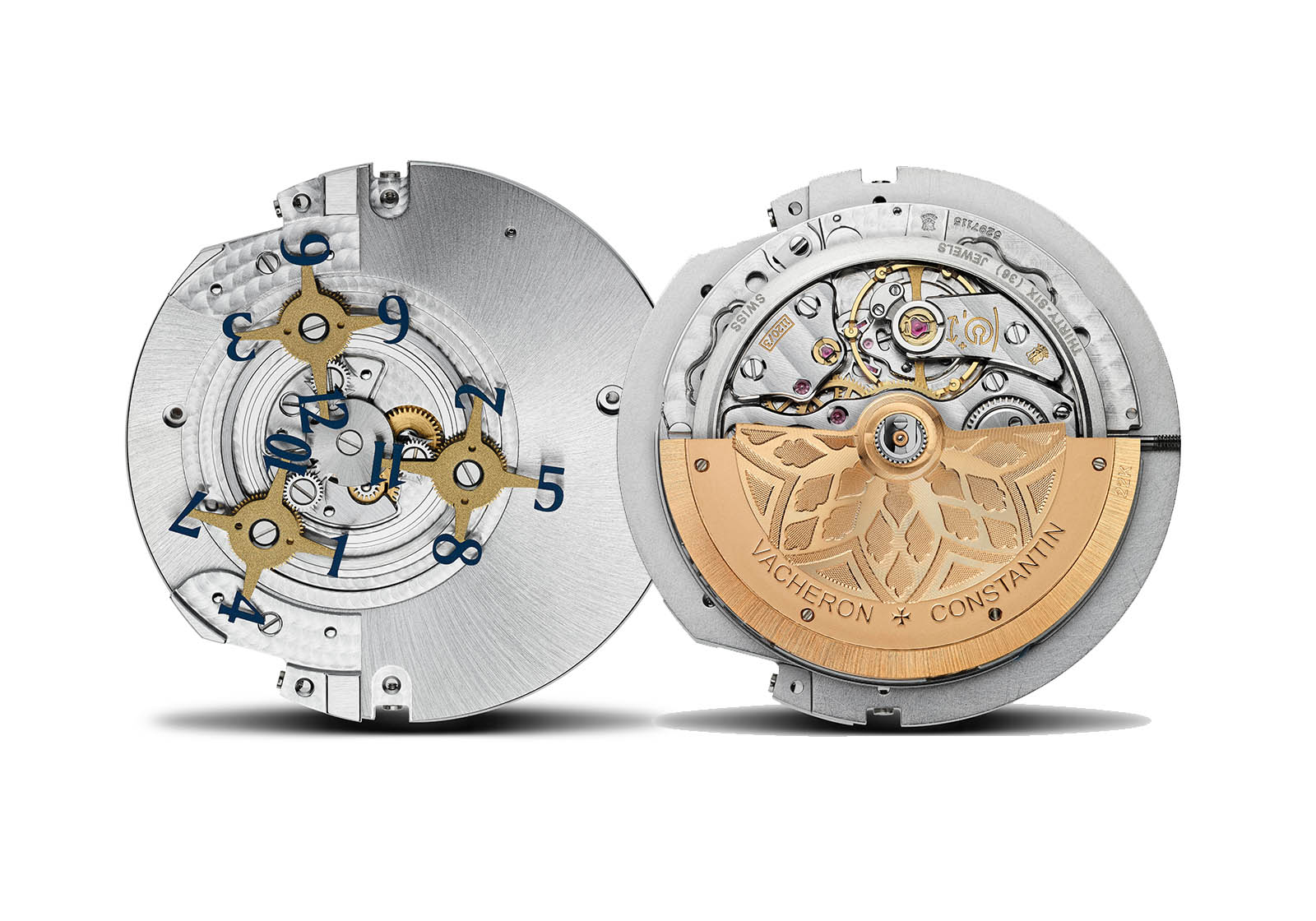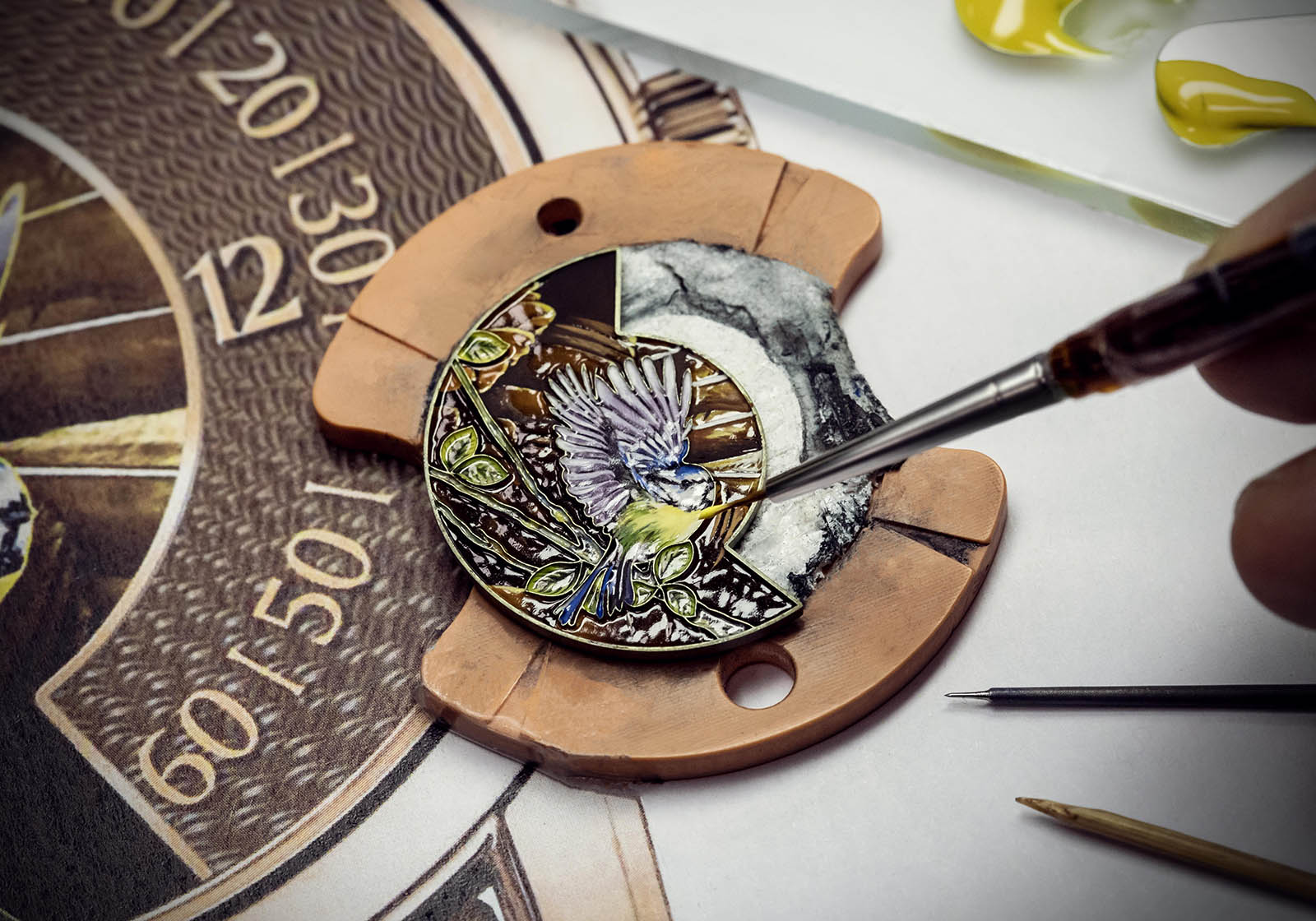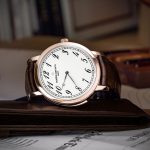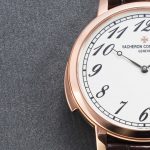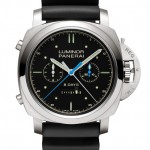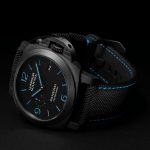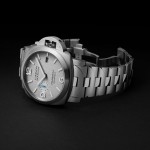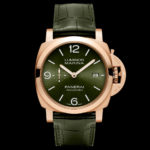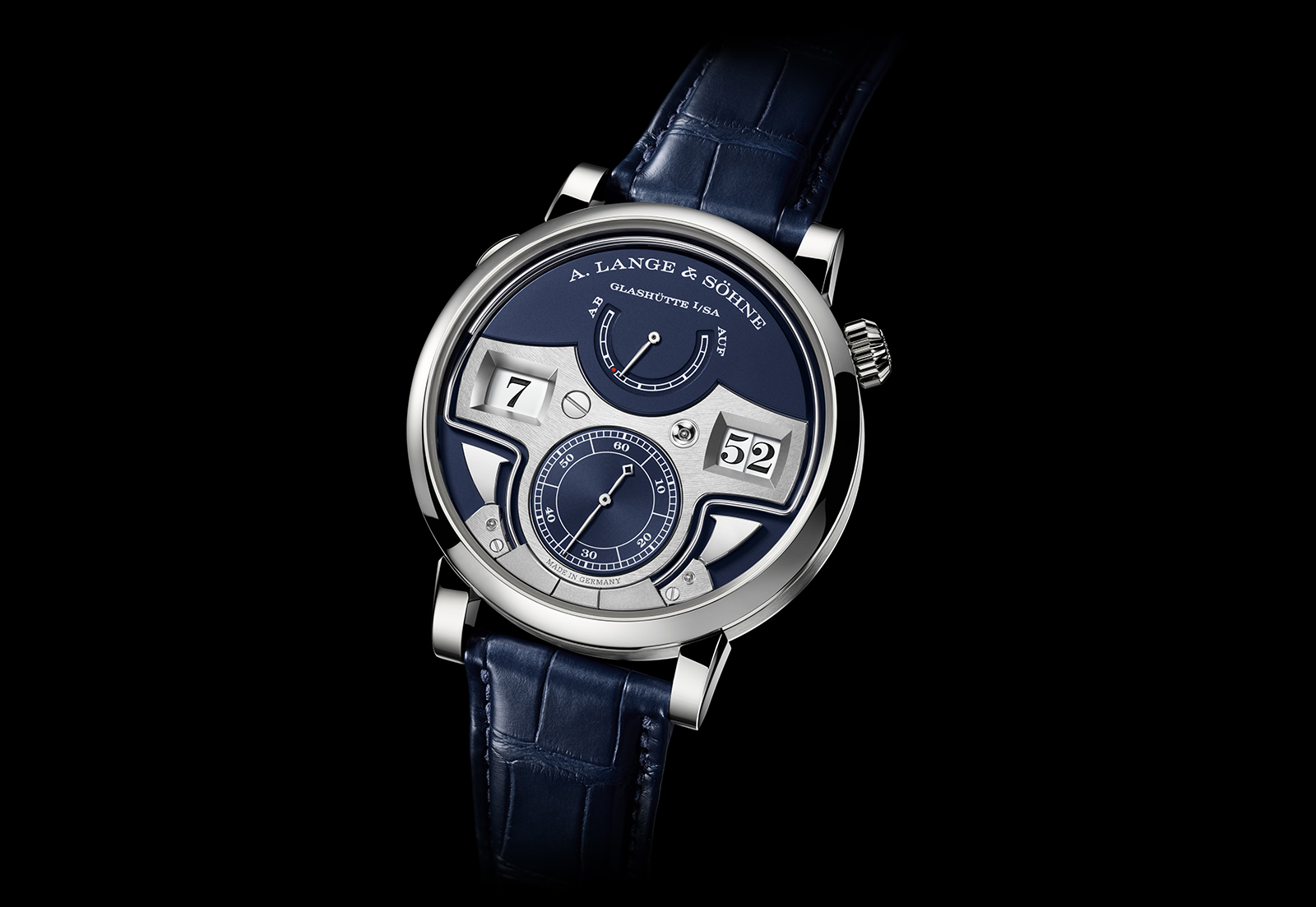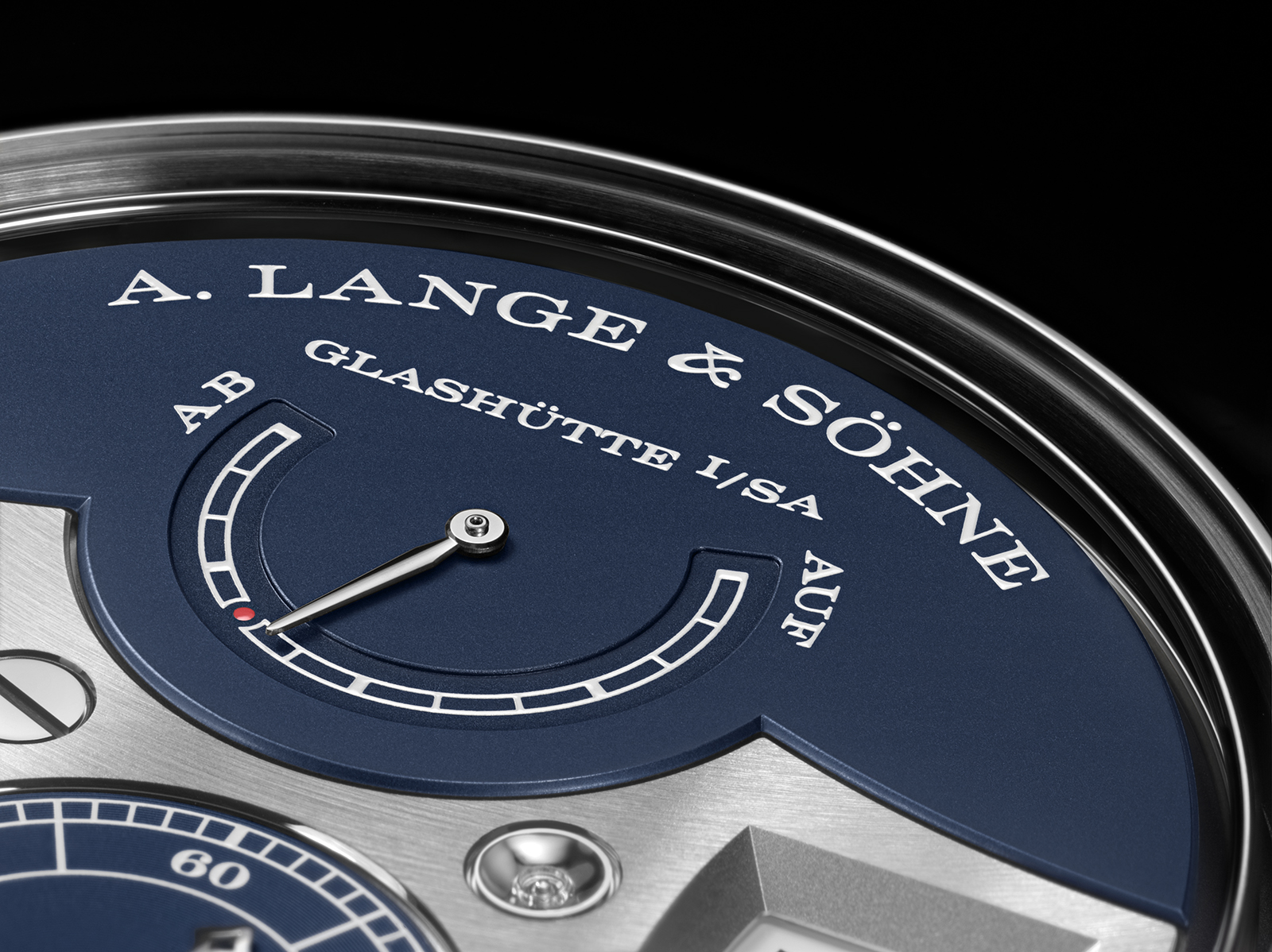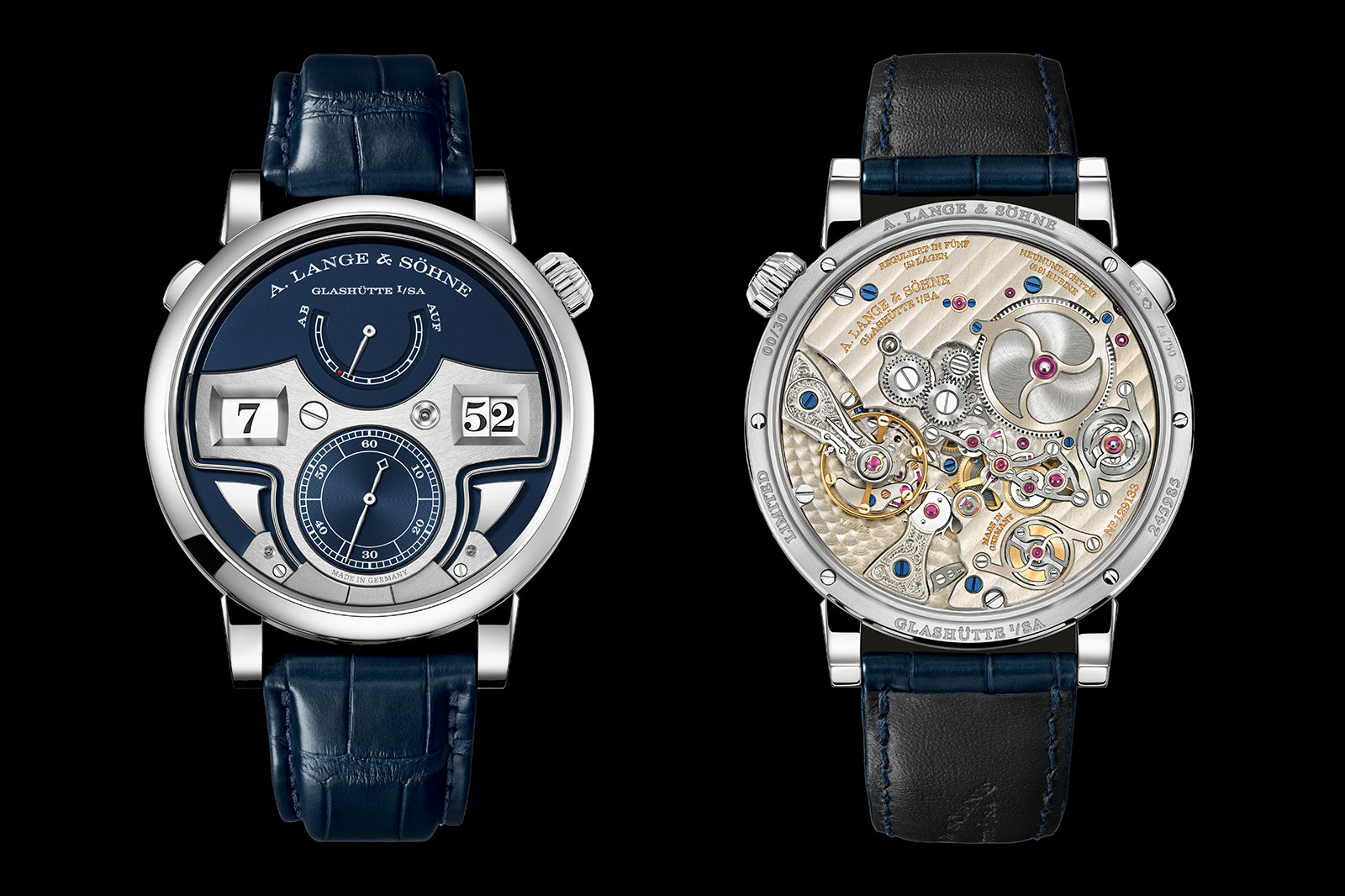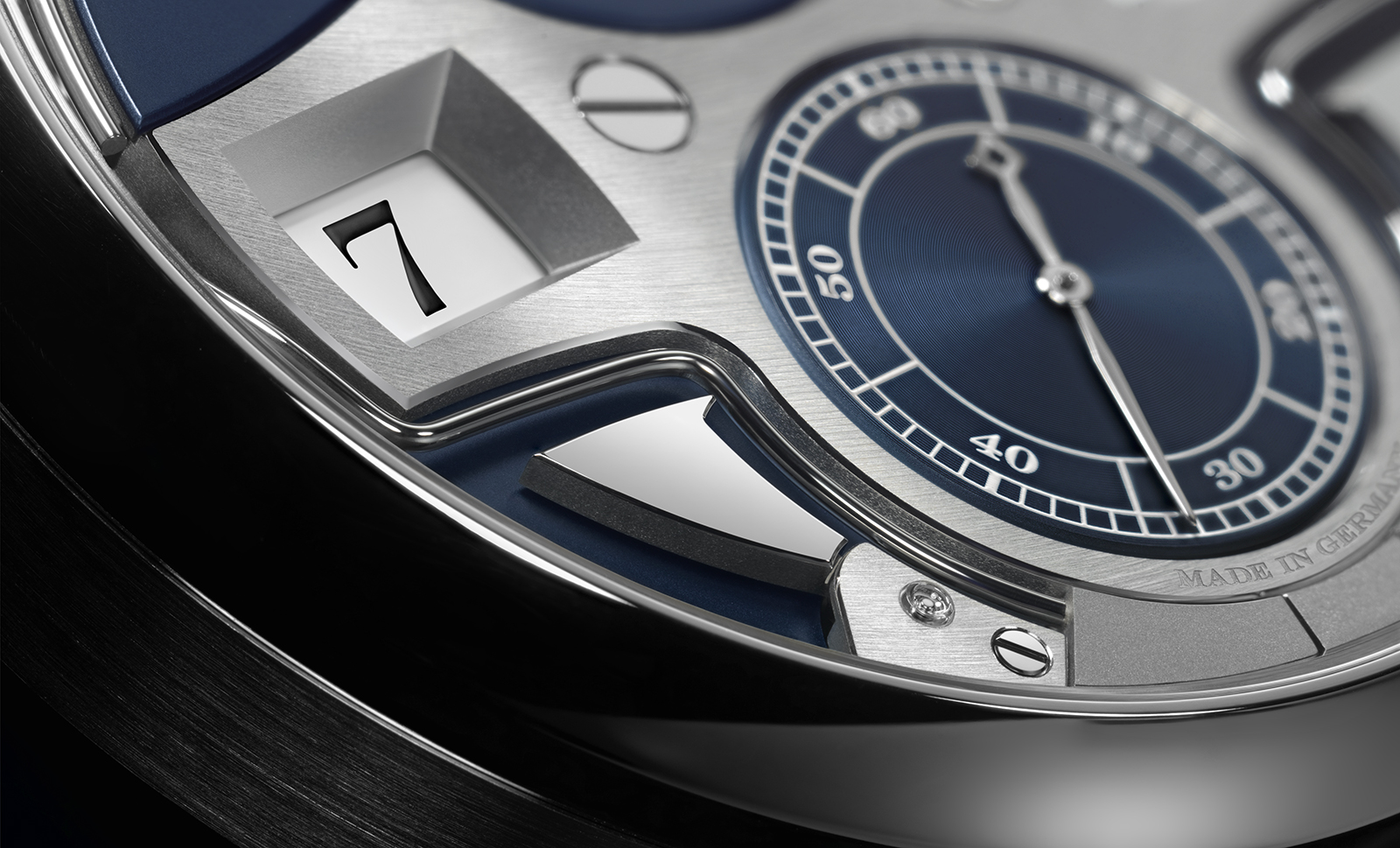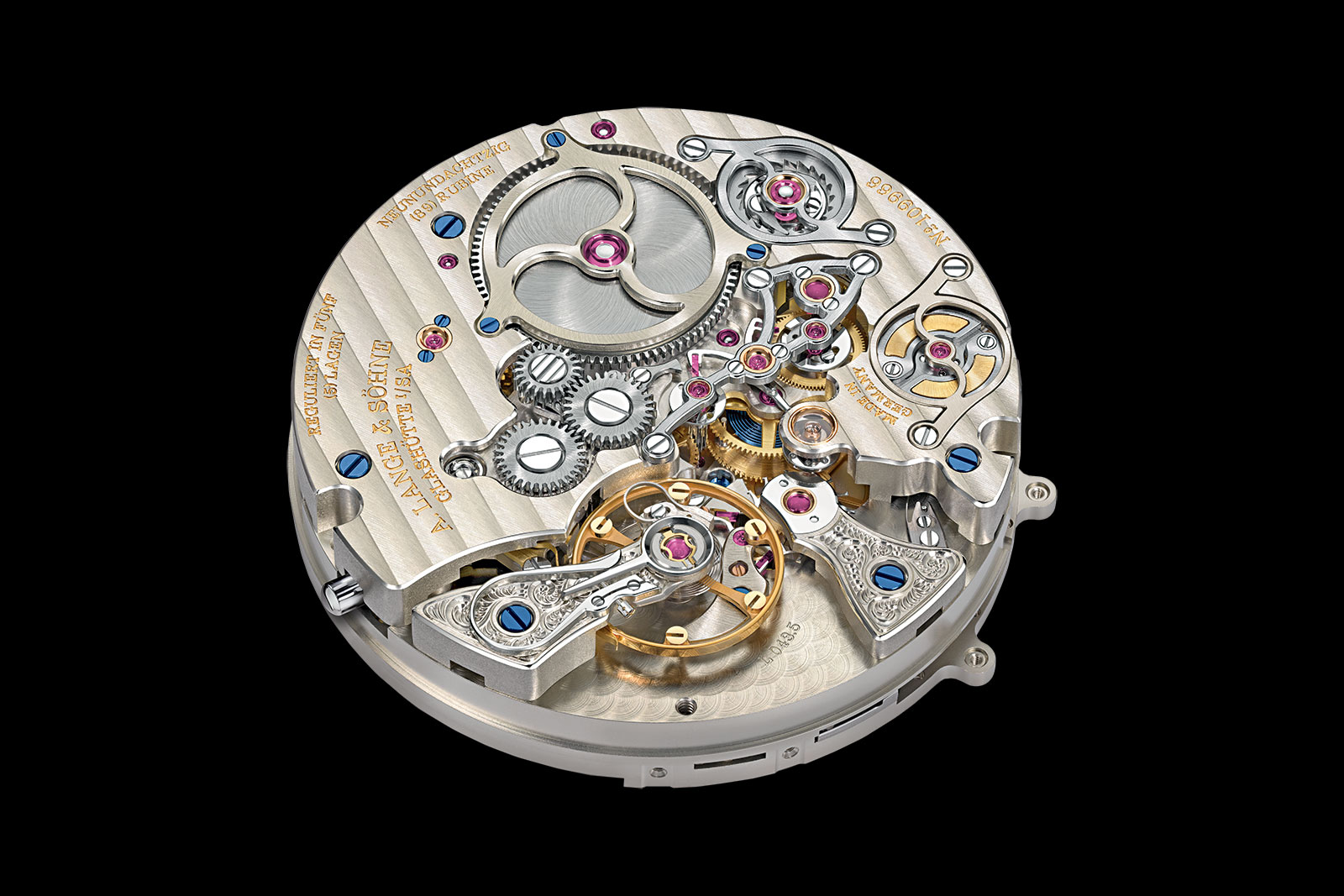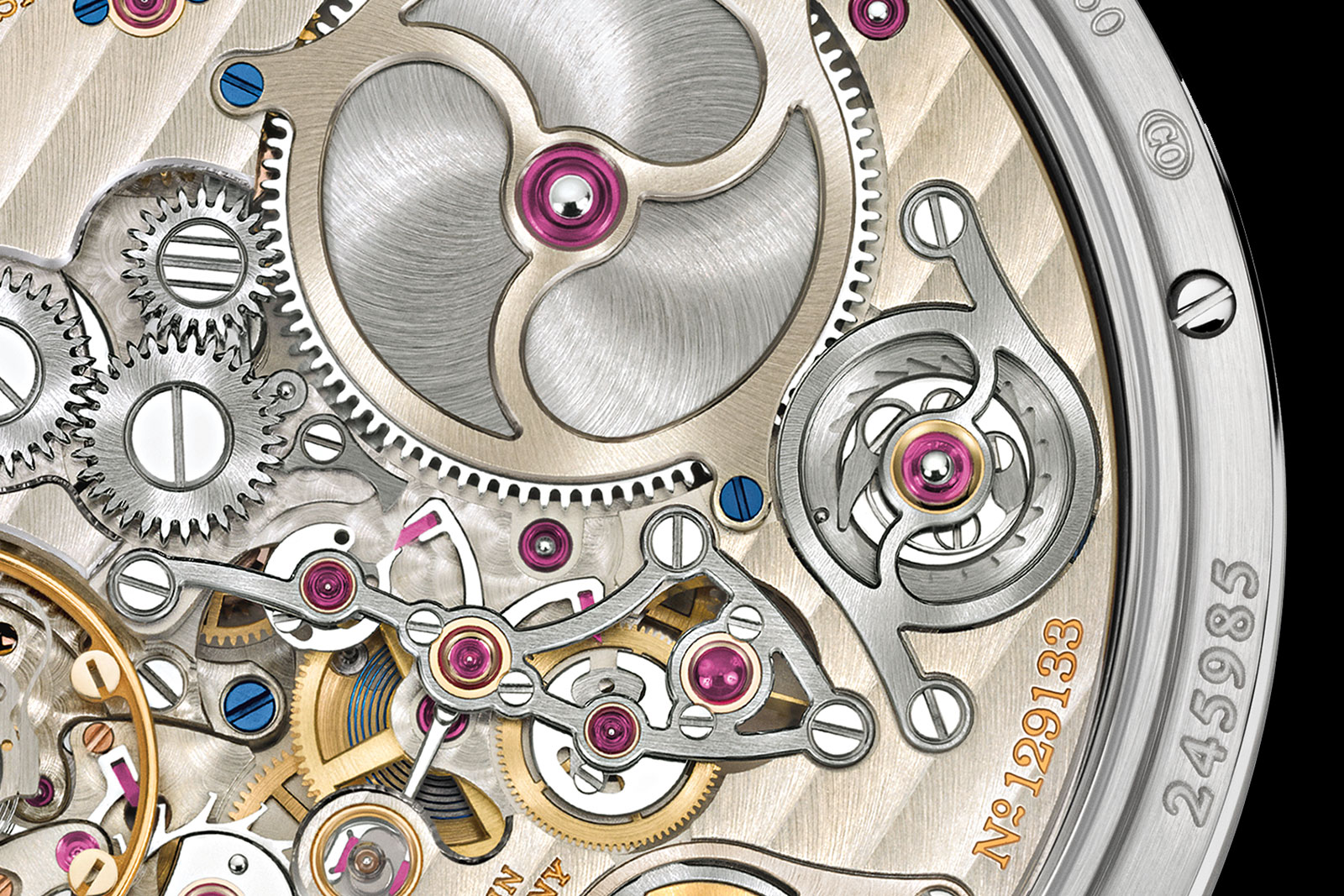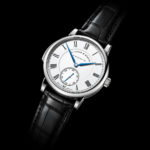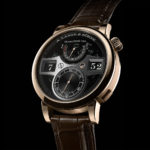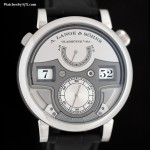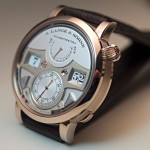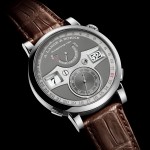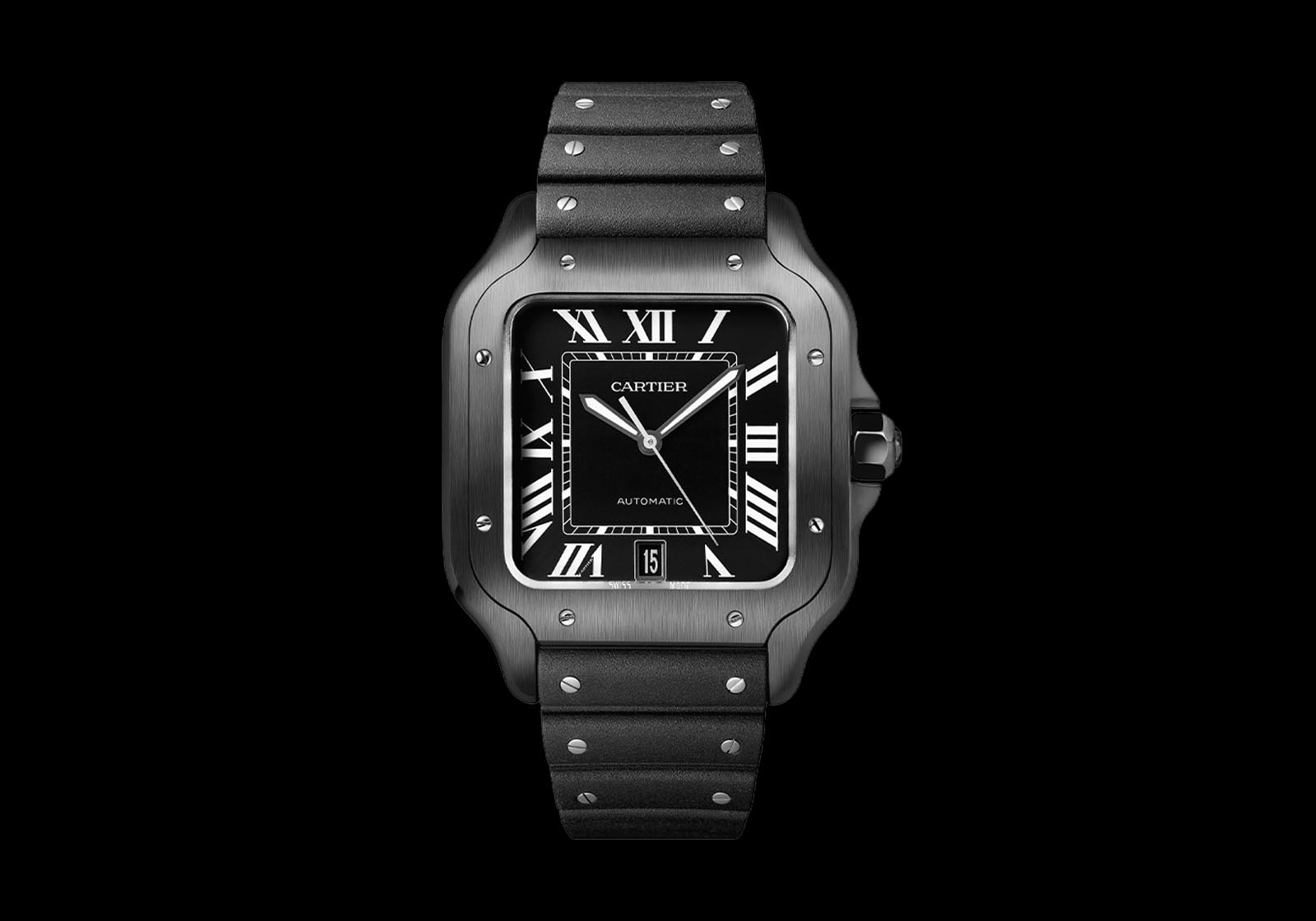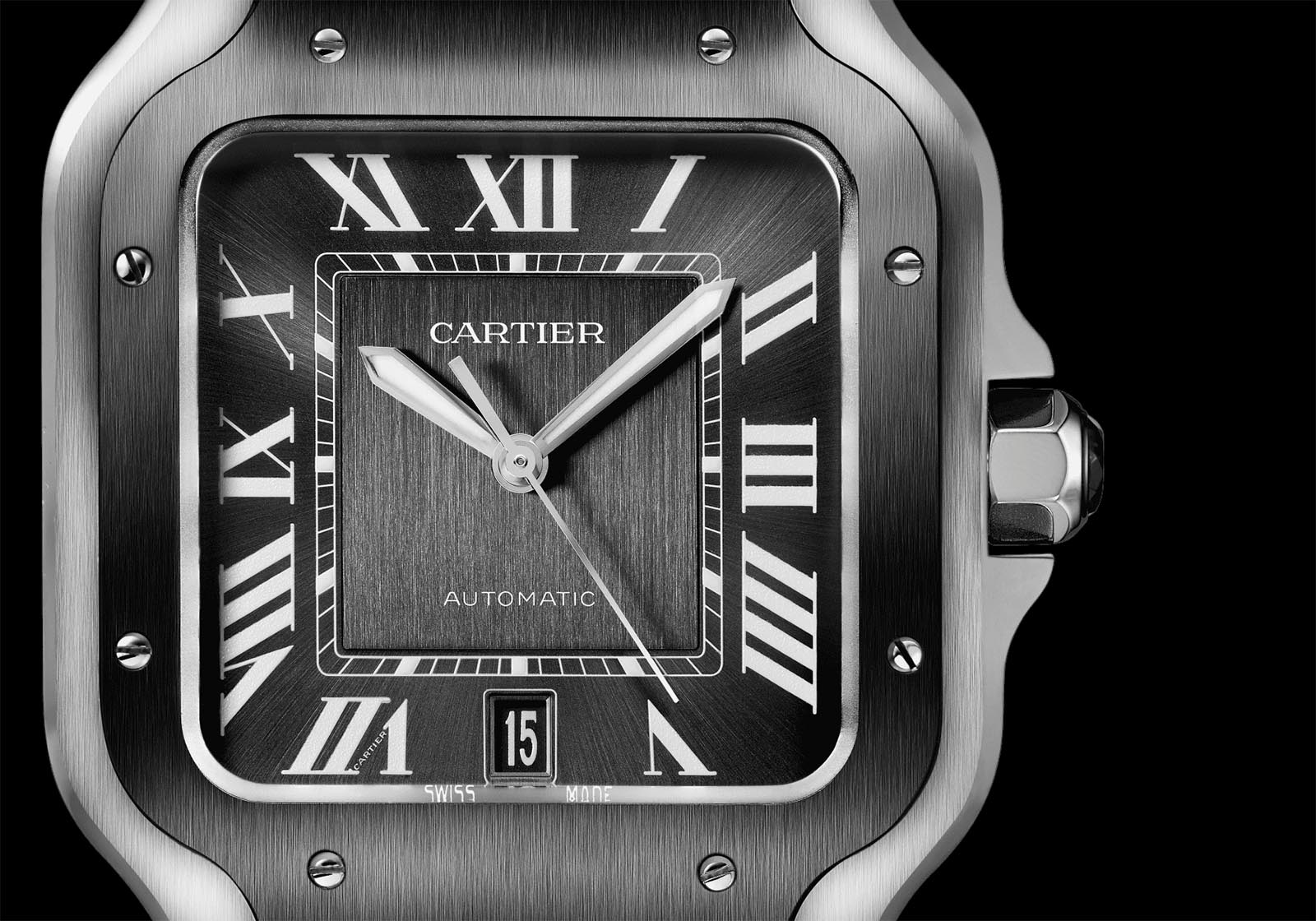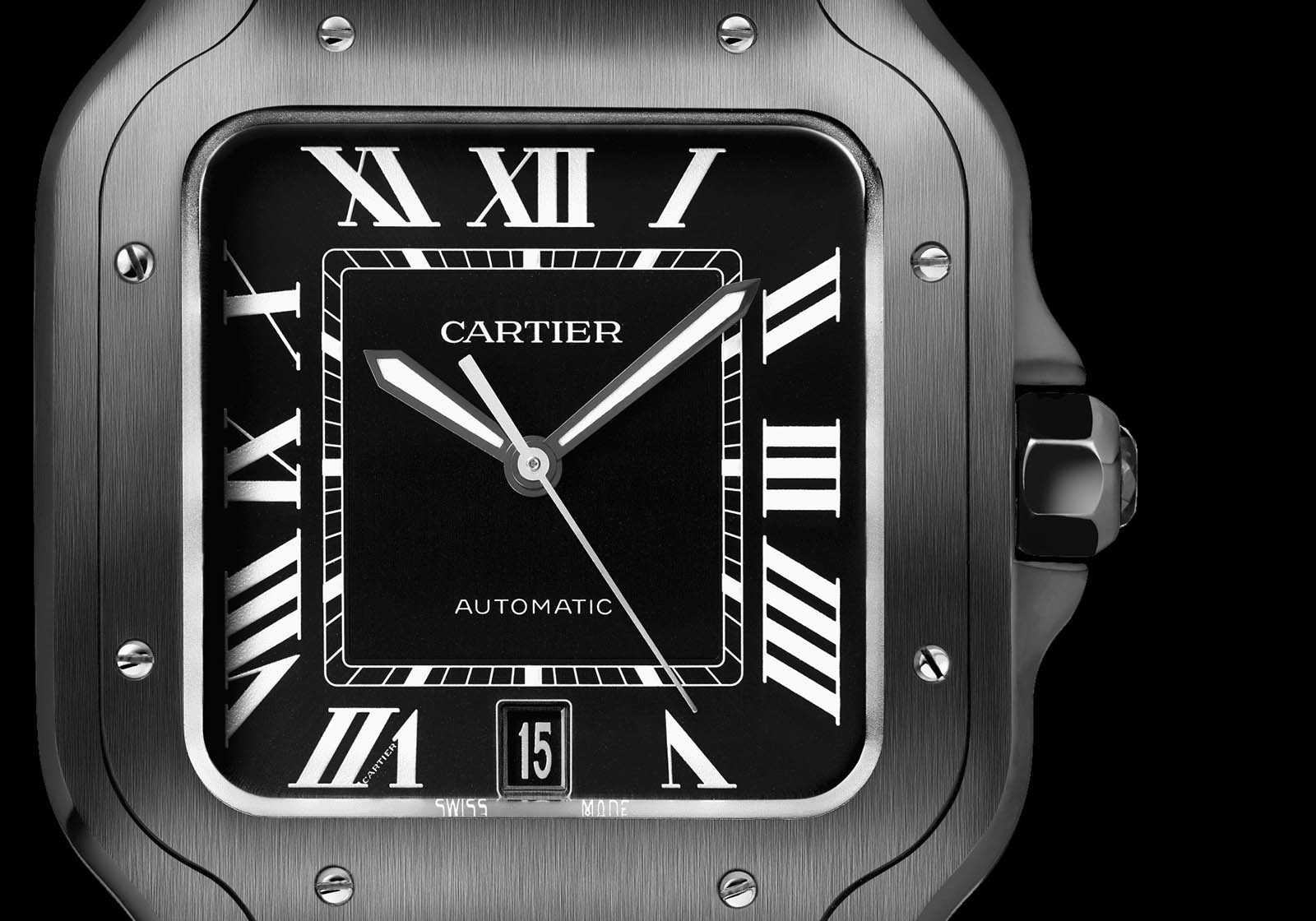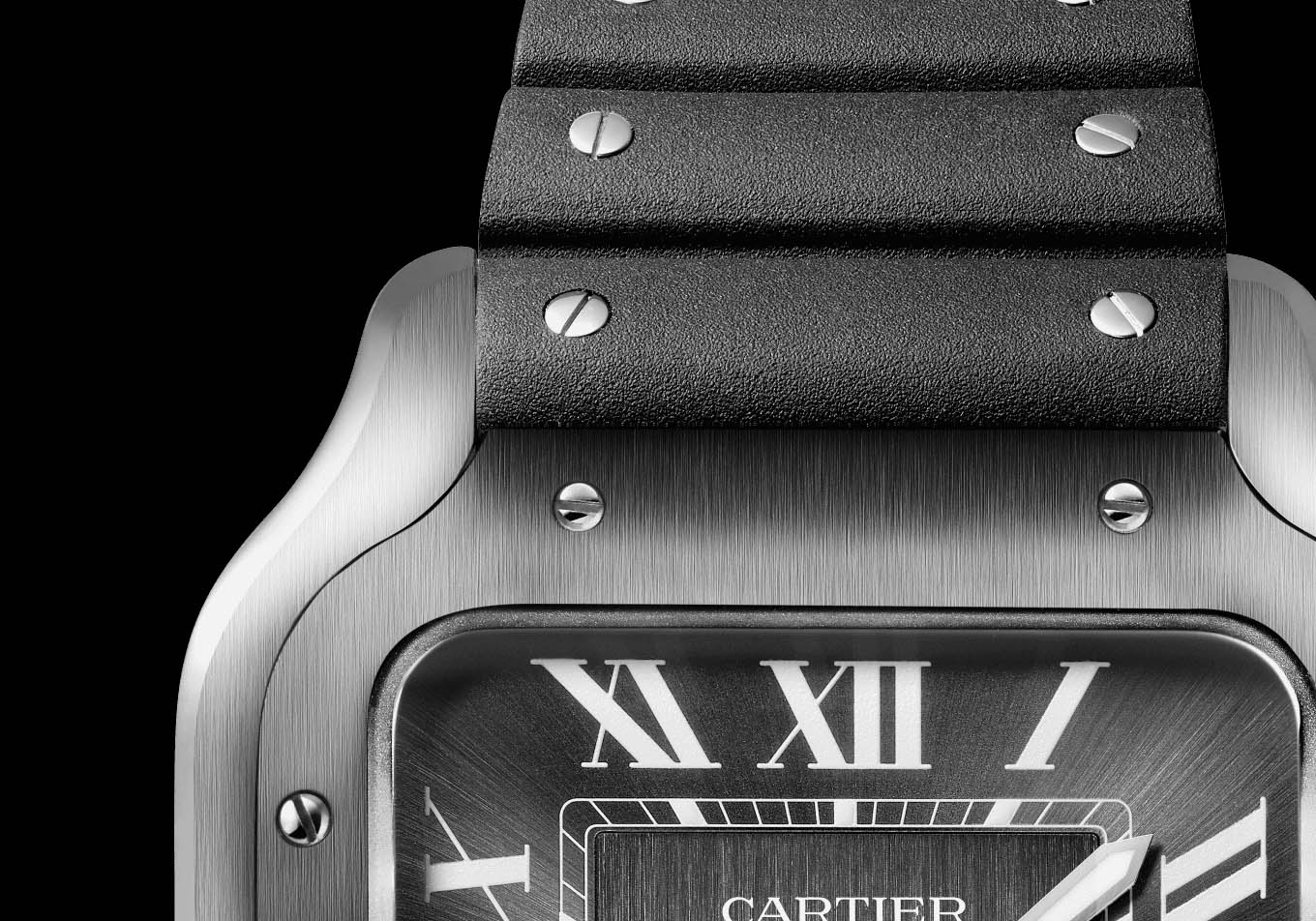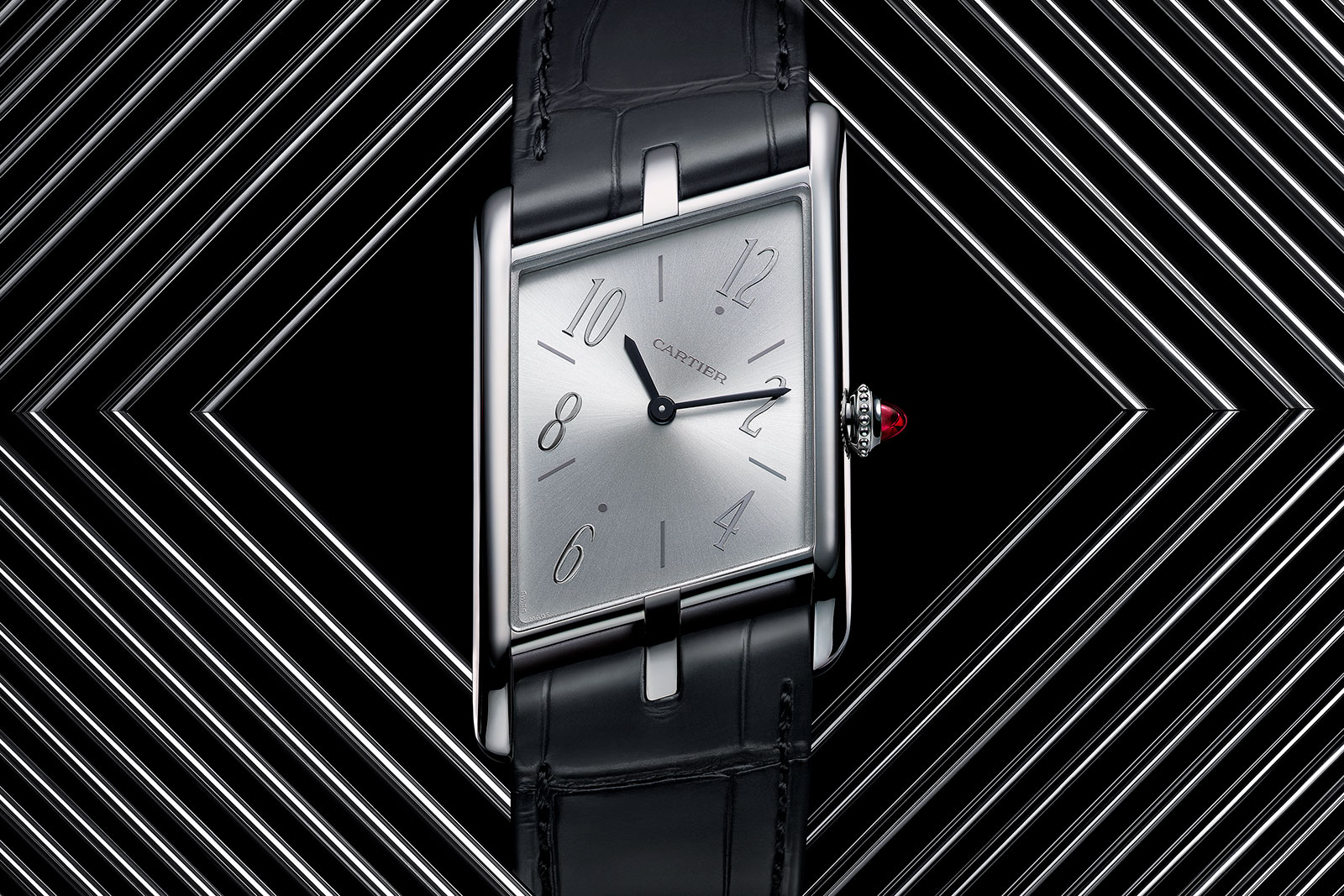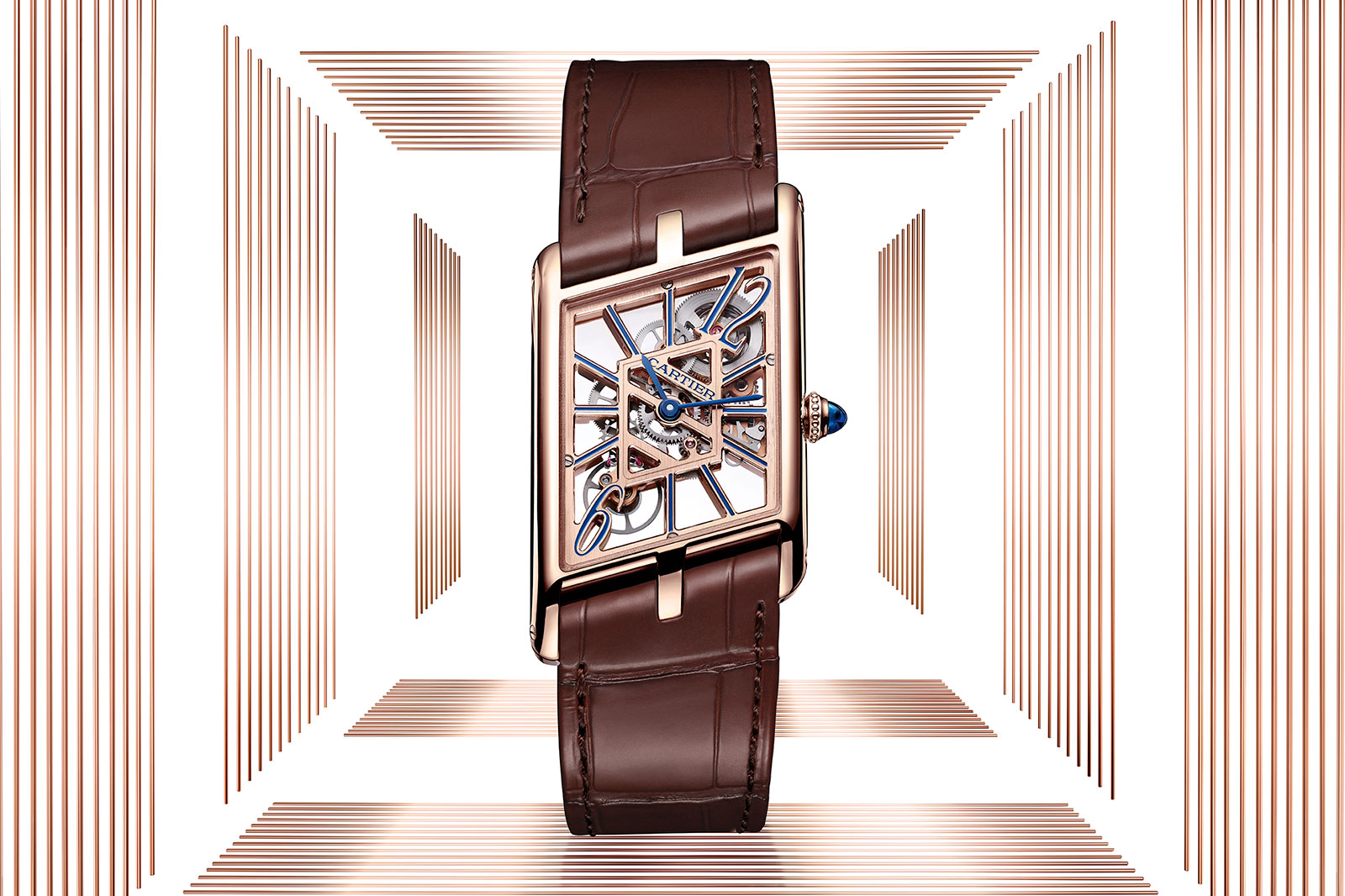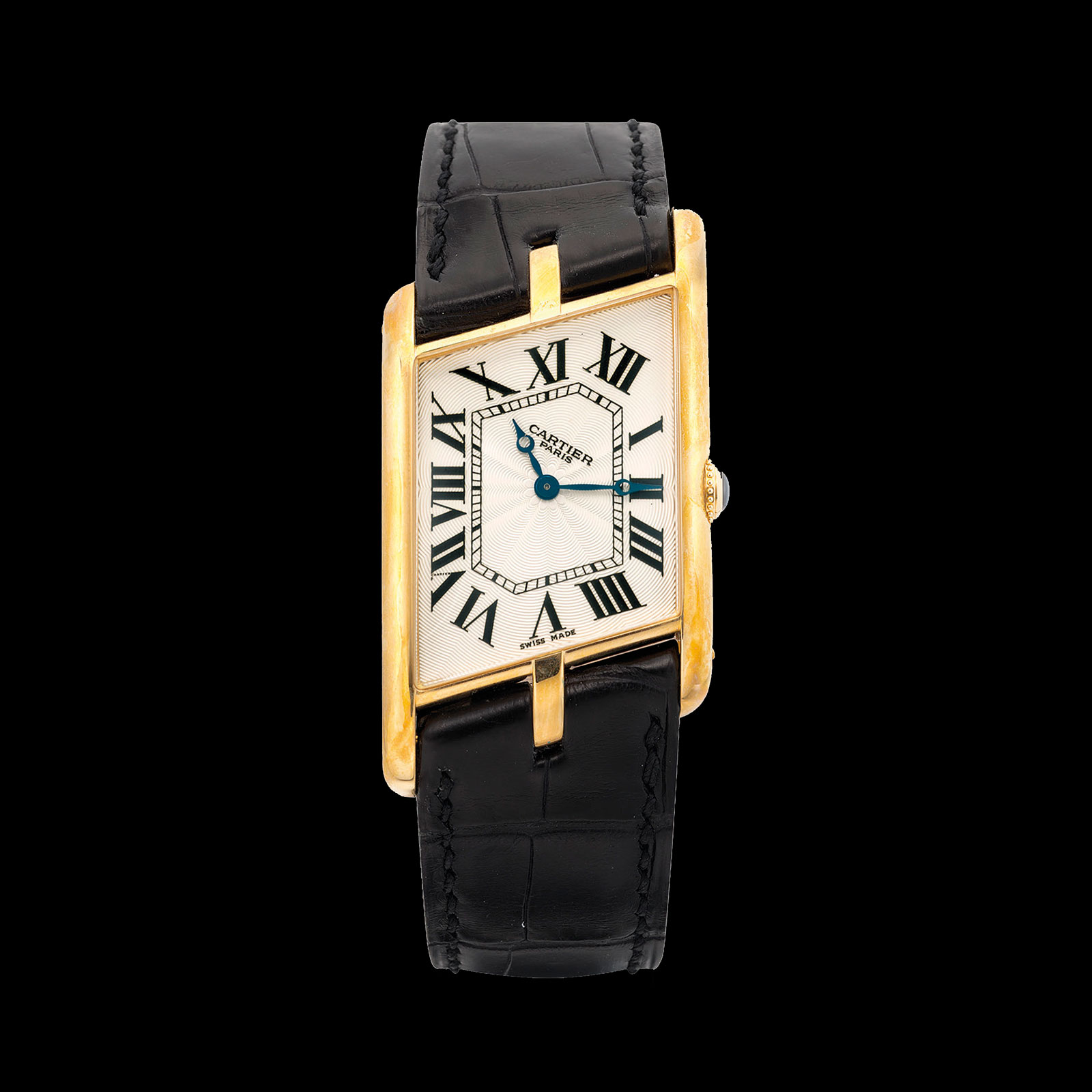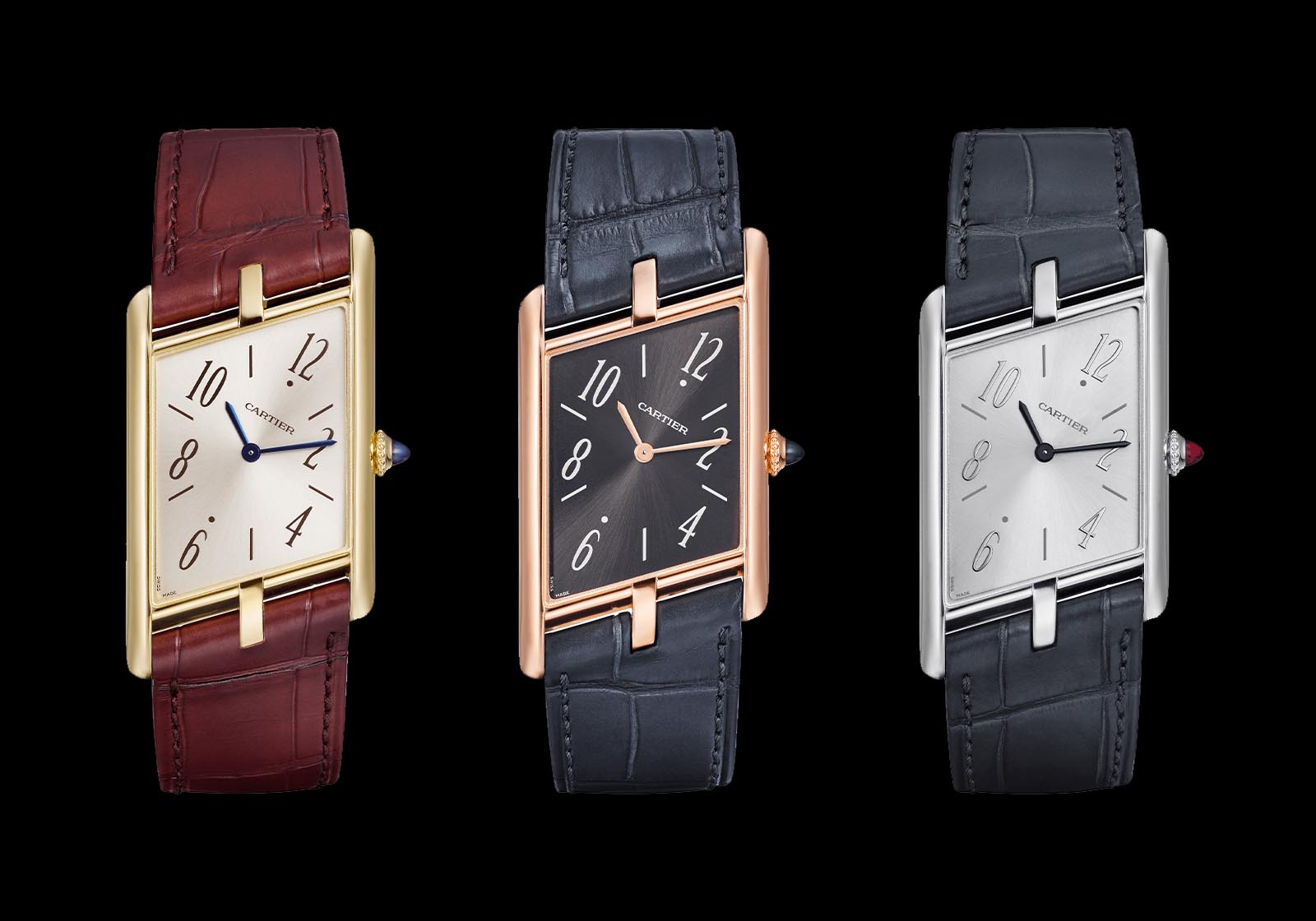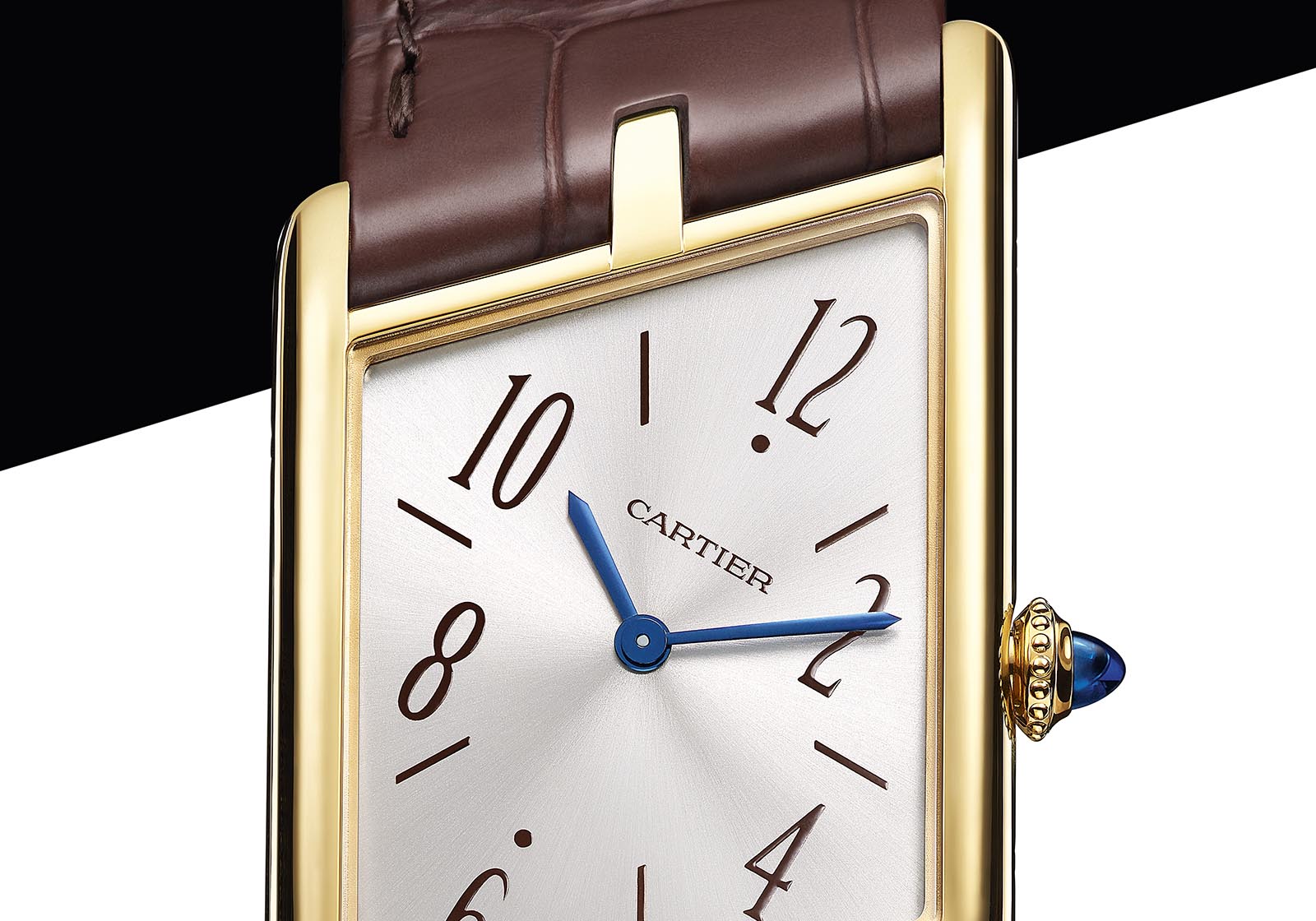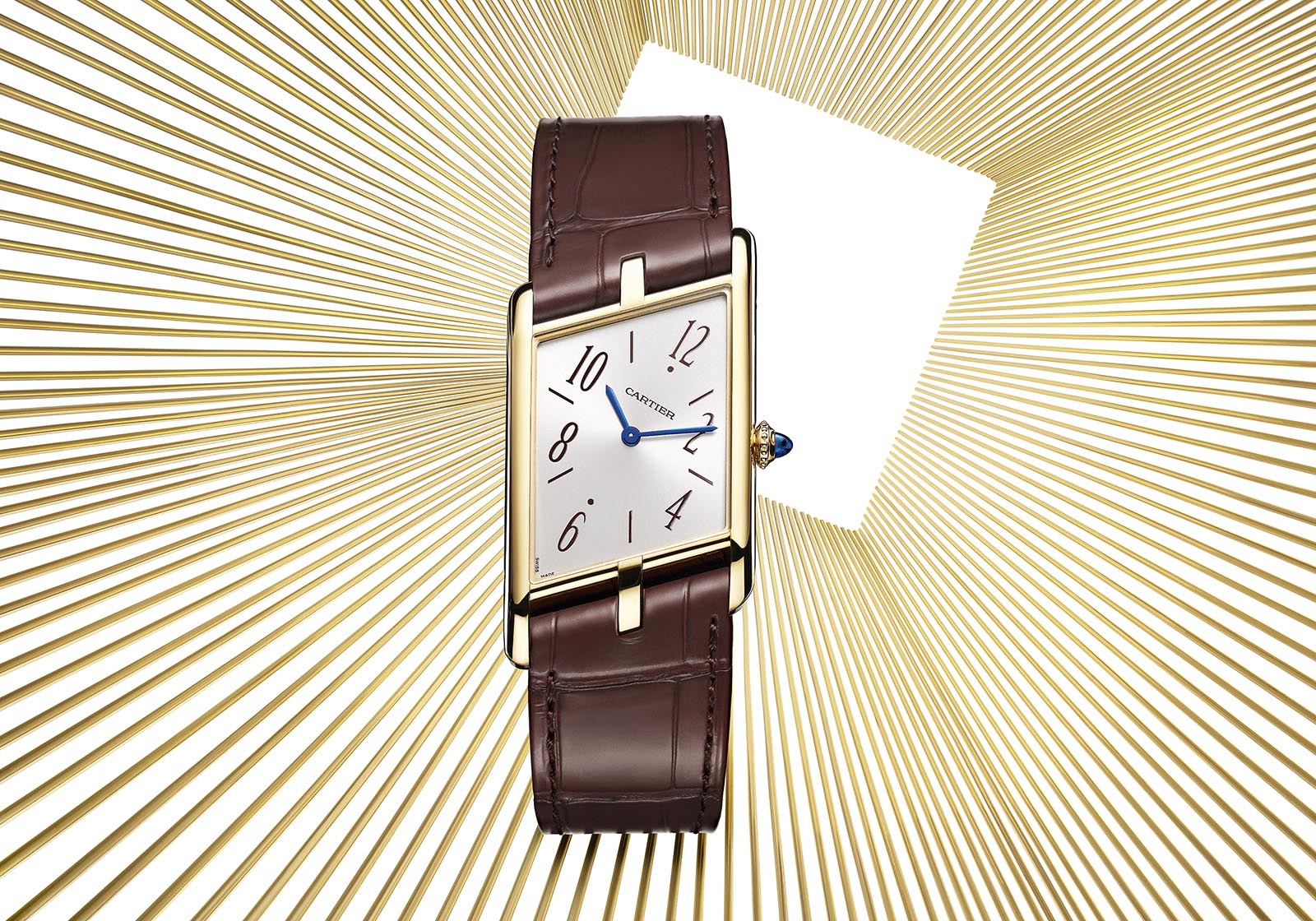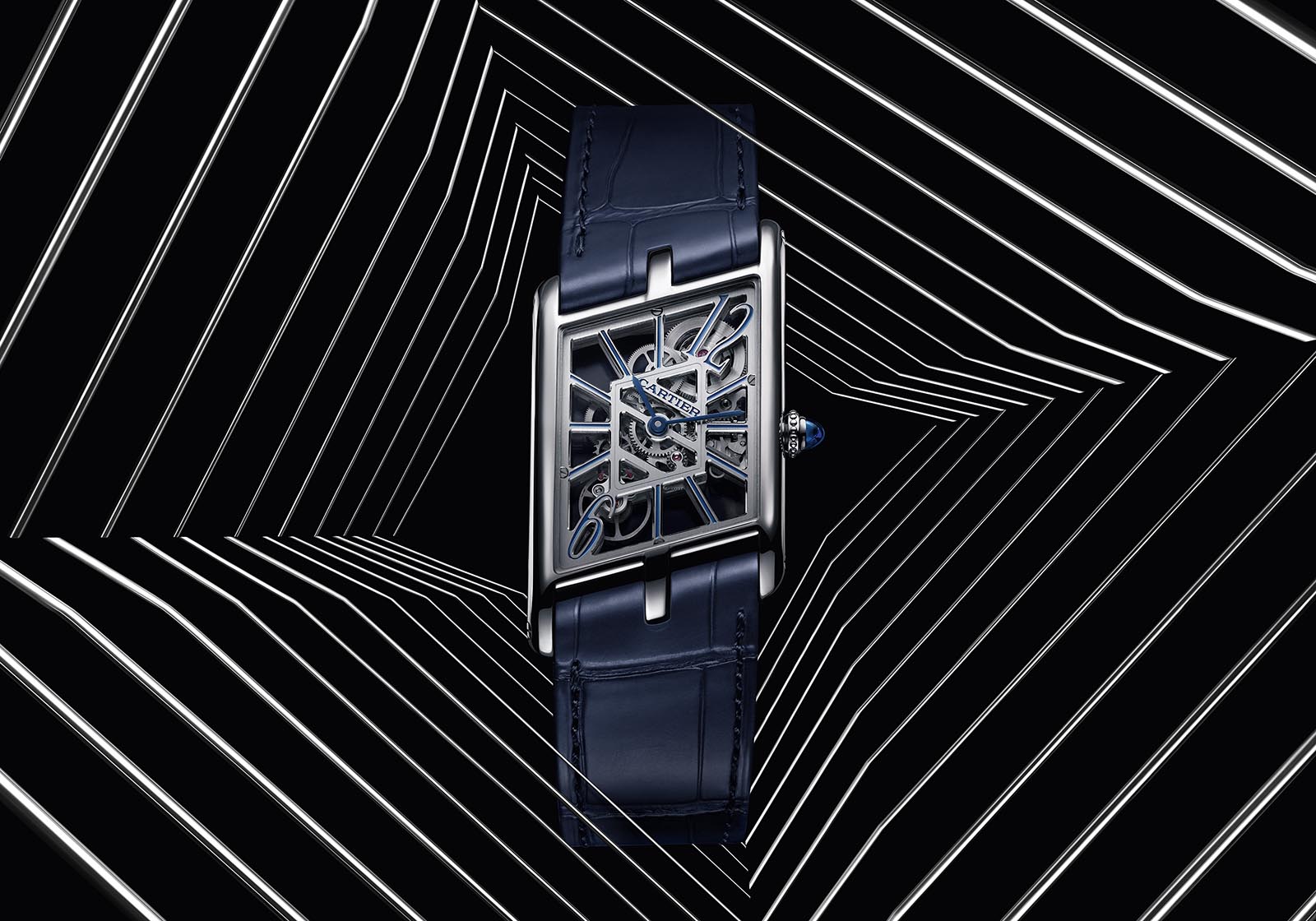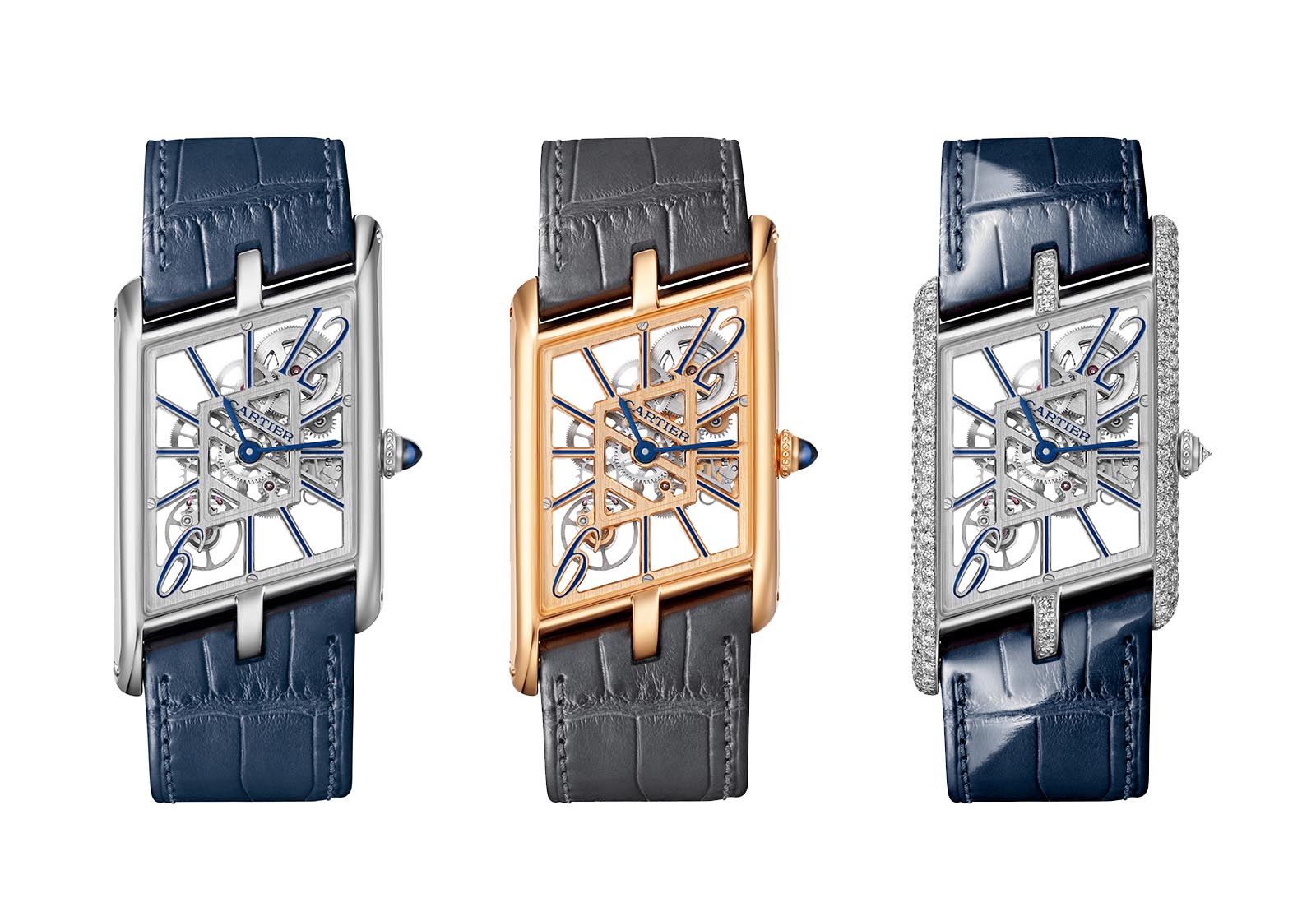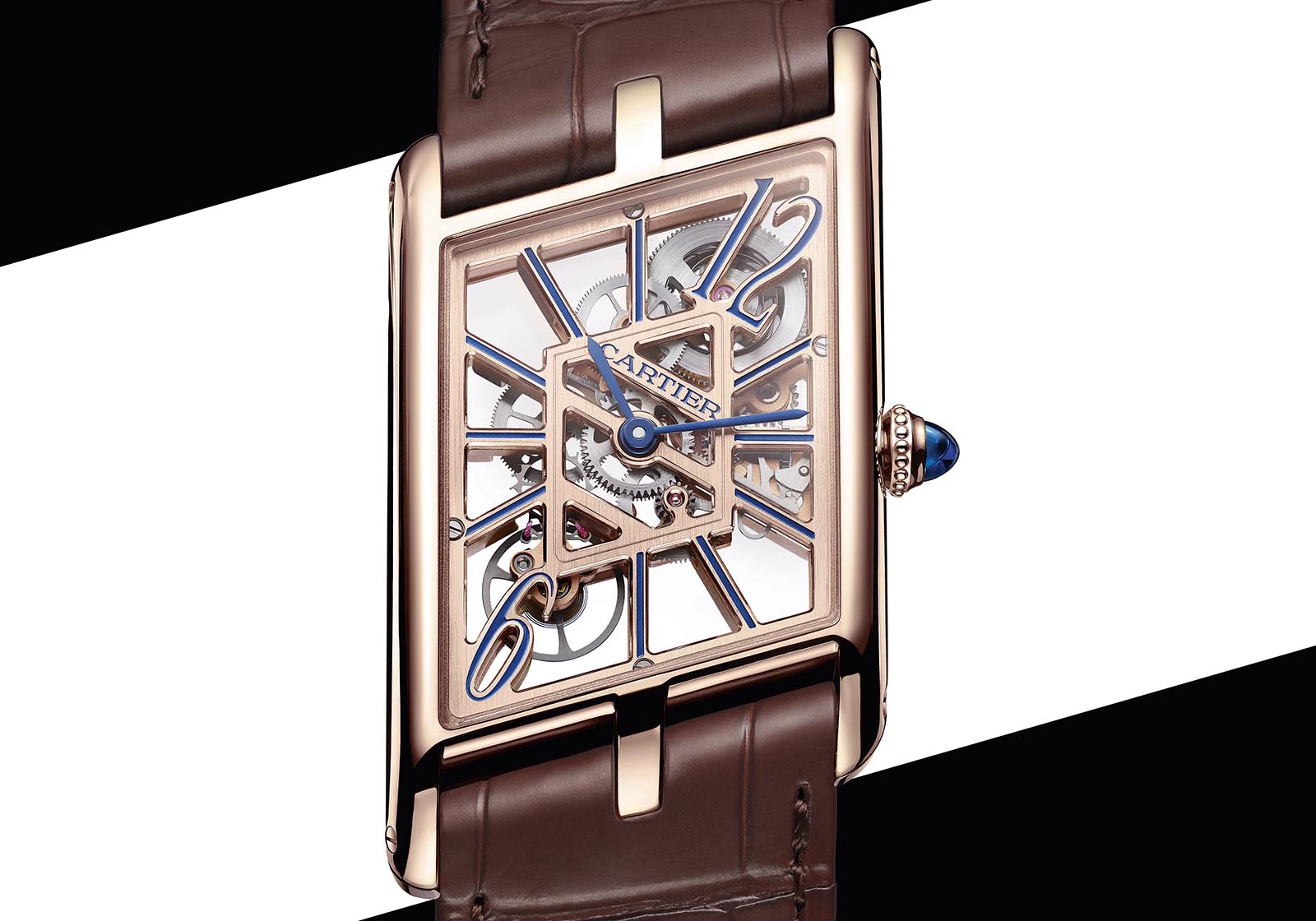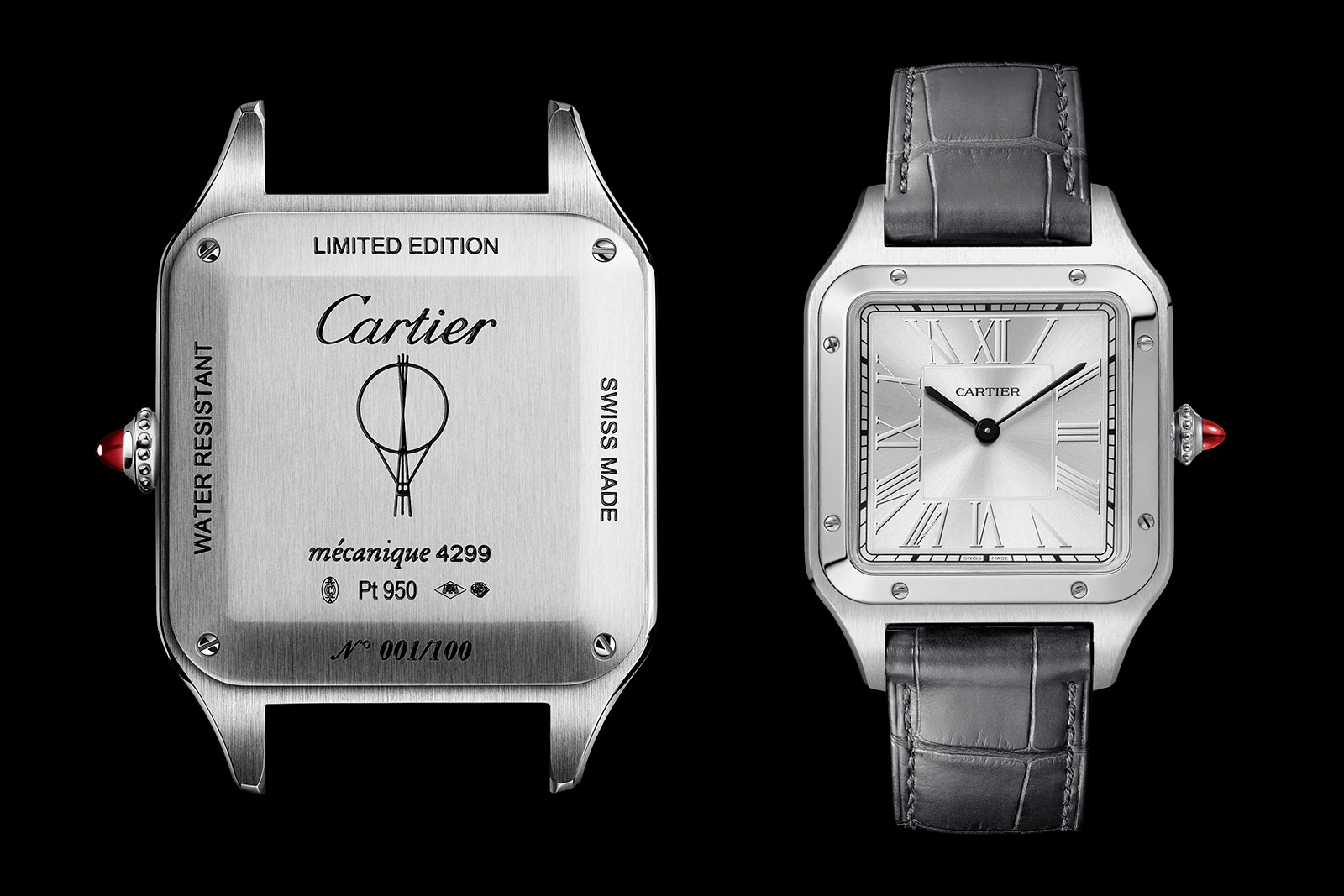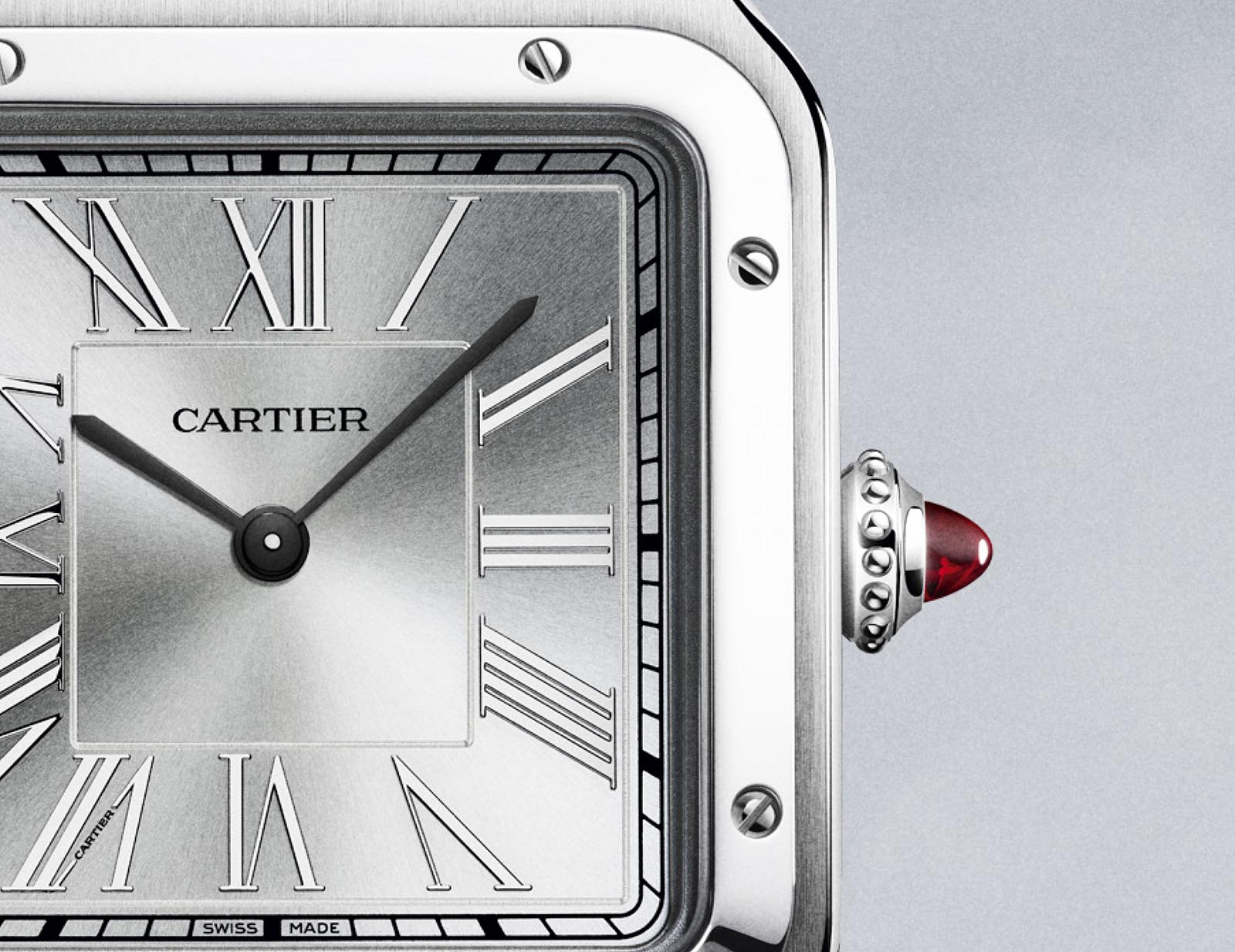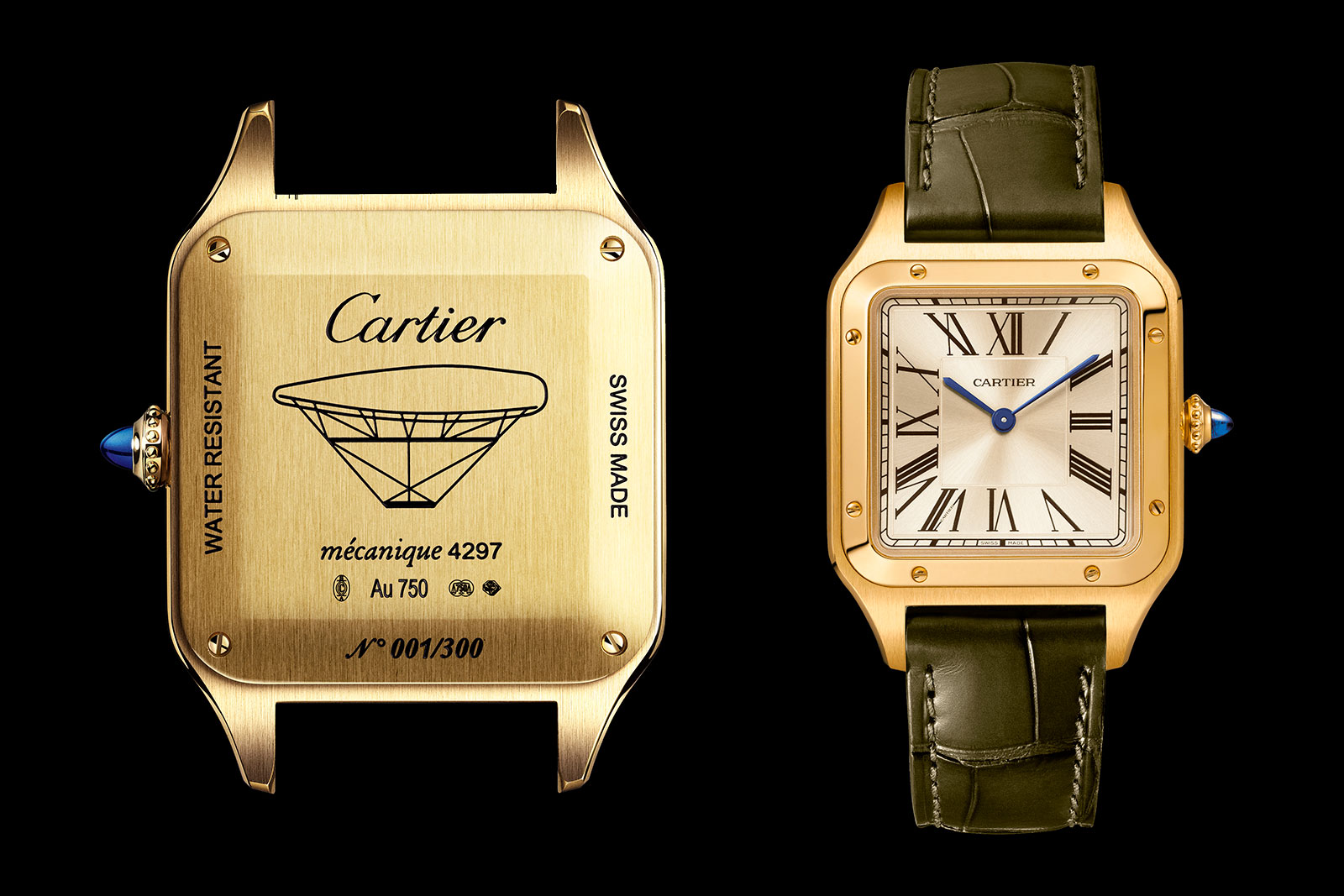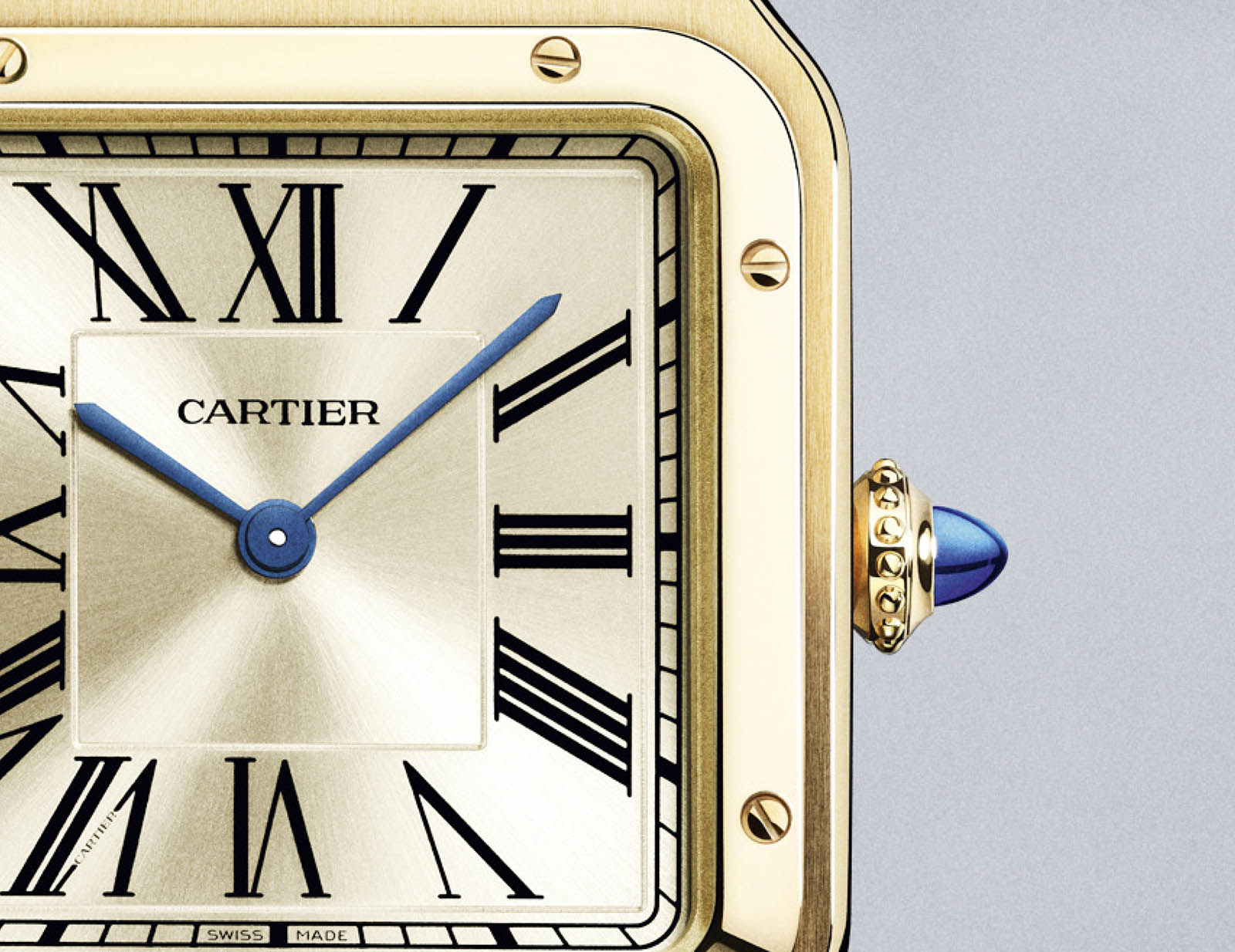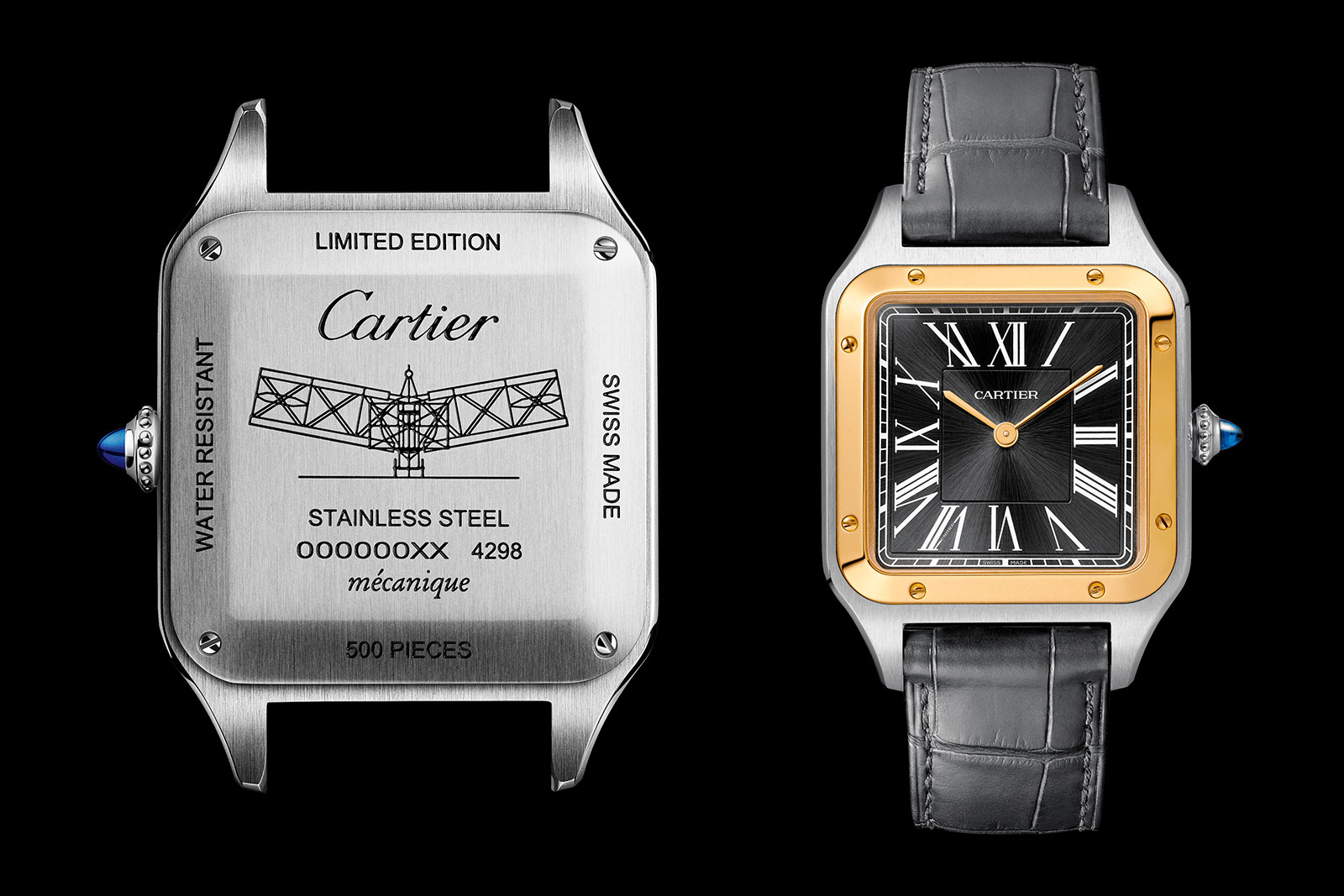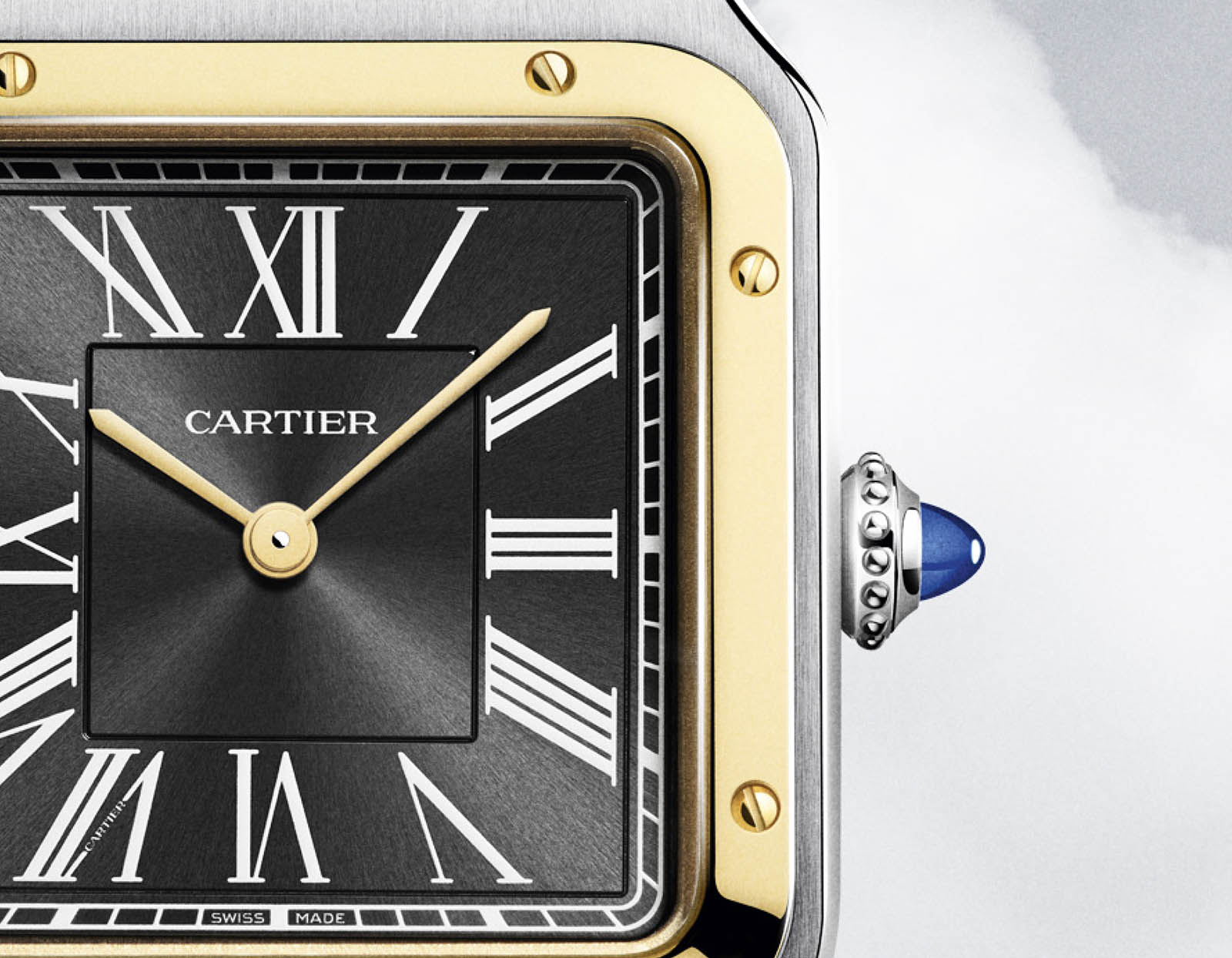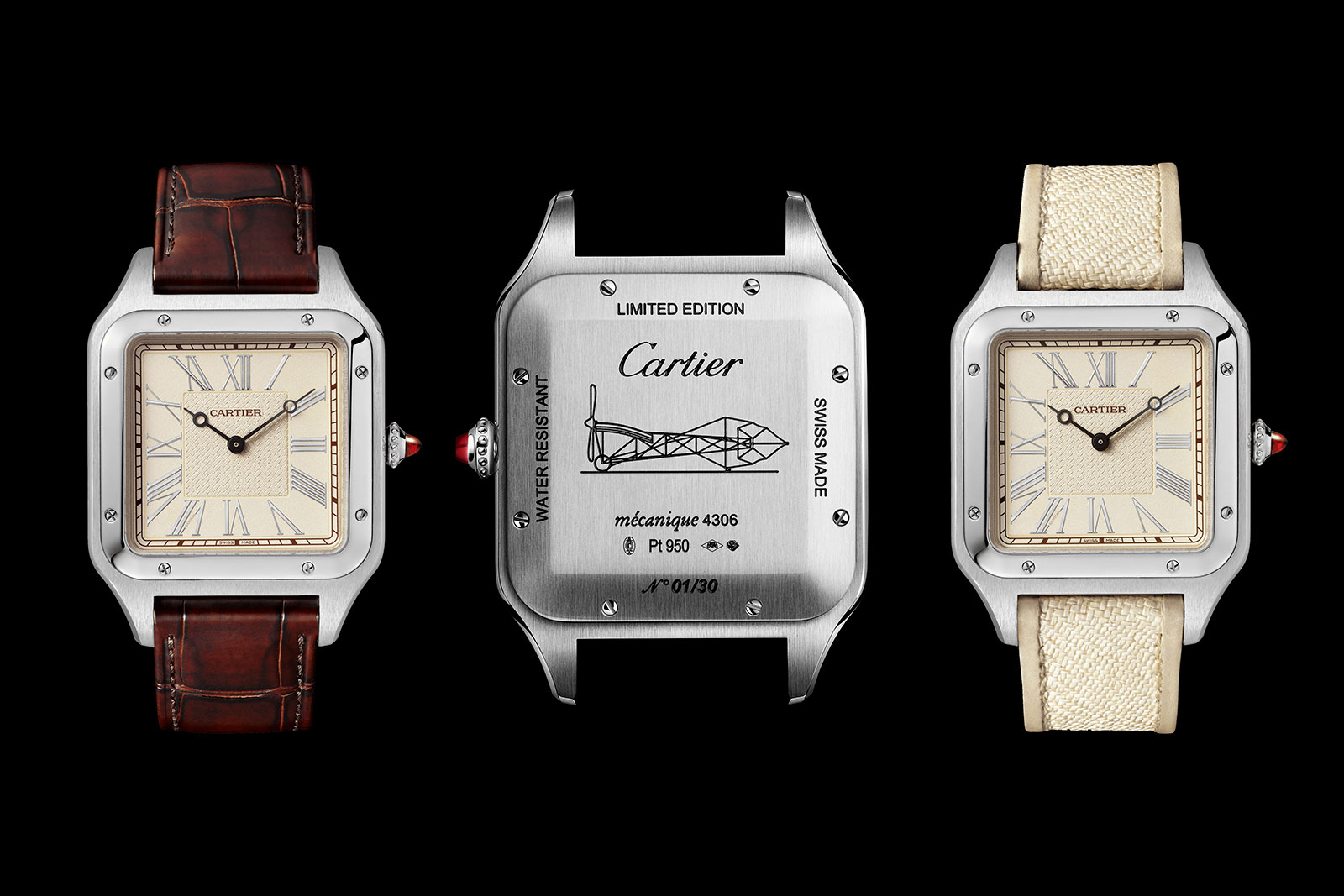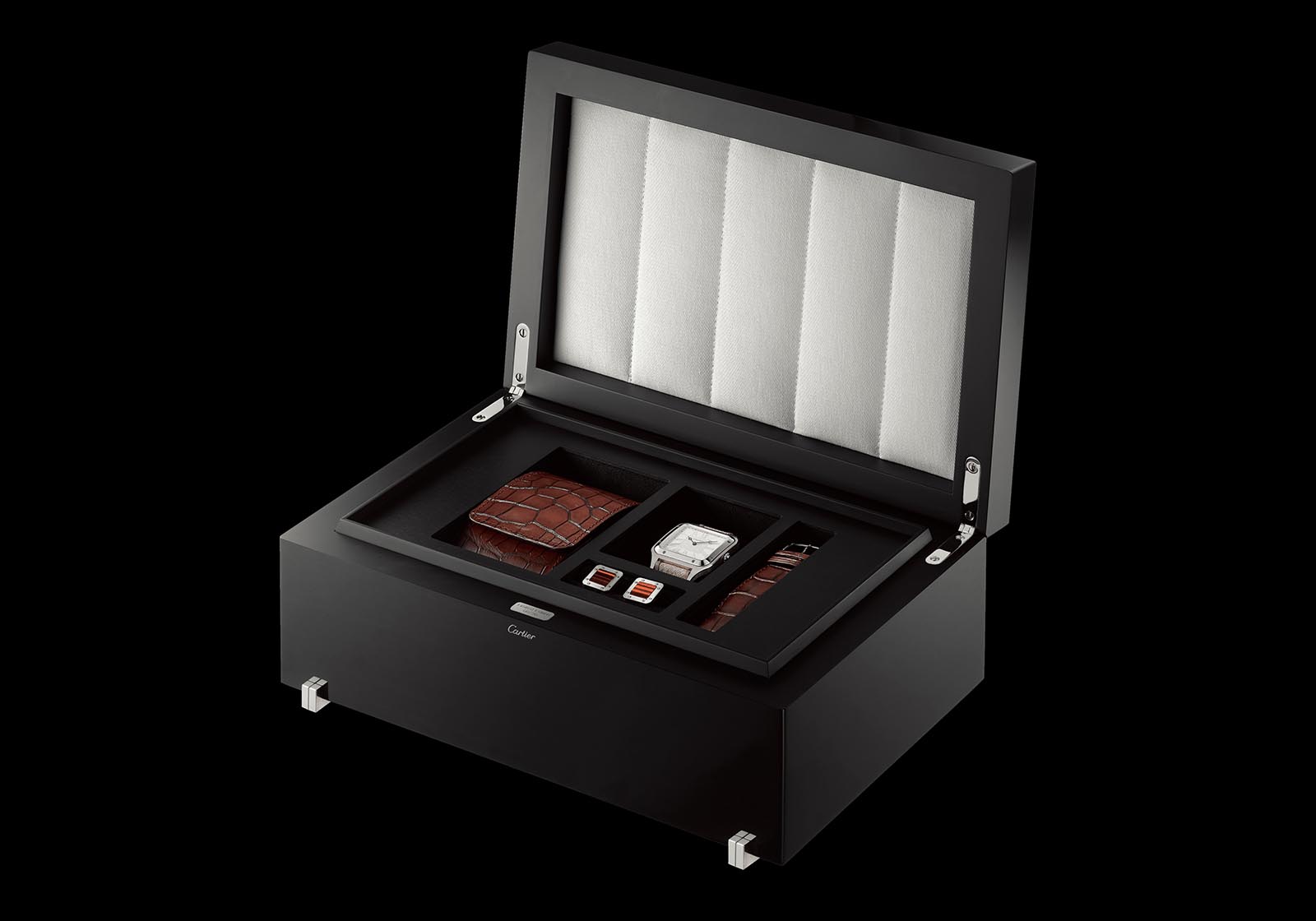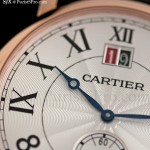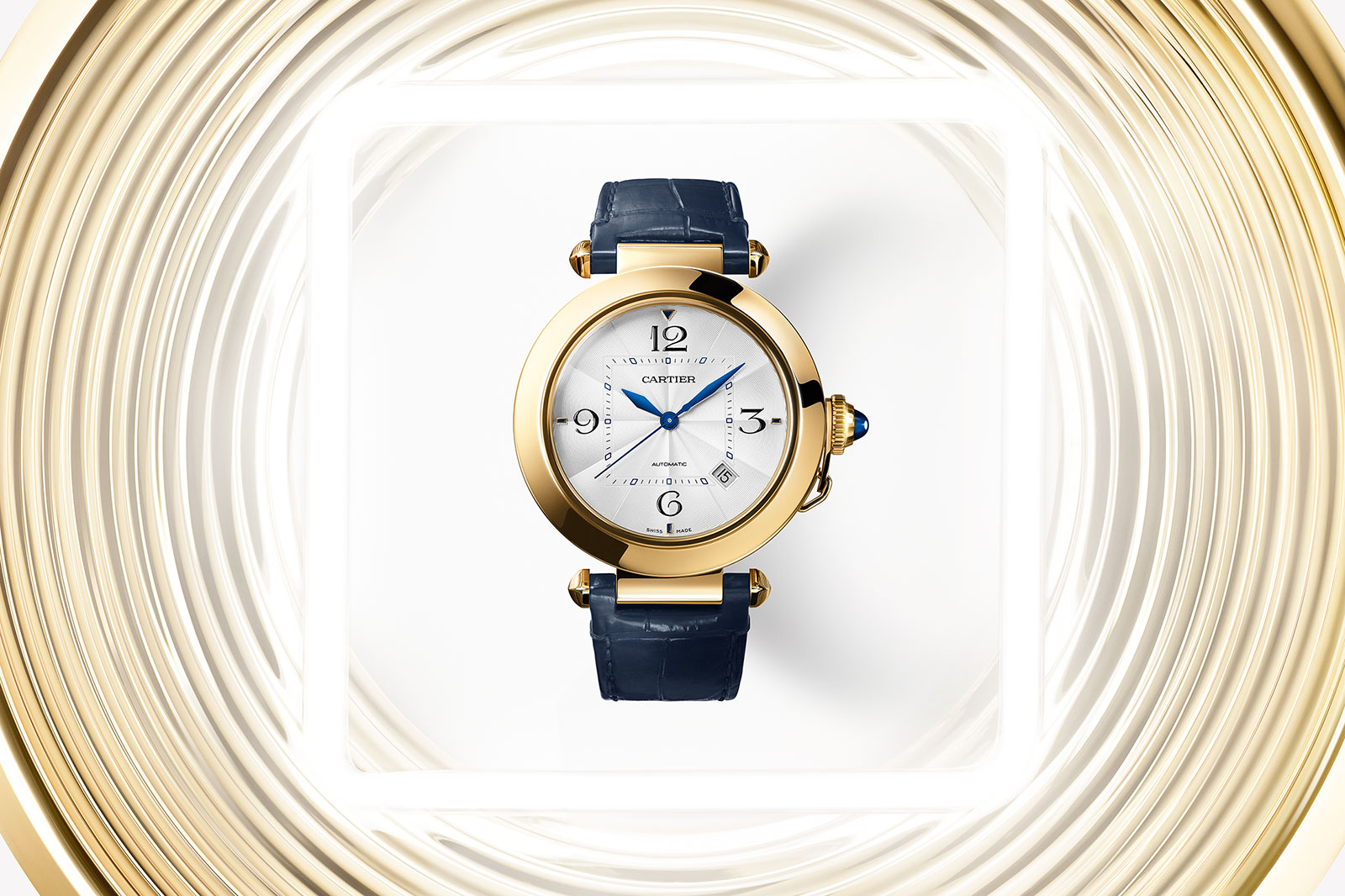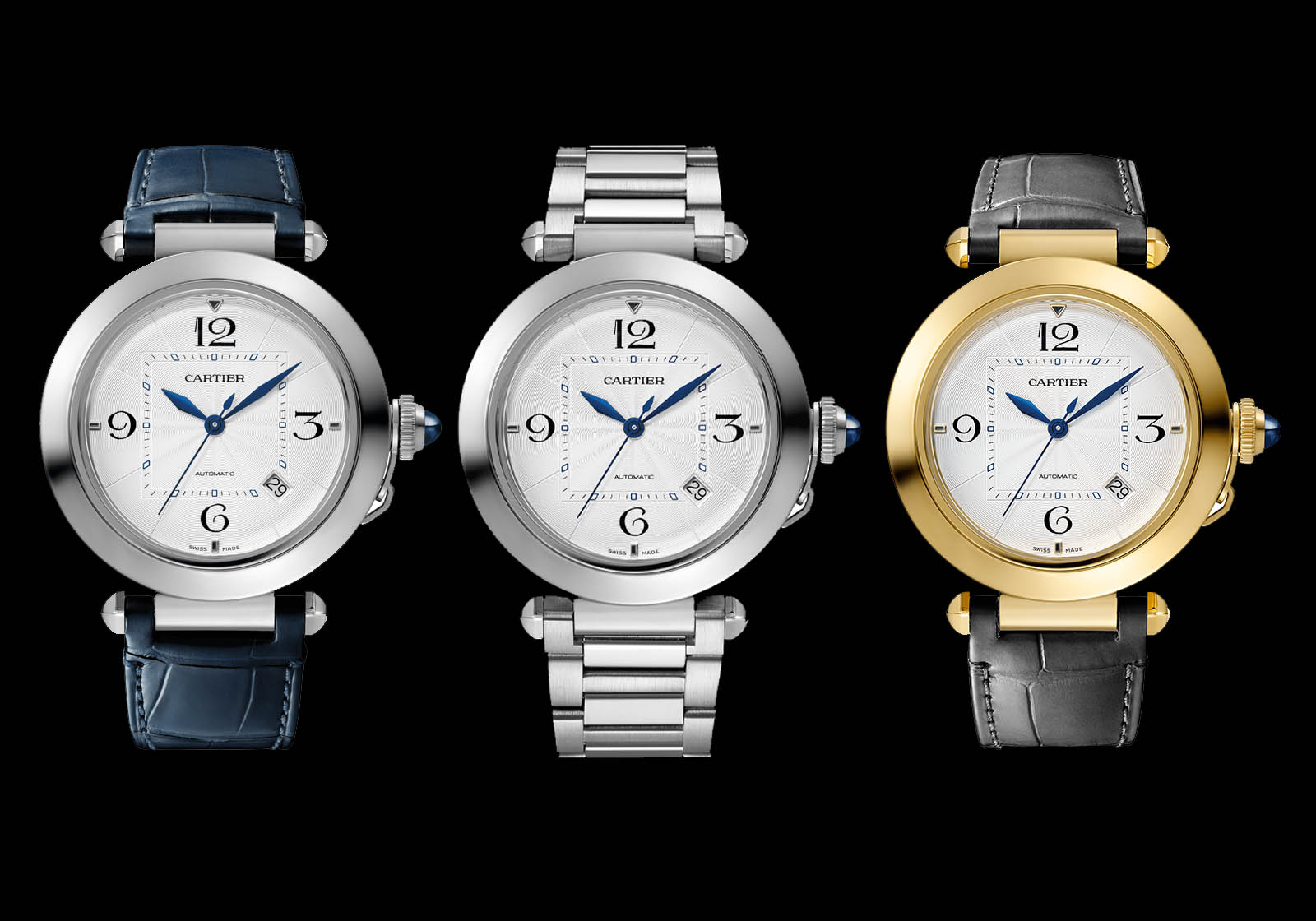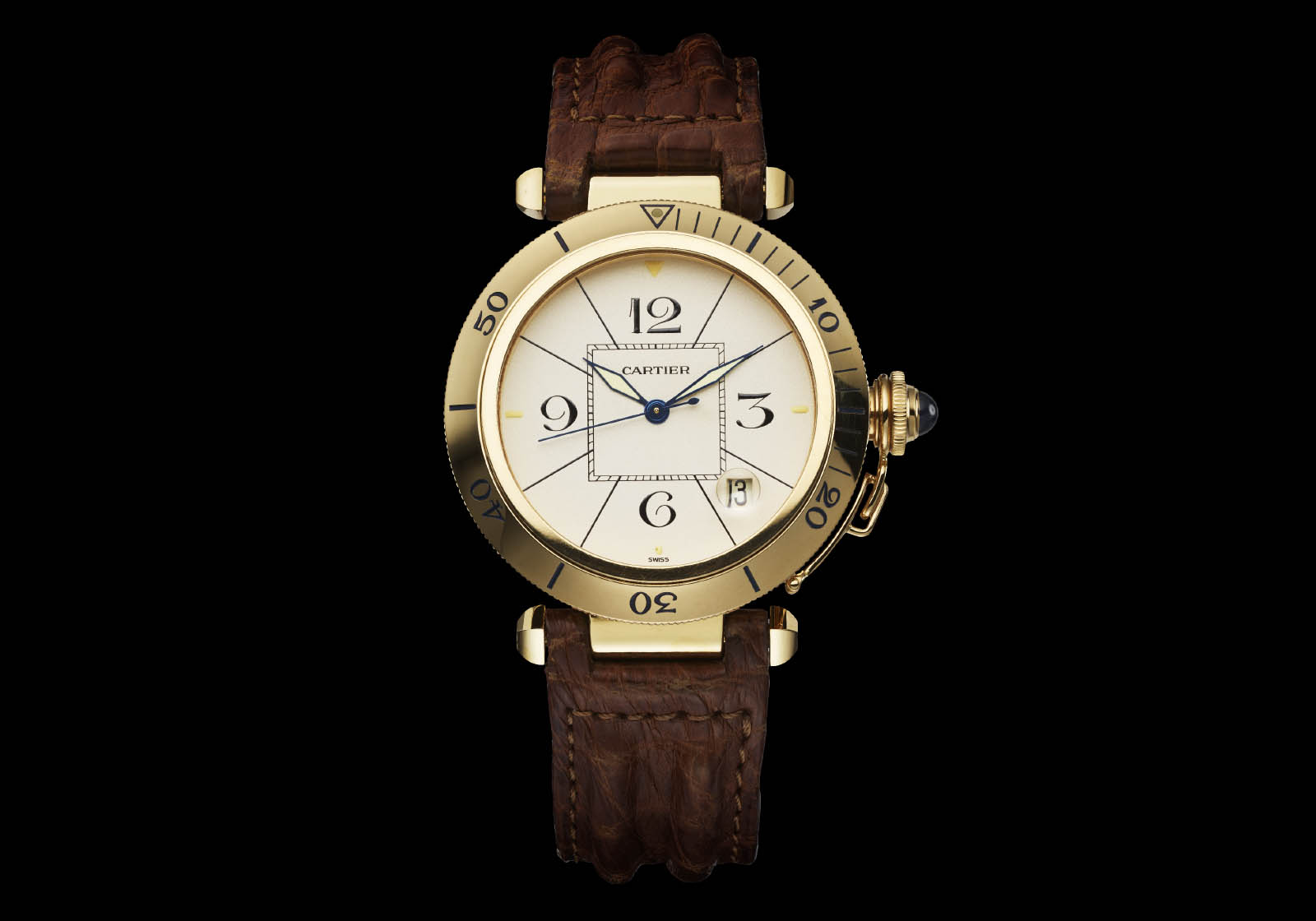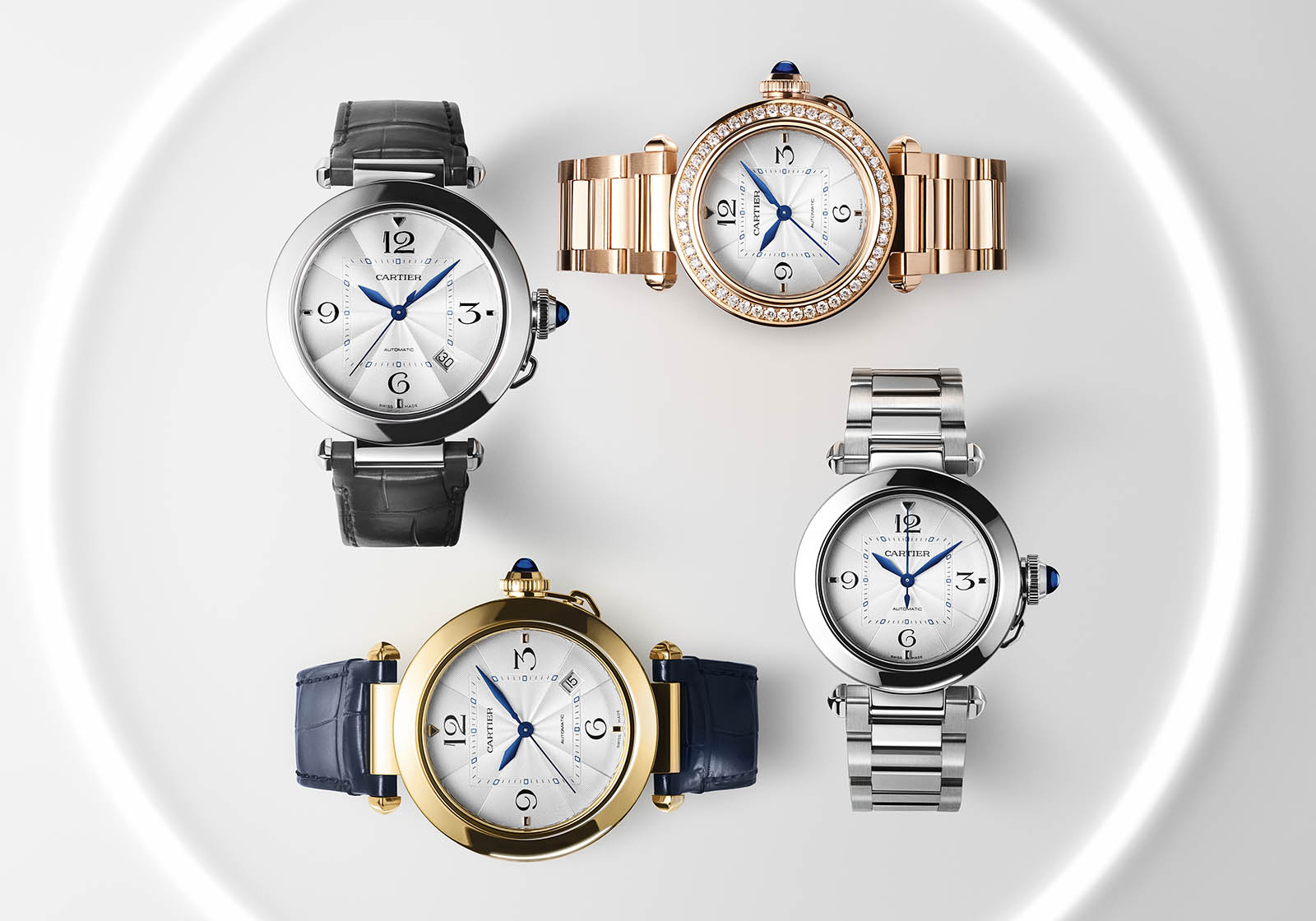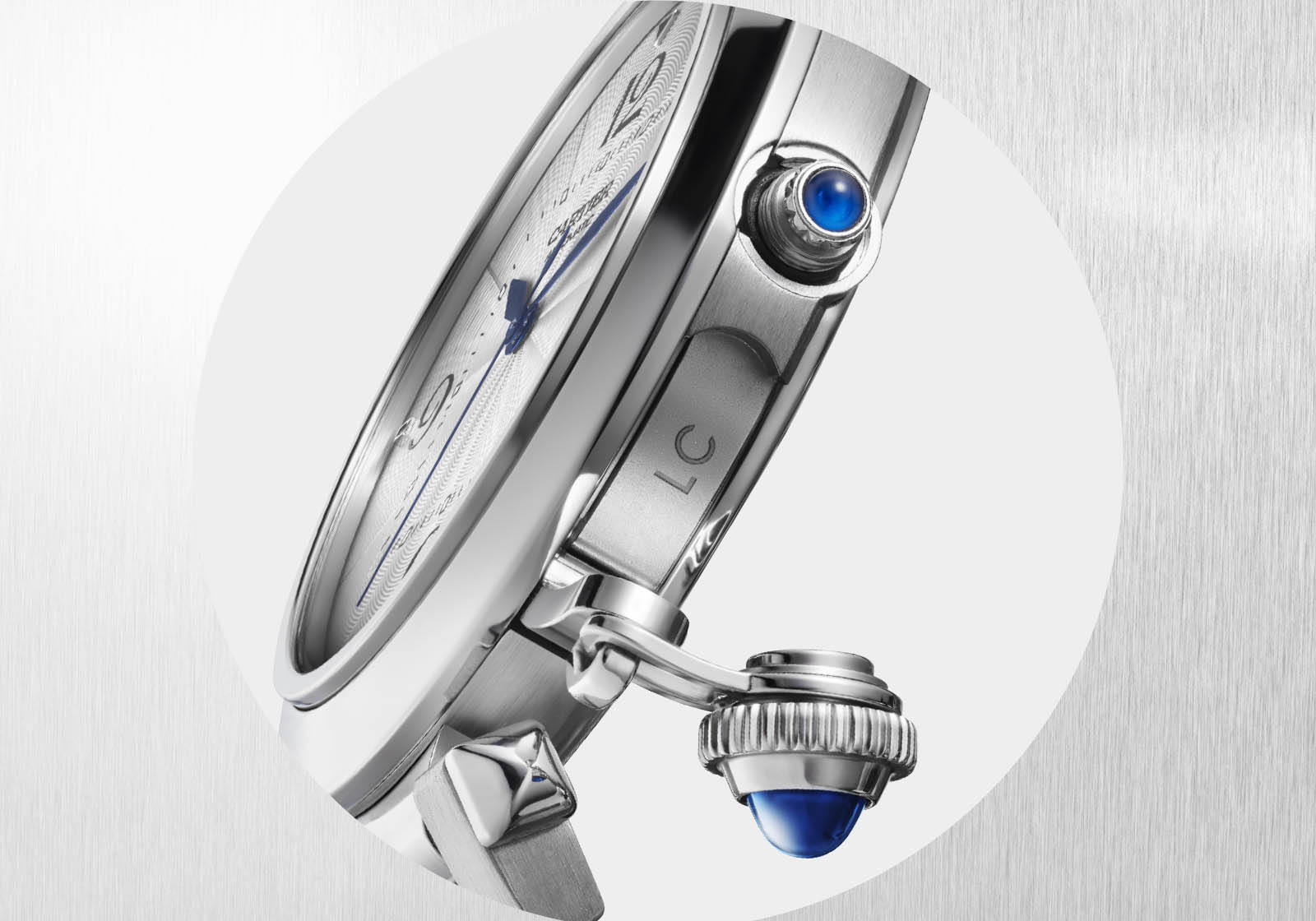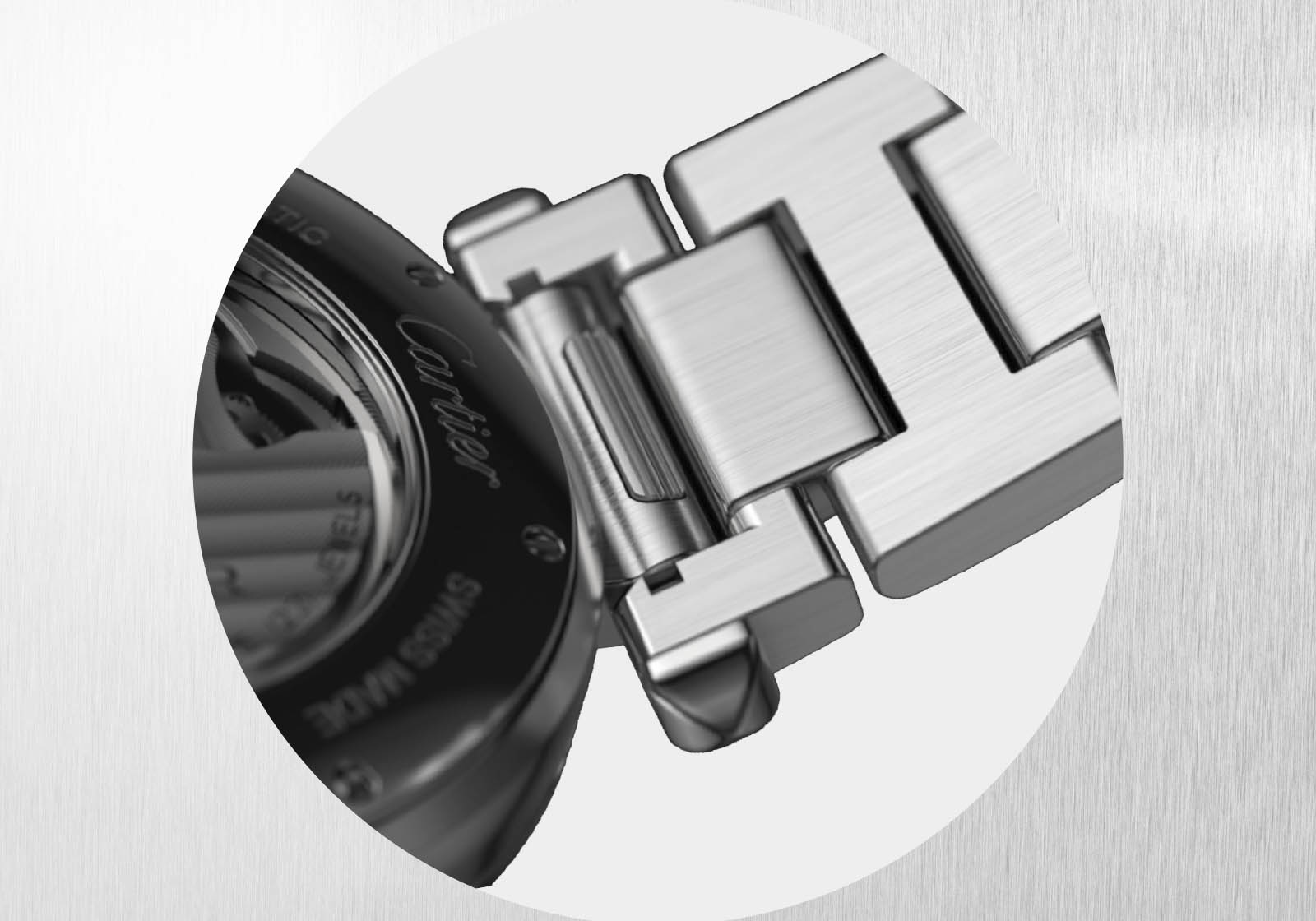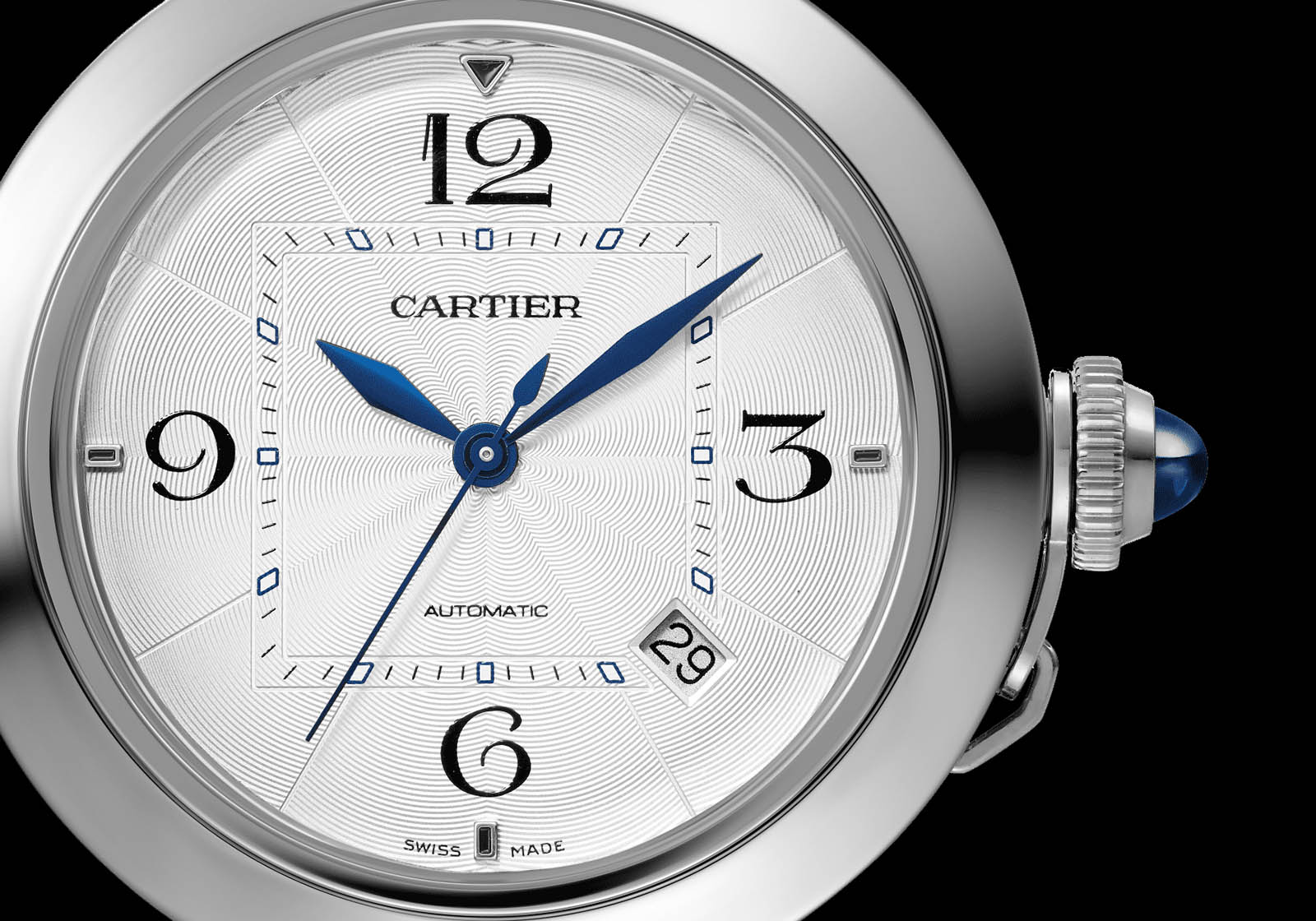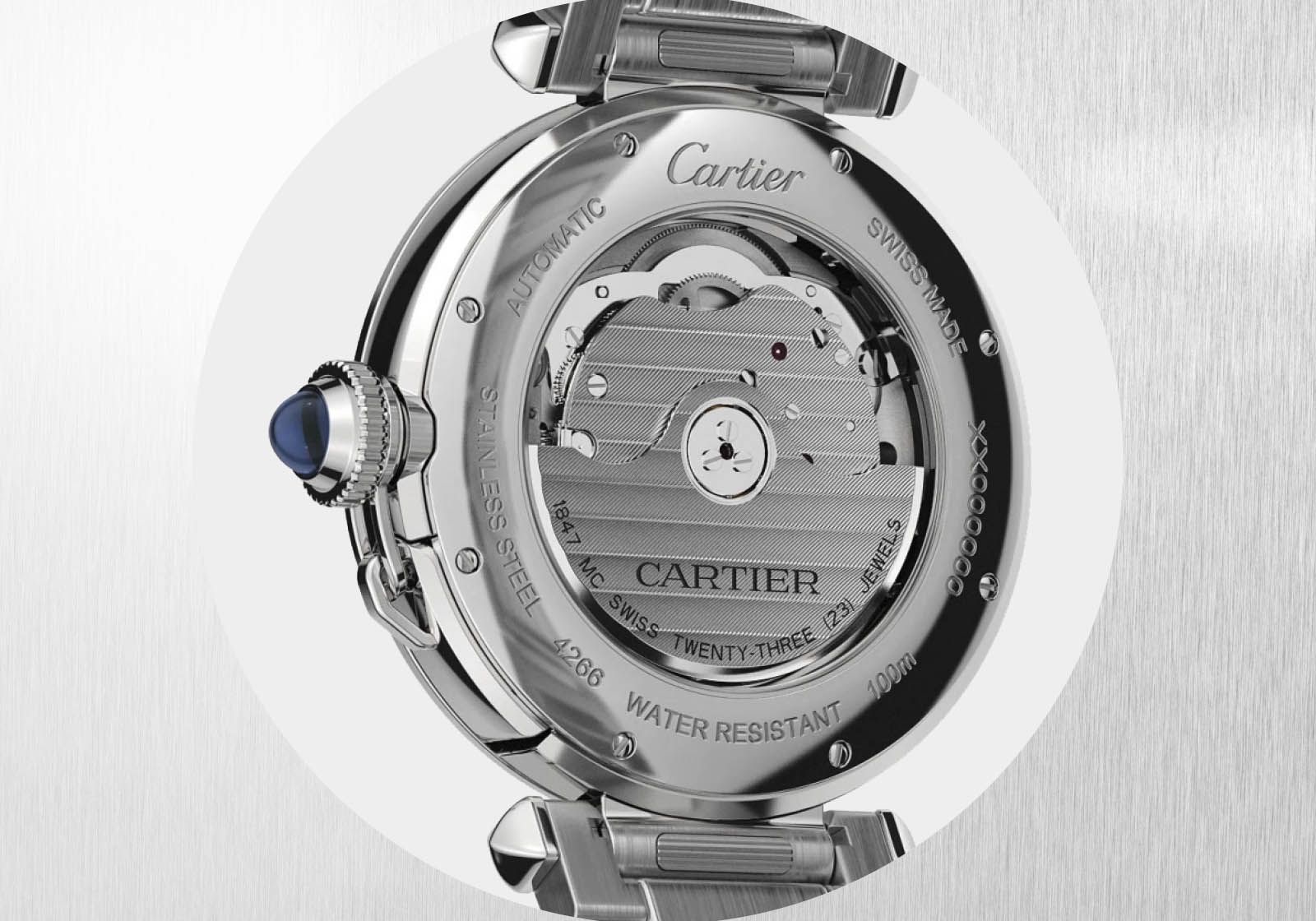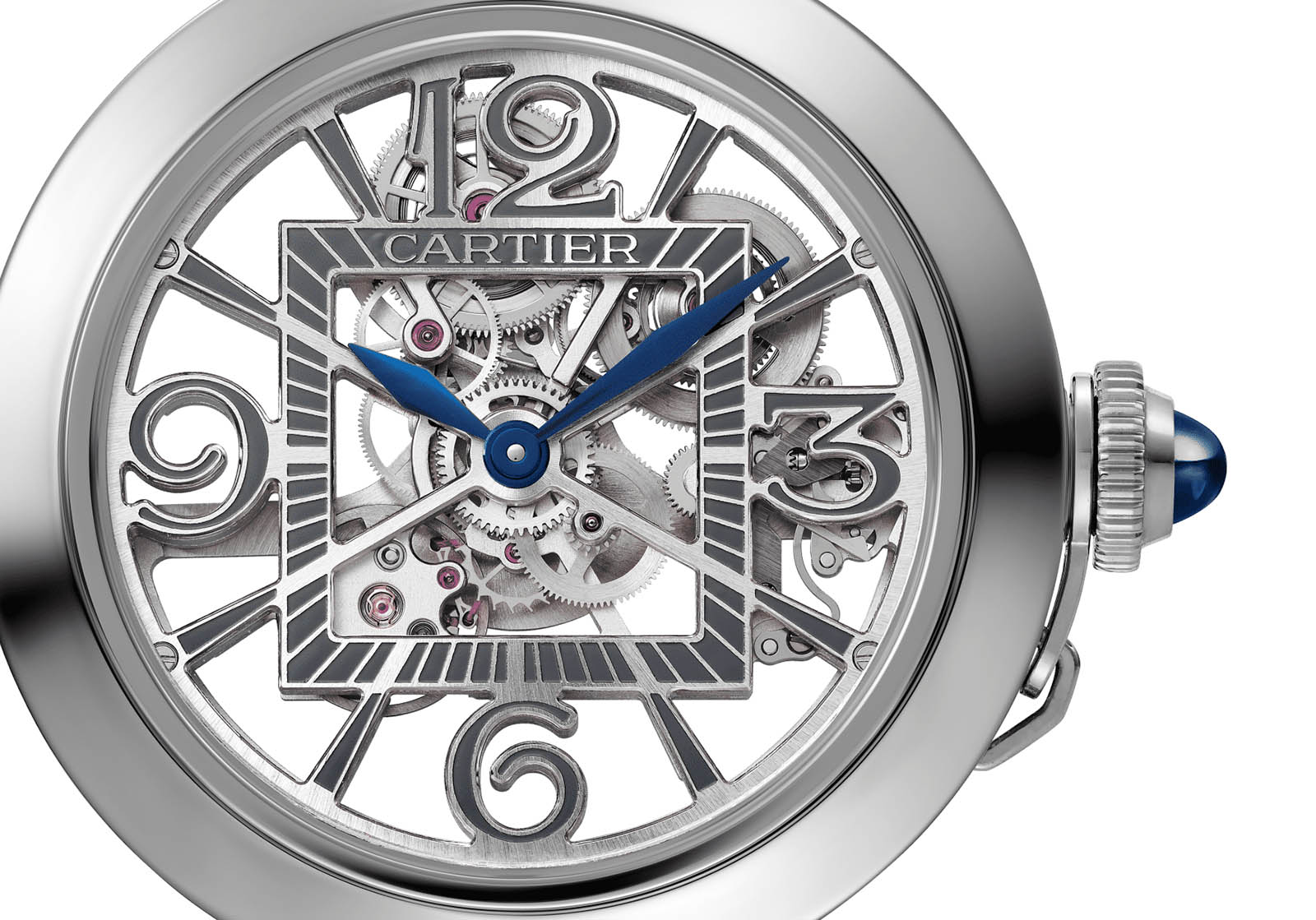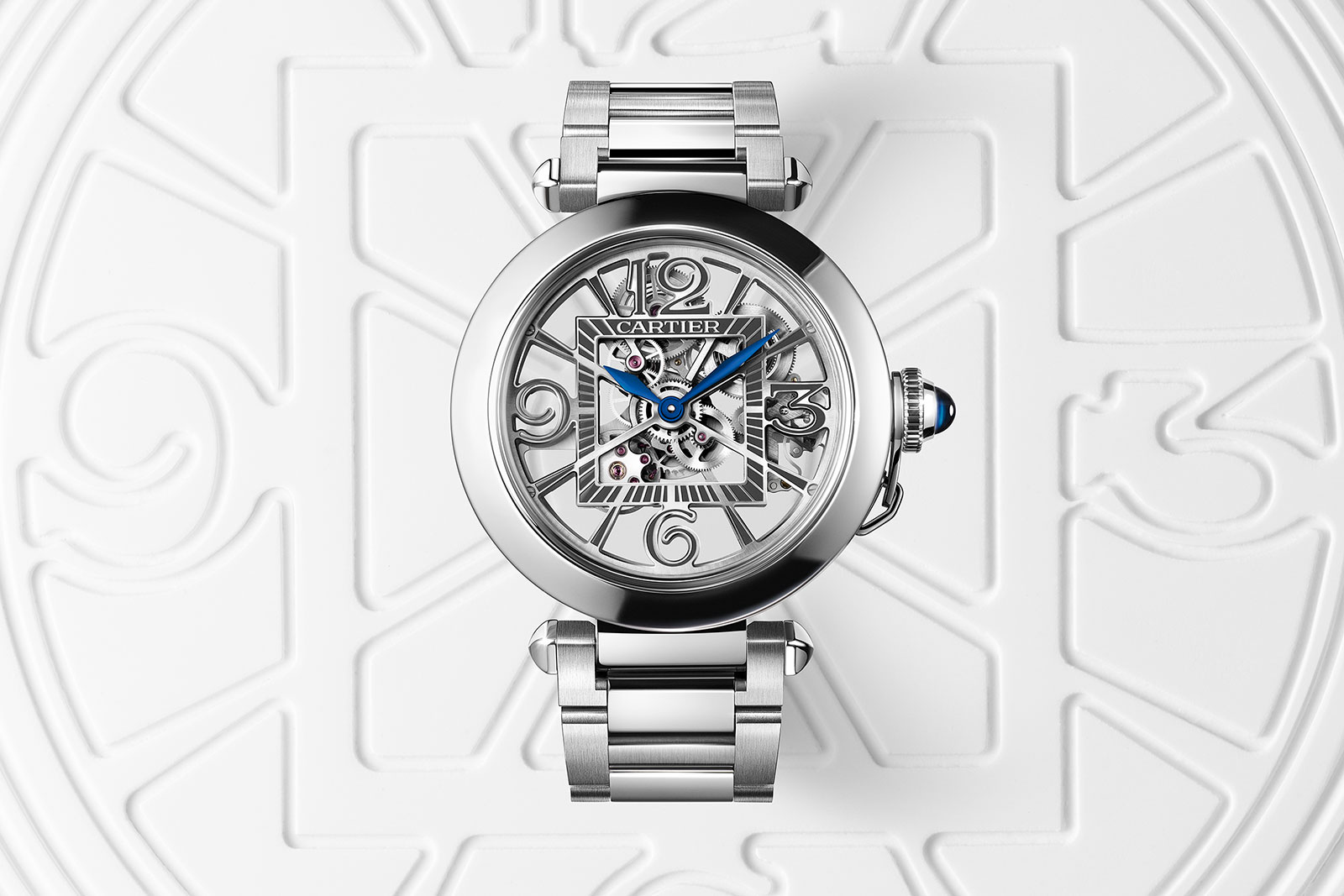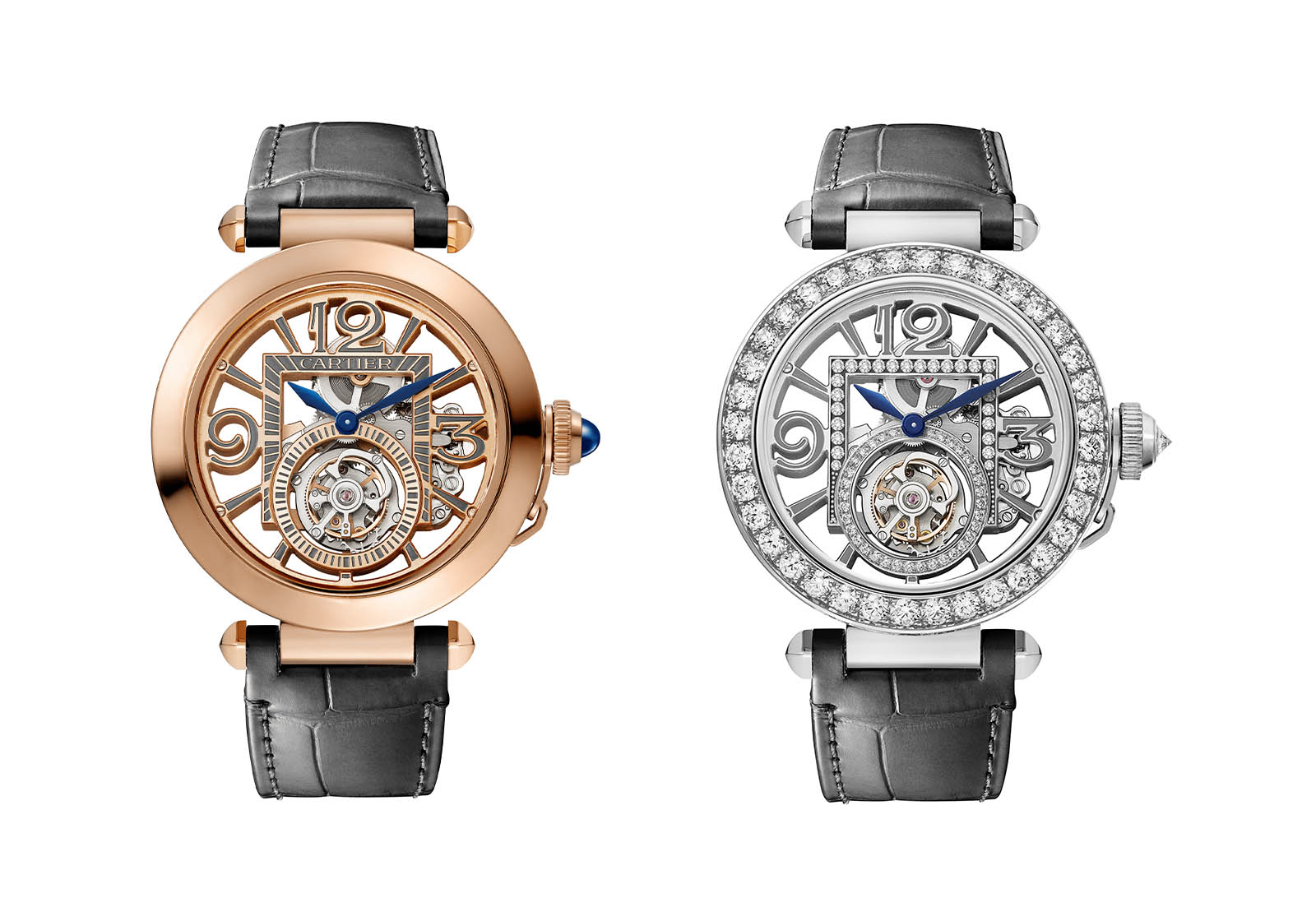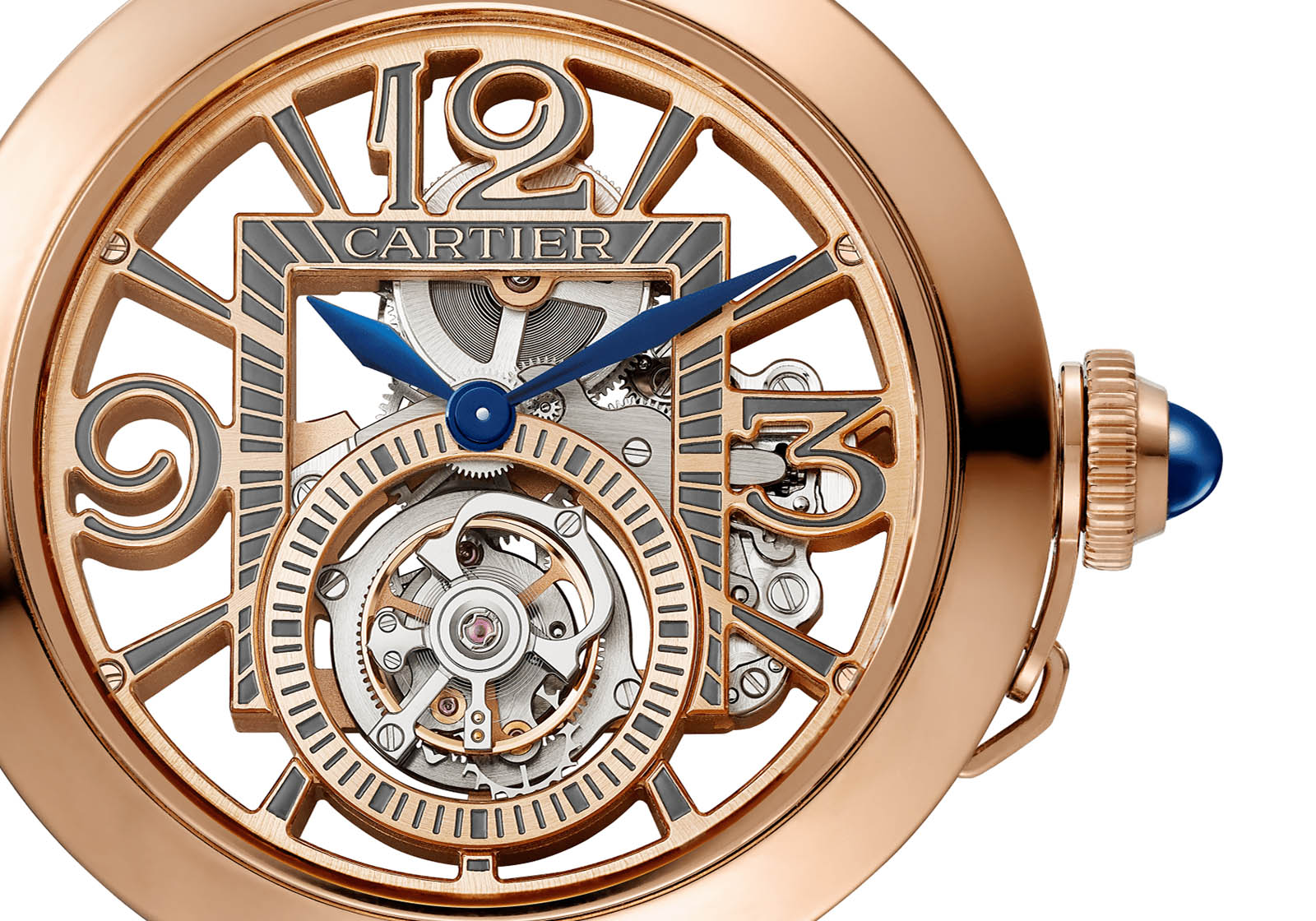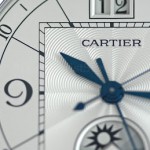Jaeger-LeCoultre Introduces the New Master Control Collection
A blast from the past with new movements.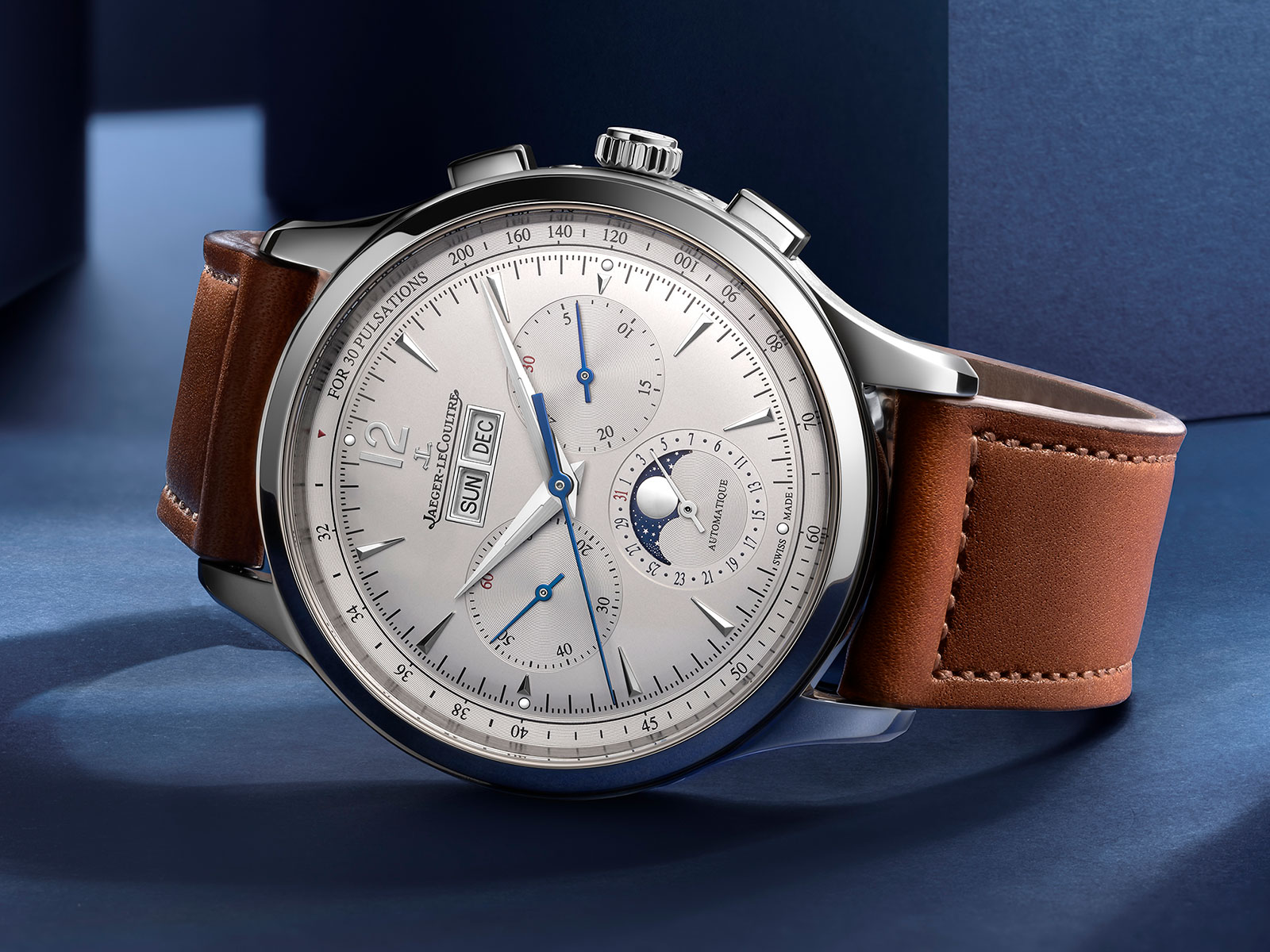
A mainstay of Jaeger-LeCoultre’s catalogue for almost three decades, the Master Control made its debut in 1992 and has been facelifted every couple of years since.
Fresh off the press at Watches & Wonders 2020, the latest Master Control collection forgets the facelifts and is instead throwback to the inaugural line-up of three decades ago. The new range reproduces the models and style of the originals, including the popular, entry-level Master Control Date, but it also includes an all-new model, the Master Control Chronograph Calendar.
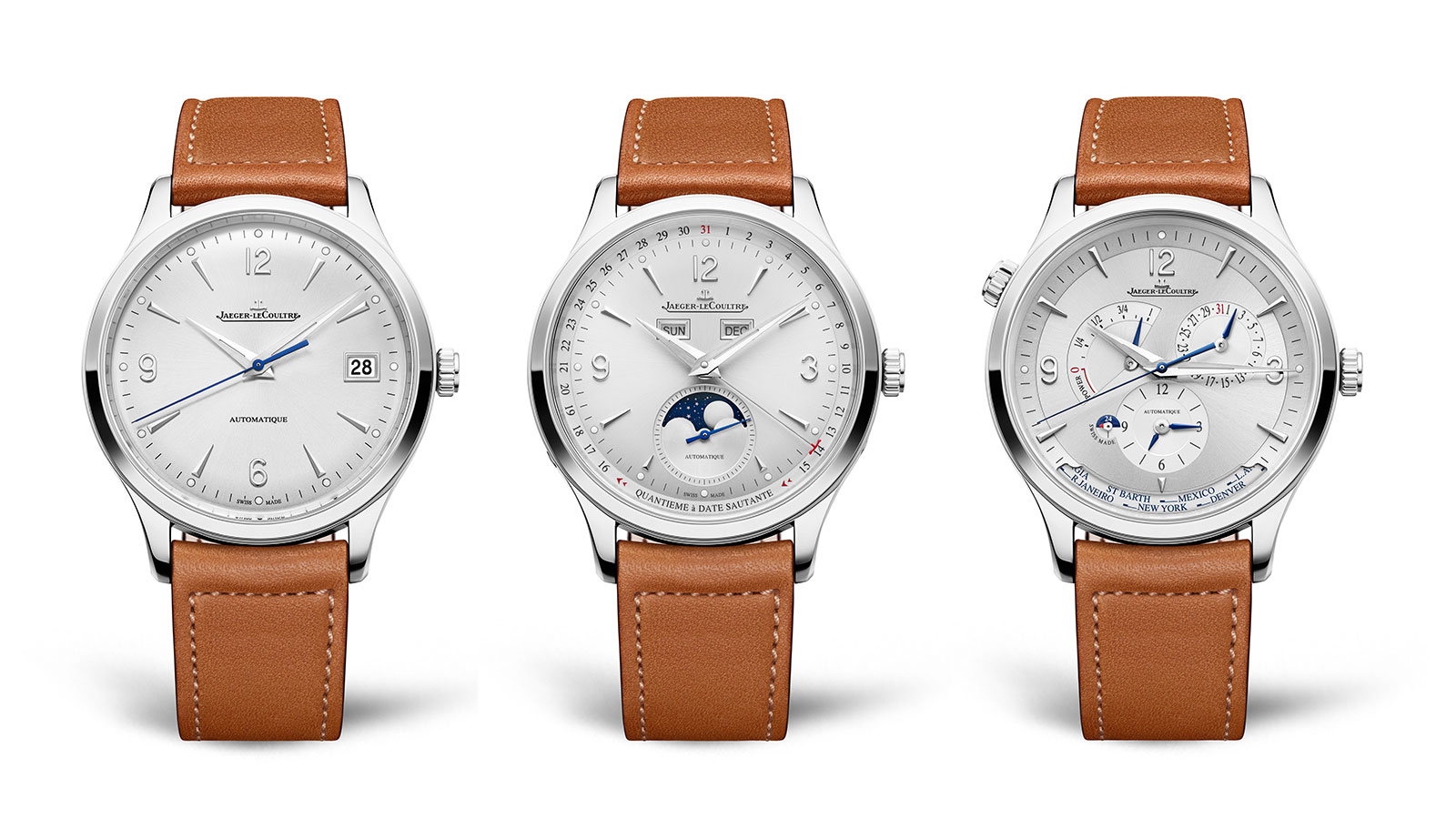
From left: Master Control Date, Master Control Calendar, and Master Control Geographic
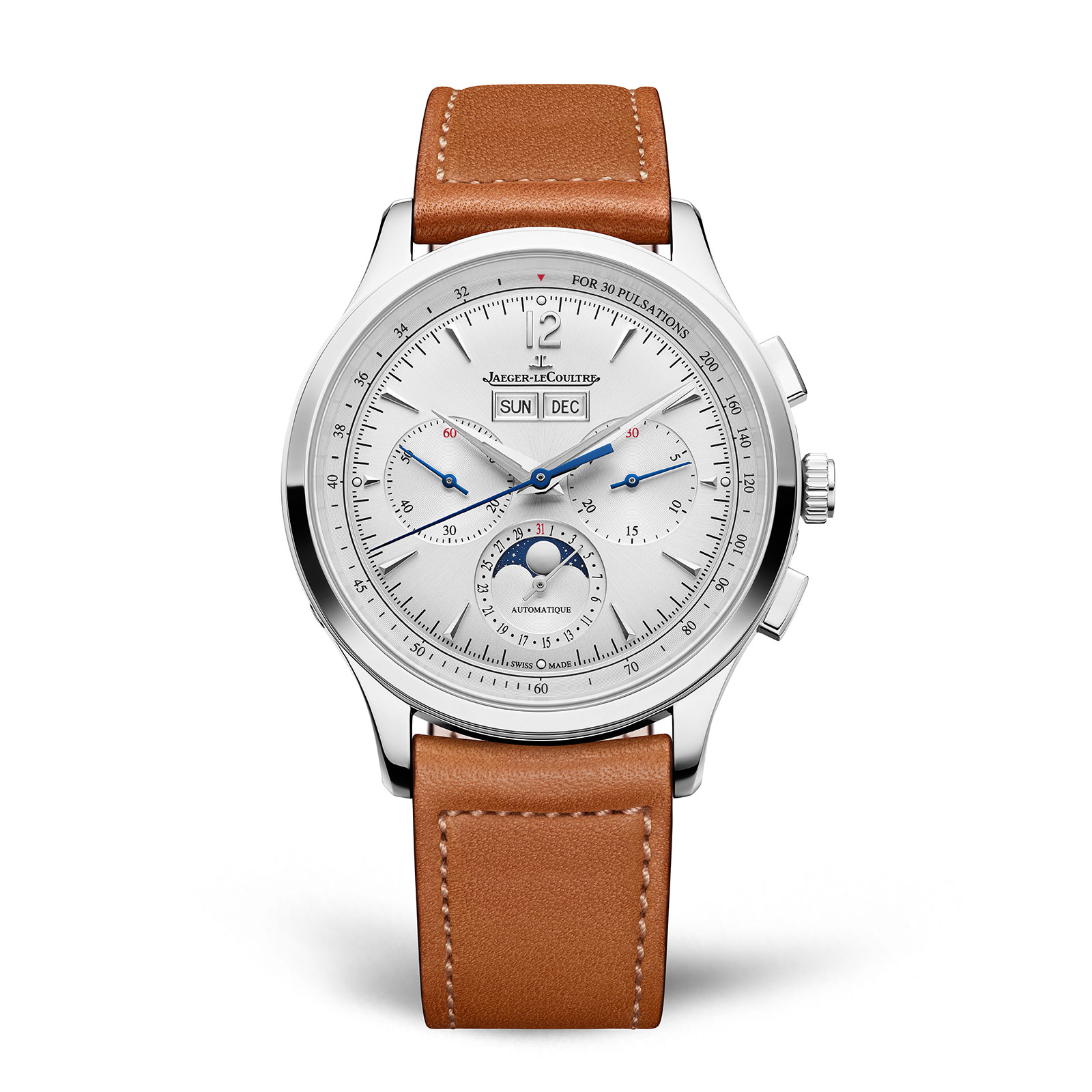
And the Master Control Chronograph Calendar
New tech, classic style
While retaining the look of the originals, the new Master Control models are ever-so-slightly larger, now measuring 40 mm (while the 1990s originals were mostly 37 mm). More importantly, the new watches have been fitted with newly-upgraded movements equipped with silicon escapements.
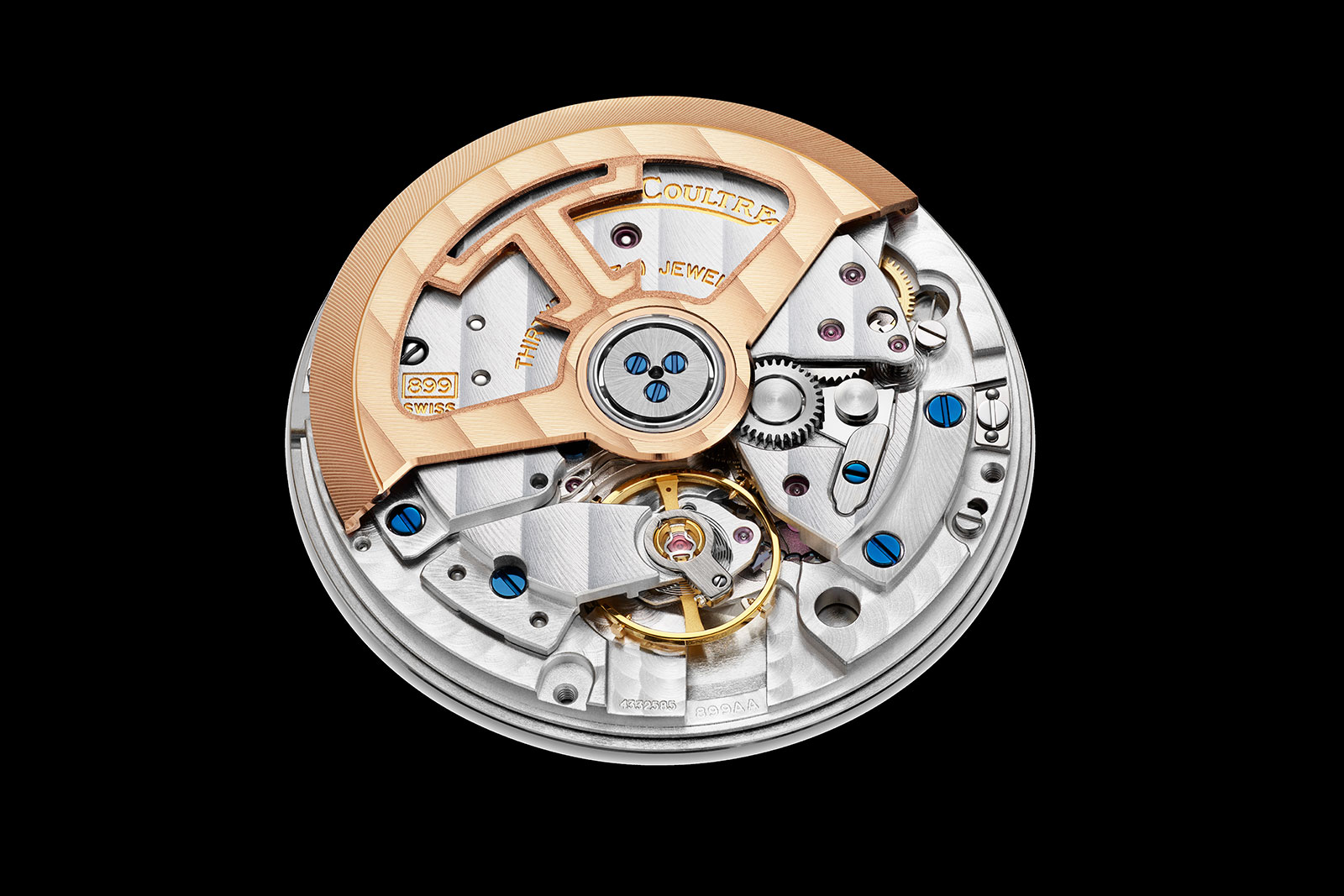
The cal. 899AA of the Master Control Date
Though JLC has used silicon escapements in the past, most notably in the Master Compressor Extreme LAB 2 and the more recent Tourbillon Celeste, the movements in the new Master Control watches are the first affordable, regular-production models to feature such escapements.
The use of silicon pallet levers and escape wheels, coupled with the use of new lubricants and a stronger and longer mainspring, means substantial improvements in operating efficiency, with power reserves going from 40-something to 70 hours for most of the movements.
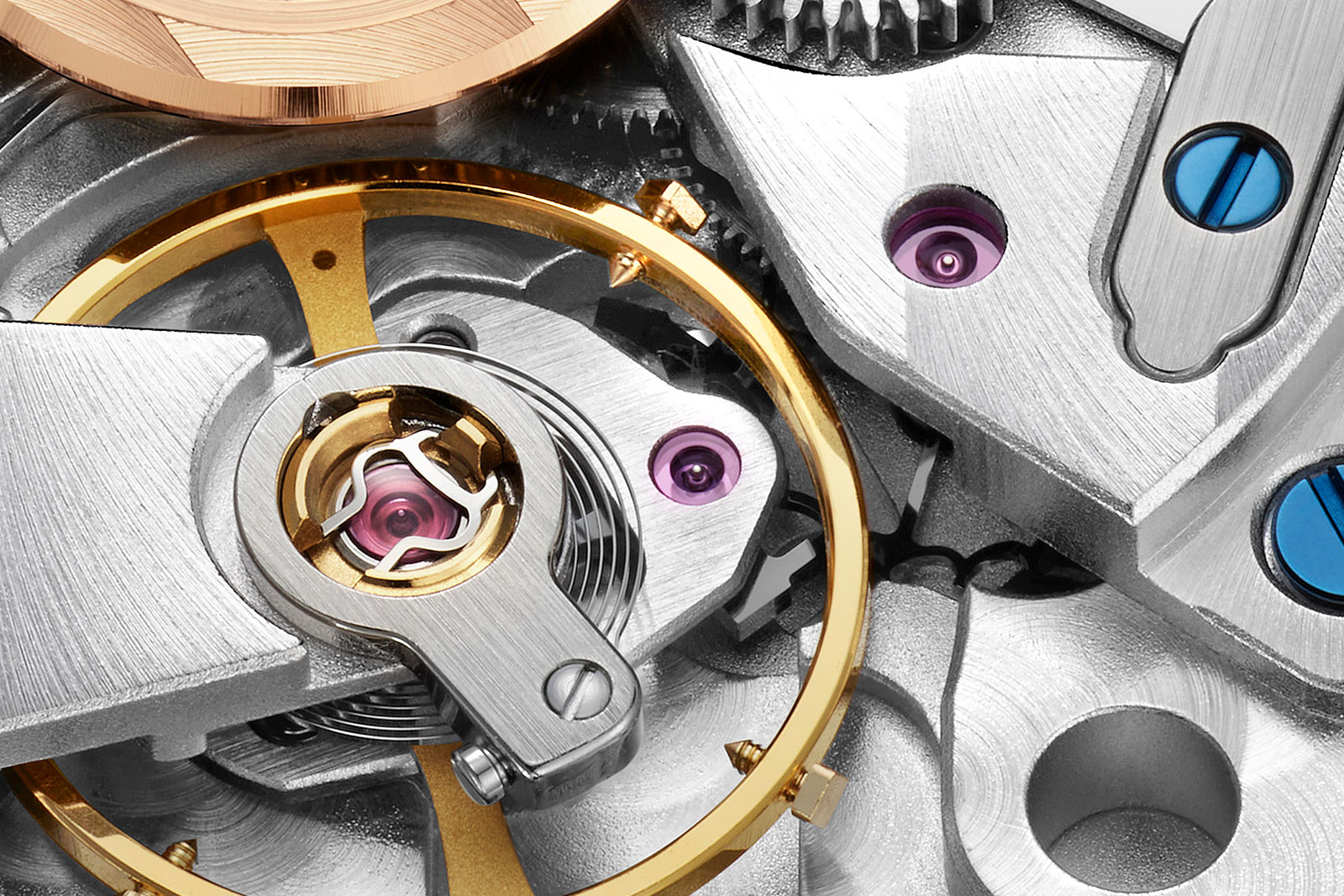
The silicon pallet lever and escape wheel visible just under the rim of the balance
All the new Master Control models, except for the Master Control Date, will be available in both stainless steel and pink gold.
But the pink gold is a new, proprietary alloy JLC has dubbed Le Grand Rose Gold. Like Everose of Rolex and Sedna Gold of Omega, JLC’s new gold alloy contains palladium to mitigate oxidation, ensuring it retains the rosy hue over time.
Entry-level but elegant, the Master Control Date, is available only in stainless steel and measures 40 mm by 8.78 mm.
The dial, in matte silver with a subdued sunburst brushing, features applied dart-style indices and triple Arabic numerals at the quarters, accented by a heat-blued seconds hand. And in a discreet new detail, the JLC logo is applied.
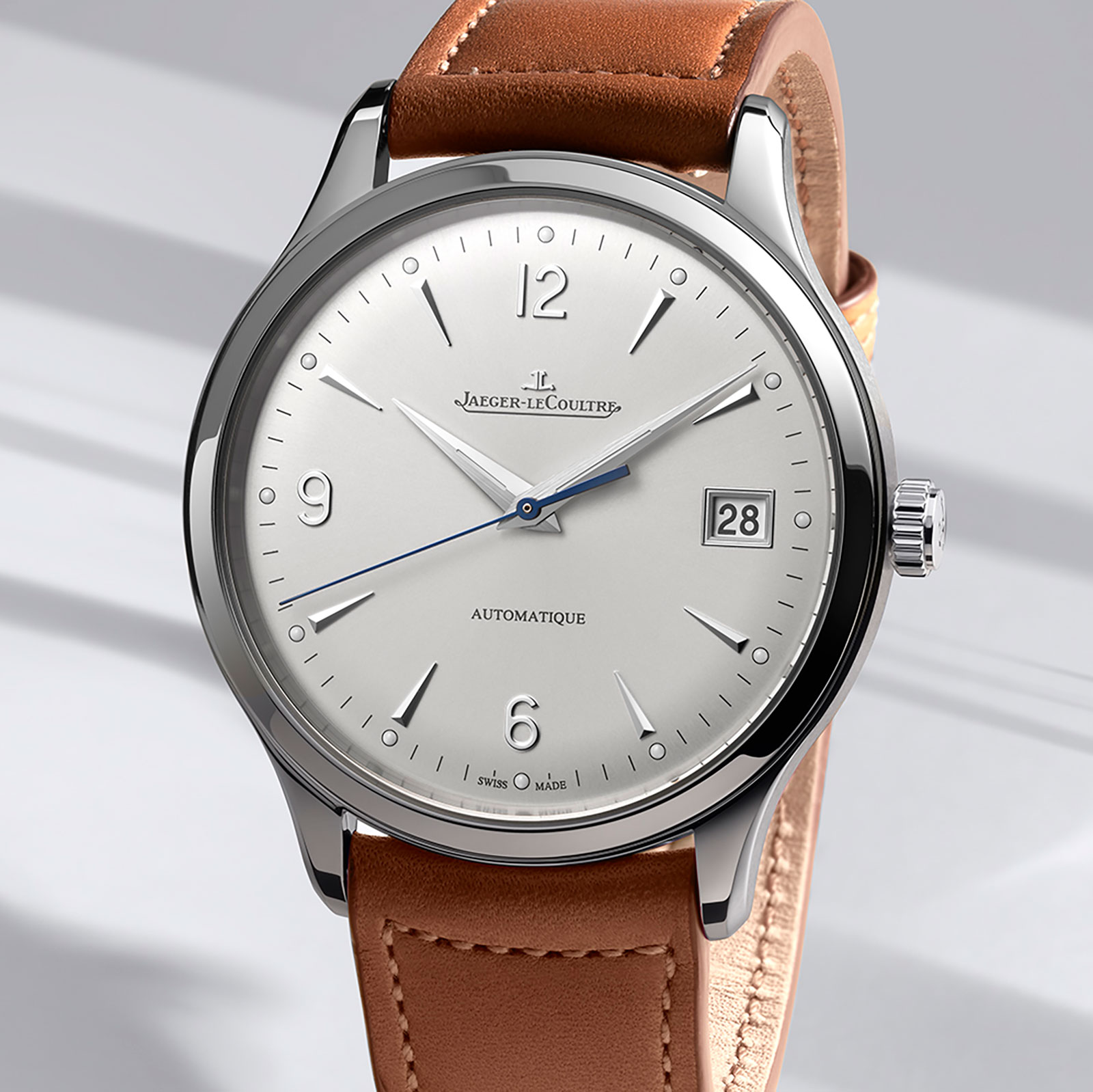
Master Control Date
JLC excelled at triple-calendar moon phase watches in the mid-20th century, and the Master Control Calendar is a modern take on those classics.
Powered by the cal. 866, it’s 40 mm in diameter but is slightly thicker than the Date at 10.95 mm, in order to accommodate the calendar complication.
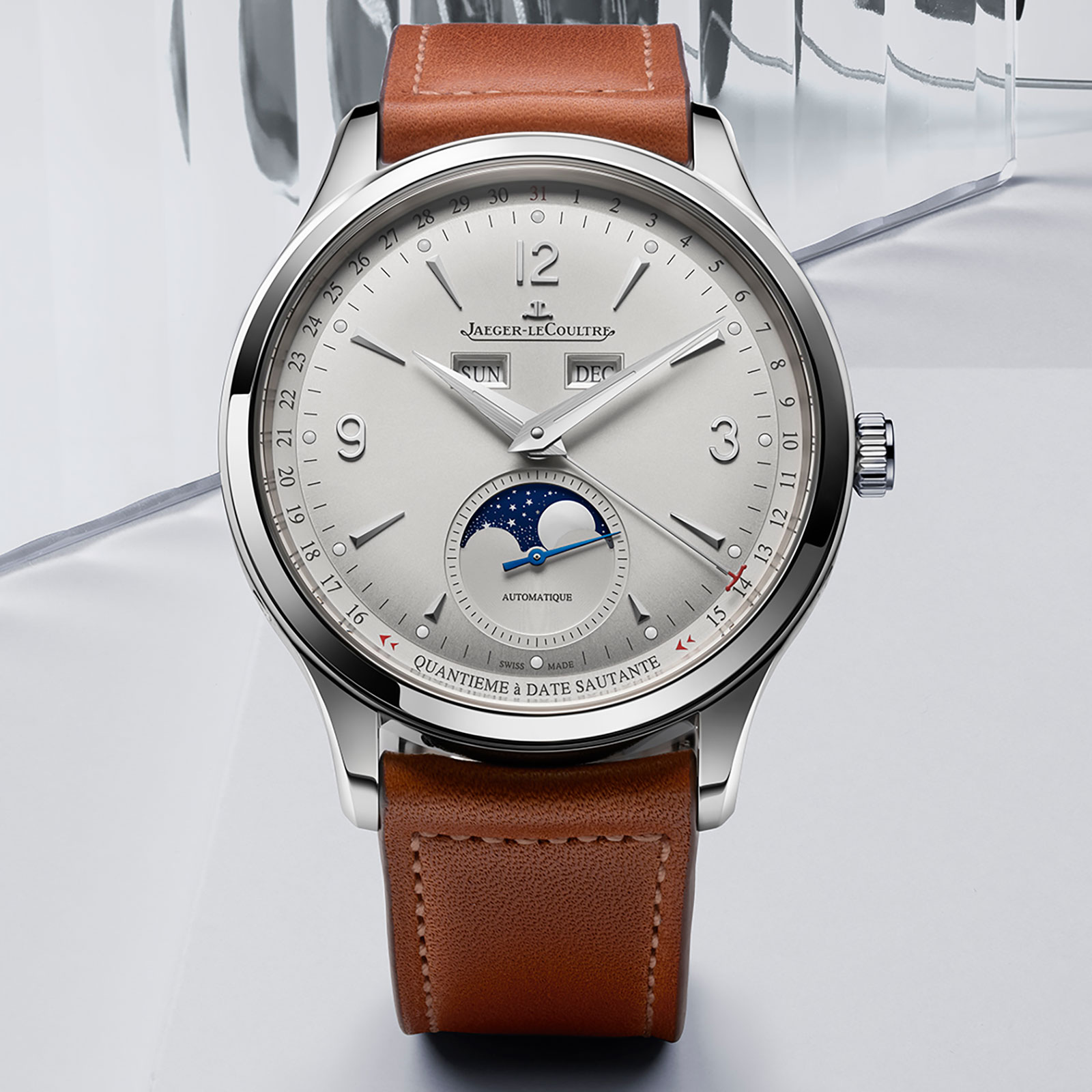
Master Control Calendar
While the dial design is traditional and similar to the equivalent model of the 1990s, the Master Control Calendar discreetly incorporates a new element: the date pointer now takes the form of the JLC logo, a feature first seen on last year’s Master Grande Tradition Gyrotourbillon Westminster Perpétuel. Another tweak lies in the moon phase. Instead of being rendered in gold as in the previous generation, the moon and stars are in silver against the deep navy background.
But beyond these stylistic nips and tucks is an new complication for the calendar – the jumping date that literally jumps the span from “15” to “16”, in order to not obscure the moon phase. Interestingly, this feature was first installed on far more expensive models, having been invented for the Master Tourbillon to allow the date hand to jump clear of the tourbillon aperture.
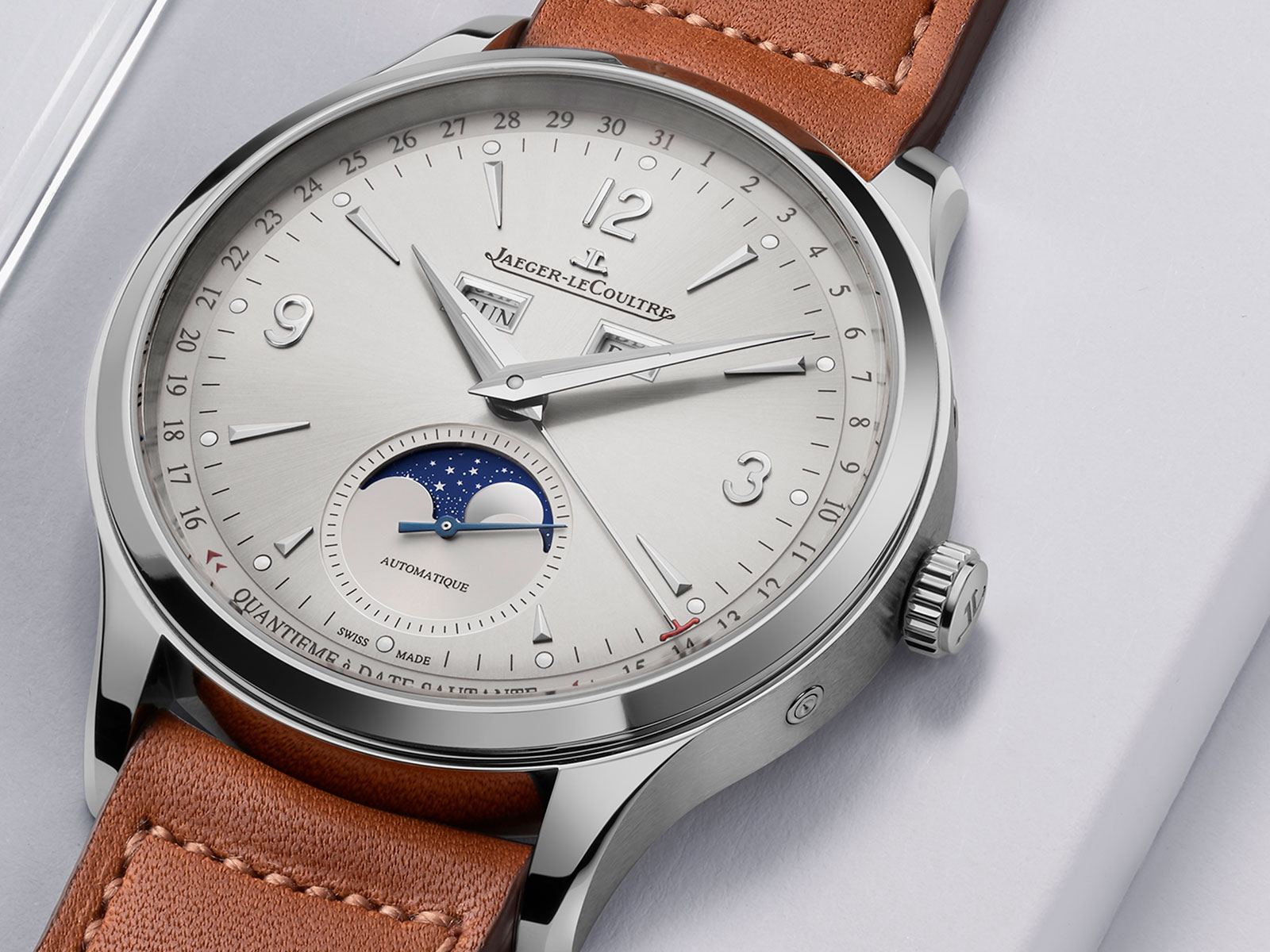
From the 15th to 16th of any month, the date pointer jumps from four o’clock to seven o’clock, bypassing the moon phase display
The Master Control Geographic is a comprehensive travel-time that combines a world time function with a second time zone display. It retains the dial layout of the earlier Geographic, with a power reverse indicator and pointer date on the upper half, and the second time indication along with cities disc at six.
Inside is the cal. 939, which has a 70-hour power reserve, instead of the 43 hours in the current generation.
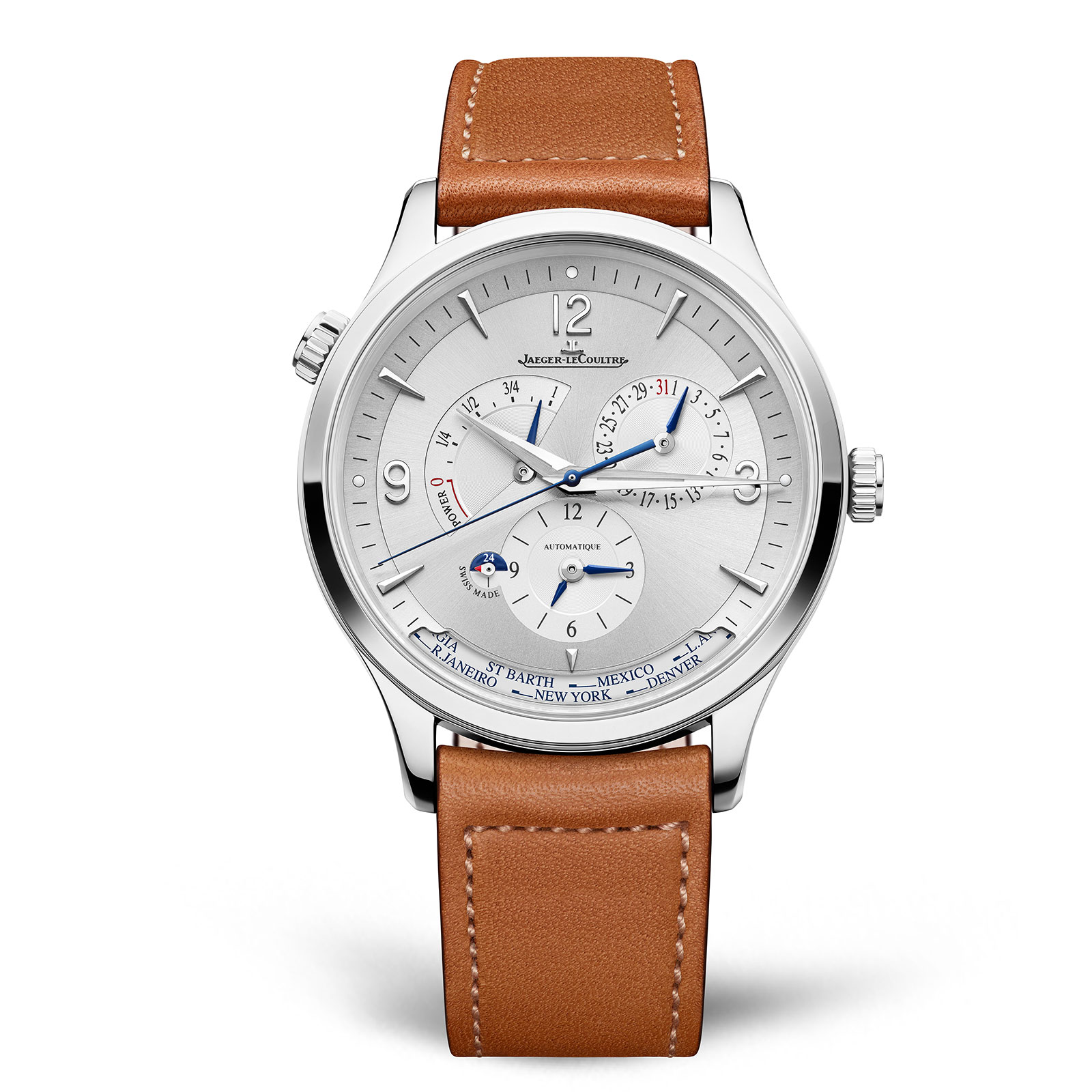
Master Control Geographic
The Master Control Chronograph Calendar is the flagship of the new line. Though the other three models in the range are essentially remakes of the 1990s models, the Chronograph Calendar is entirely new.
With a case measuring 40 mm wide and 12.05 mm high, it is fairly compact for what it is. The dial configuration is traditional for watches combining a stopwatch and full calendar, with the pulsations scale being a bit more unusual.
More importantly, it’s the first time JLC has combined a chronograph with triple calendar and moon phase. To get there was fairly straightforward – adding the triple calendar module into the cal. 751 chronograph movement, creating the cal. 759.
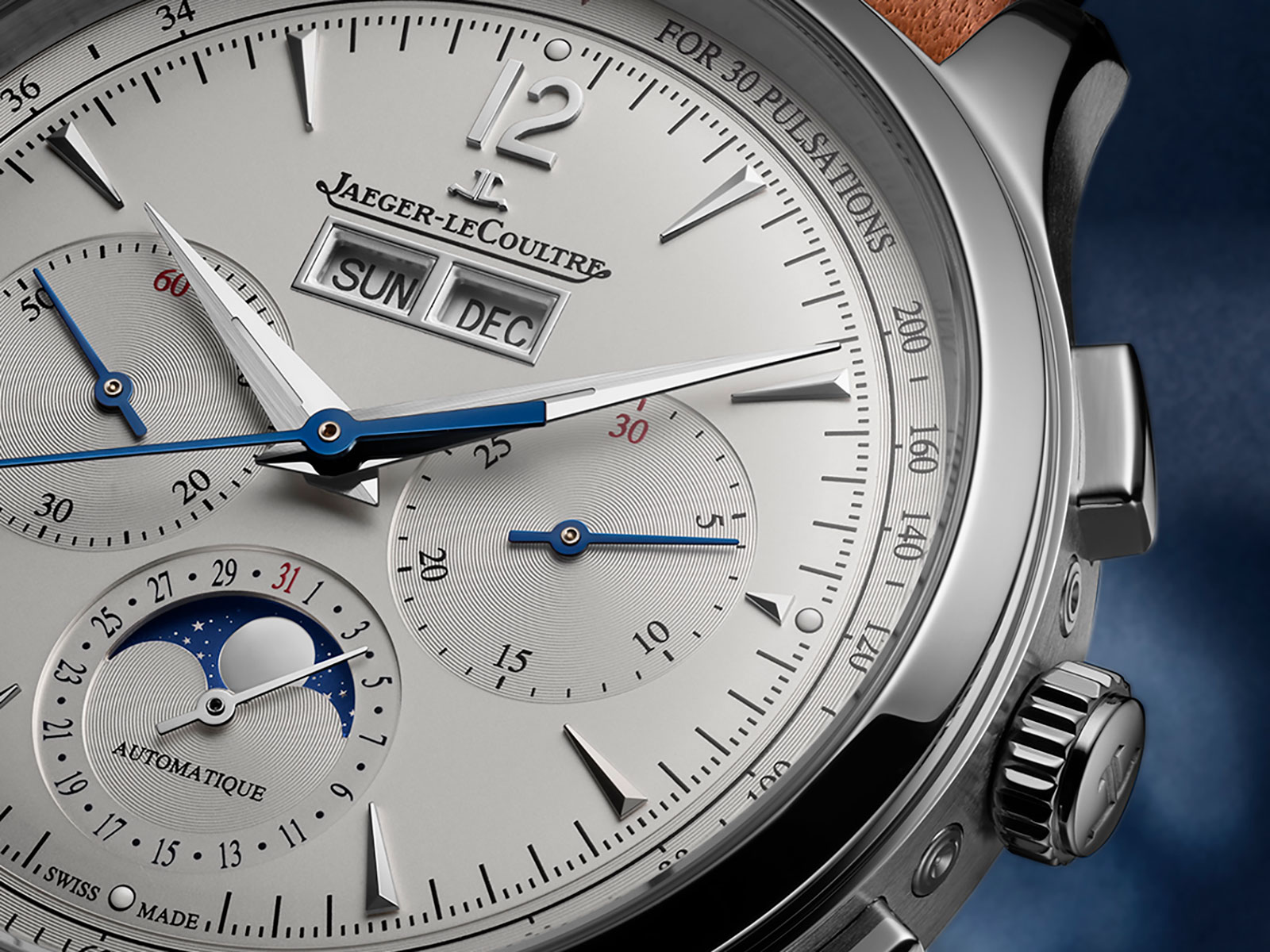
Master Control Chronograph Calendar
Key Facts and Price
Master Control Date
Ref. Q4018420
Diameter: 40 mm
Height: 8.78 mm
Material: Stainless steel
Water resistance: 50 m
Movement: Cal. 899AC
Functions: Hours, minutes, seconds, and date
Frequency: 28,800 beats per hour (4 Hz)
Winding: Automatic
Power reserve: 70 hours
Strap: Calfskin
Availability: Already at boutiques and retailers
Price: 6,750 Swiss francs, or 10,000 Singapore dollars
Master Control Calendar
Ref. Q4148420 (stainless steel)
Ref. Q4142520 (rose gold)
Diameter: 40 mm
Height: 10.95 mm
Material: Stainless steel or Le Grand Rose Gold
Water resistance: 50 m
Movement: Cal. 866AA
Functions: Time, full calendar with jumping date and moon phases
Frequency: 28,800 beats per hour (4 Hz)
Winding: Automatic
Power reserve: 70 hours
Strap: Calfskin or alligator strap
Availability: Already at boutiques and retailers
Price: 11,100 Swiss francs, or 16,400 Singapore dollars
Master Control Geographic
Ref. Q4128420 (stainless steel)
Ref. Q4122520 (rose gold)
Diameter: 40 mm
Height: 10.96 mm
Material: Stainless steel or Le Grand Rose Gold
Water resistance: 50 m
Movement: Cal. 939 (new generation)
Functions: Time, date, power reserve indication, and second time zone with 24-hour display and cities disc
Frequency: 28,800 beats per hour (4 Hz)
Winding: Automatic
Power reserve: 70 hours
Strap: Calfskin or alligator strap
Availability: At boutiques and retailers from fall 2020
Price: 12,200 Swiss francs, or 18,100 Singapore dollars
Master Control Chronograph Calendar
Ref. Q4138420 (stainless steel)
Ref. Q4132520 (rose gold)
Diameter: 40 mm
Height: 12.05 mm
Material: Stainless steel or Le Grand Rose Gold
Water resistance: 50 m
Movement: Cal. 759
Functions: Time, chronograph, and full calendar with moon phase
Frequency: 28,800 beats per hour (4 Hz)
Winding: Automatic
Power reserve: 65 hours
Strap: Calfskin or alligator strap
Availability: At boutiques and retailers from fall 2020
Price: 14,500 Swiss francs, or 21,600 Singapore dollars
For more information, visit Jaeger-LeCoultre.com.
Back to top.


